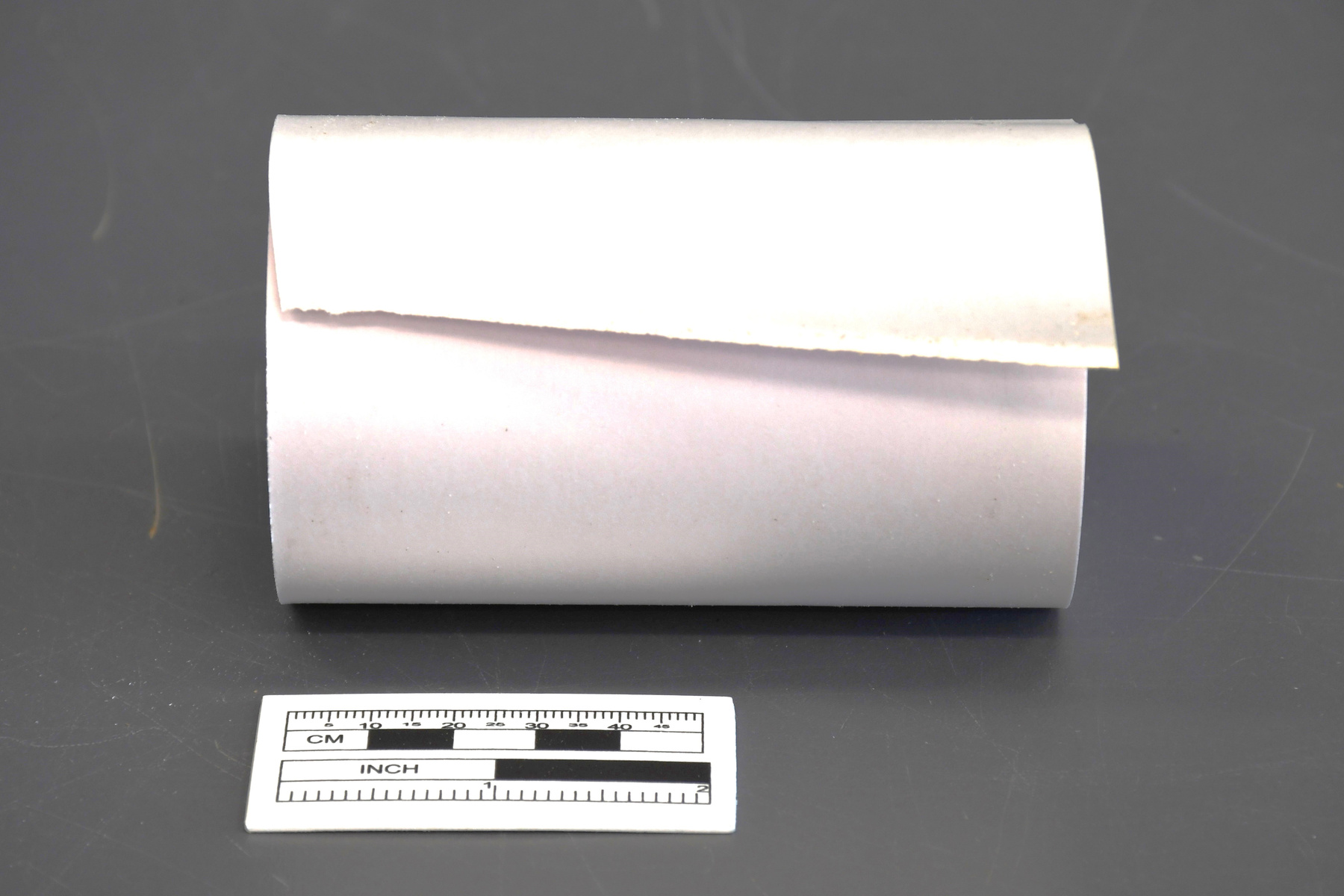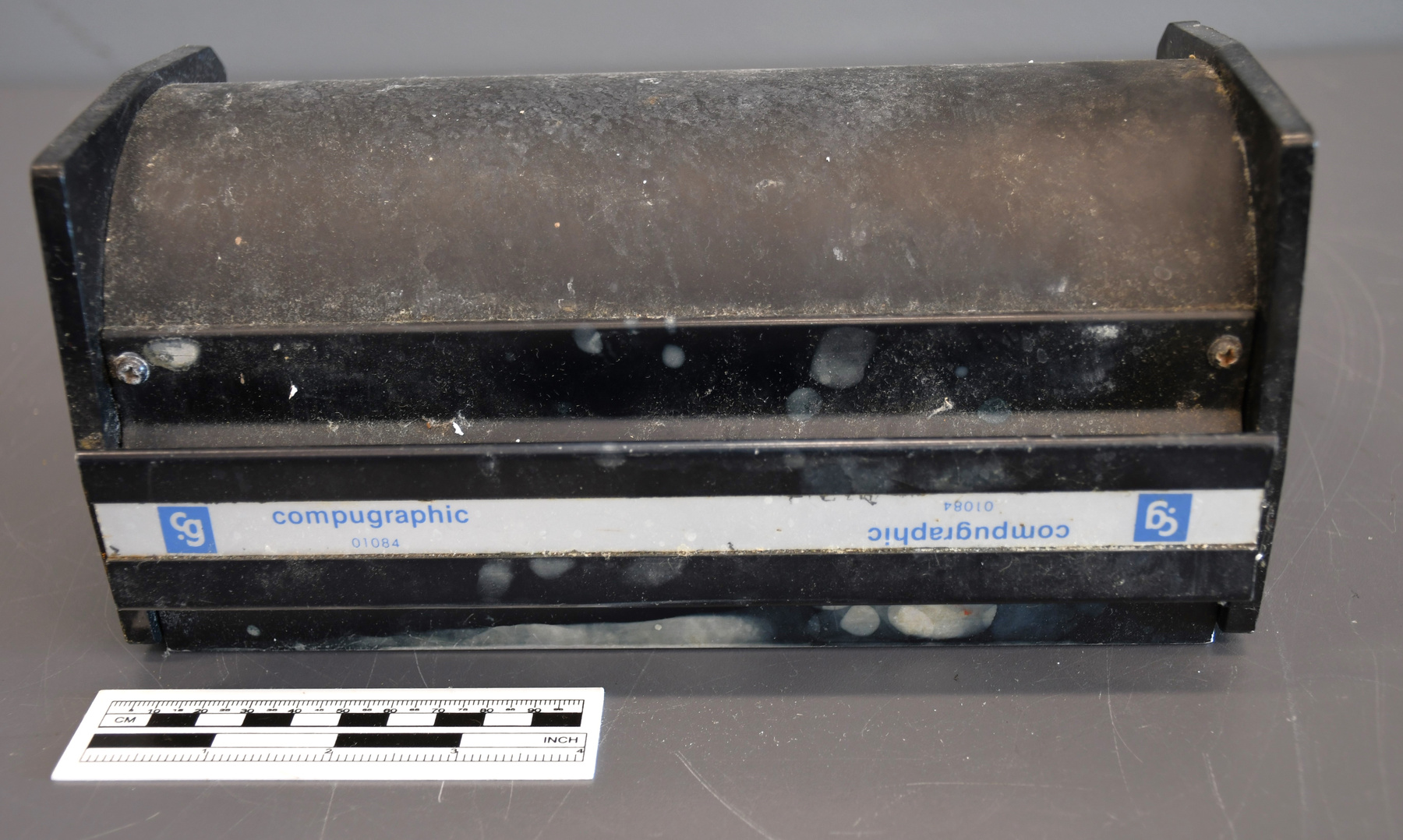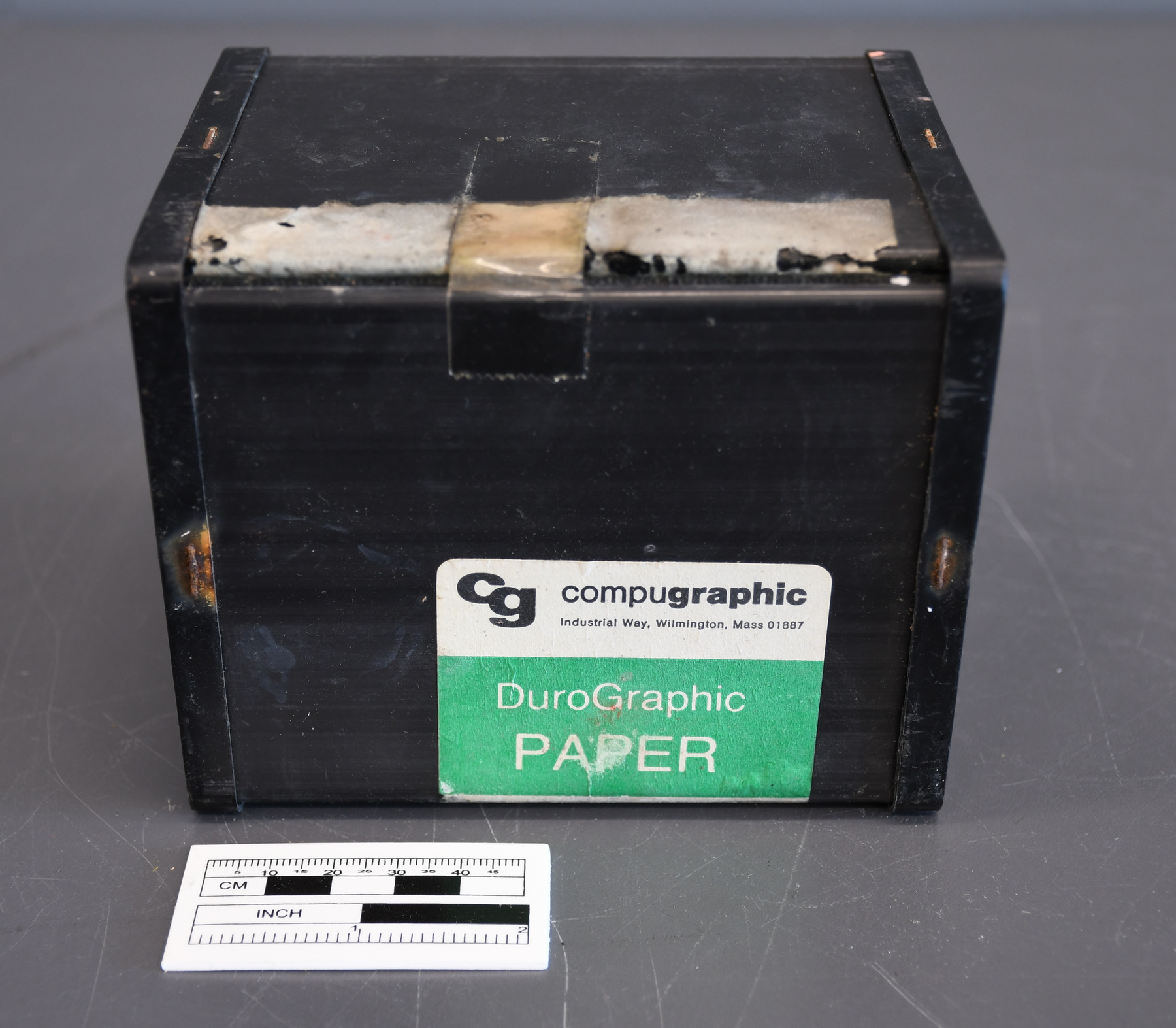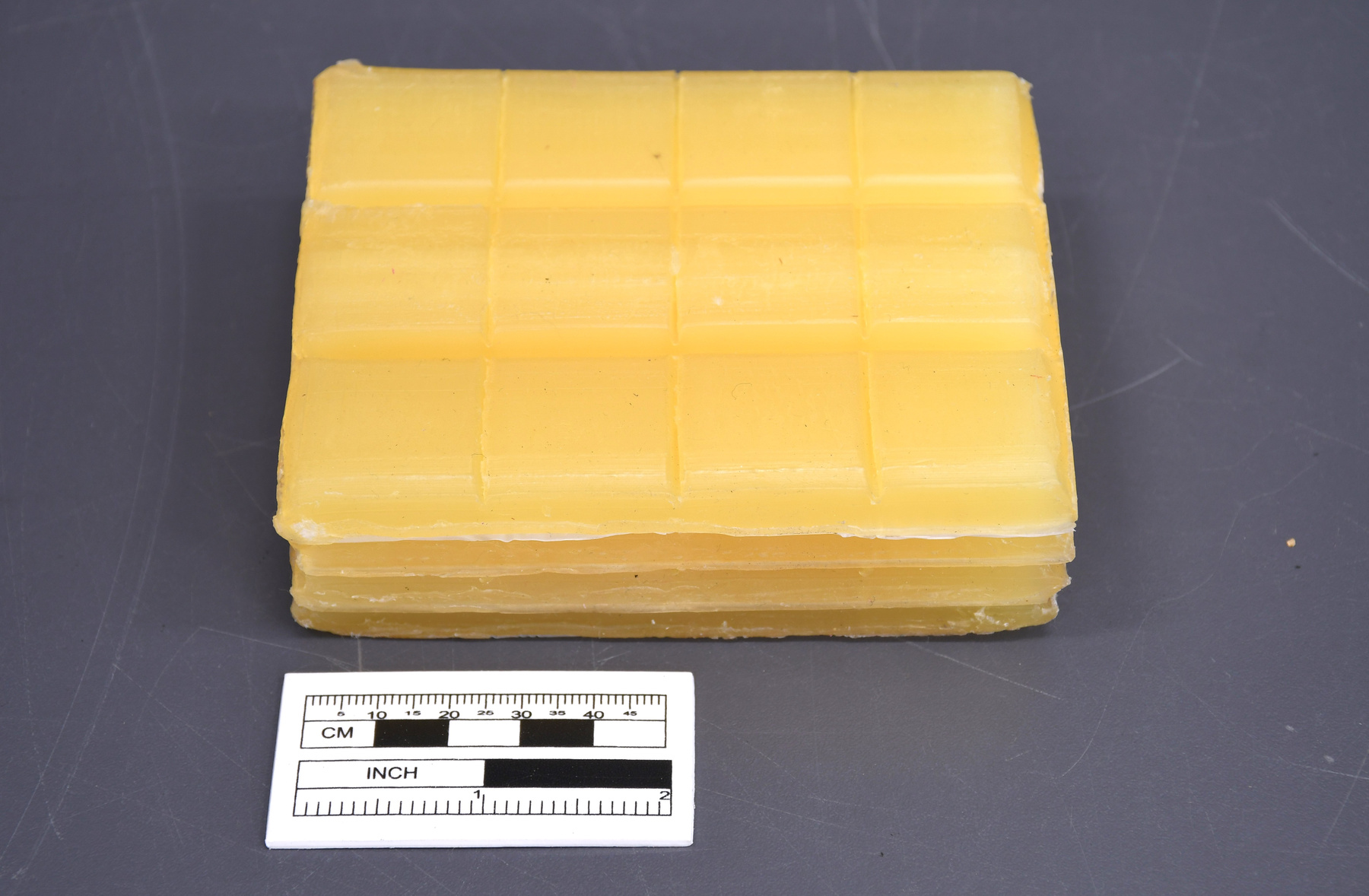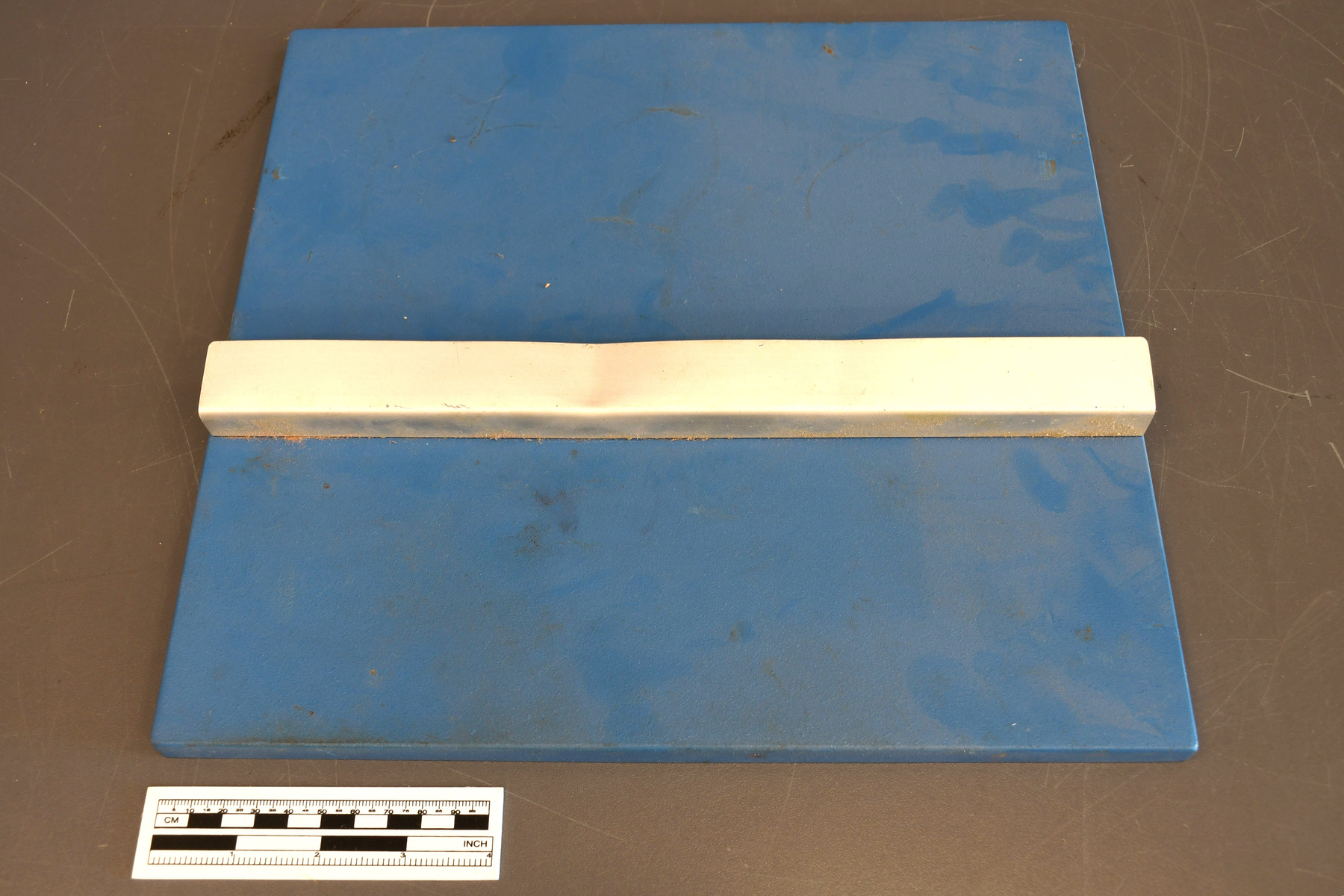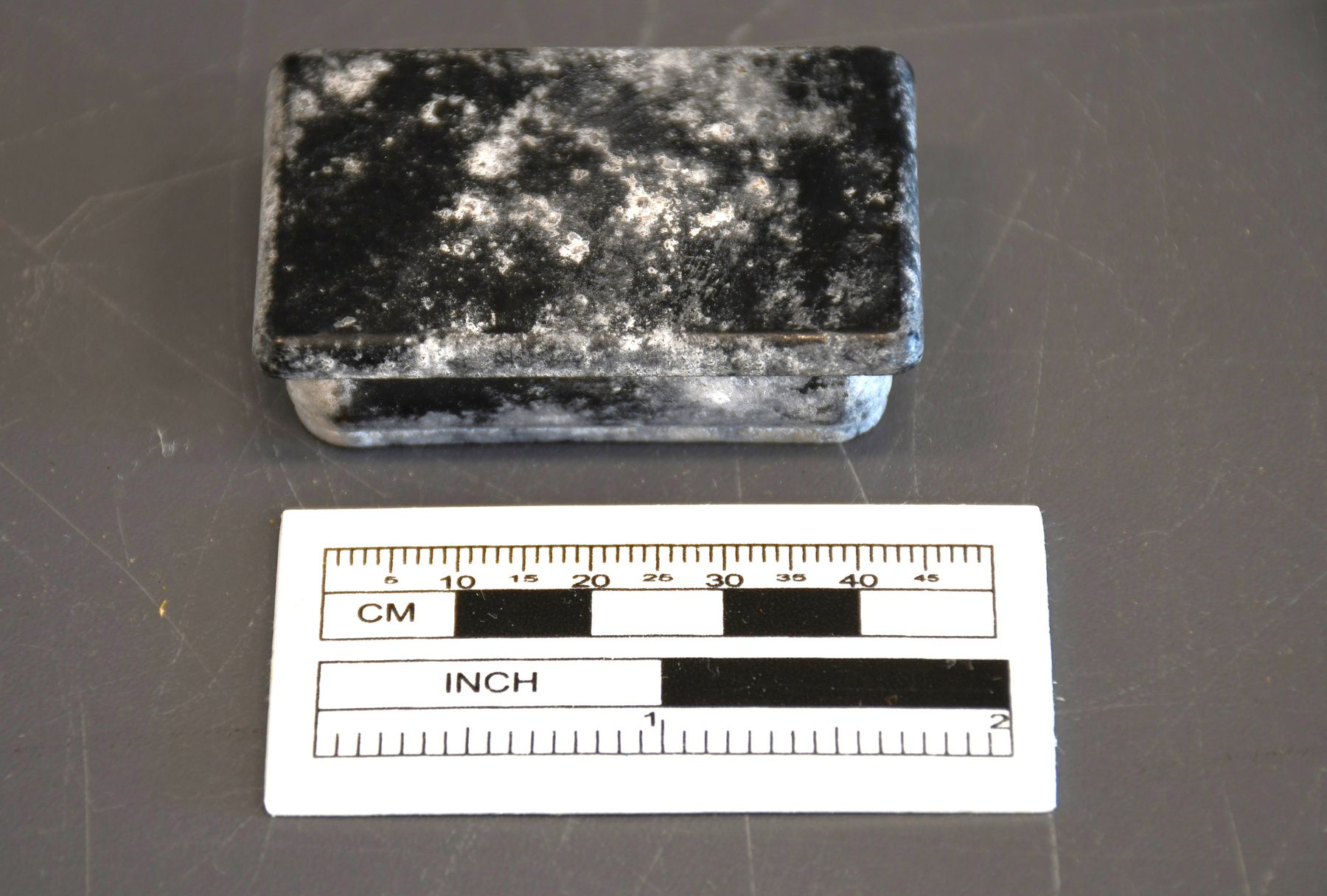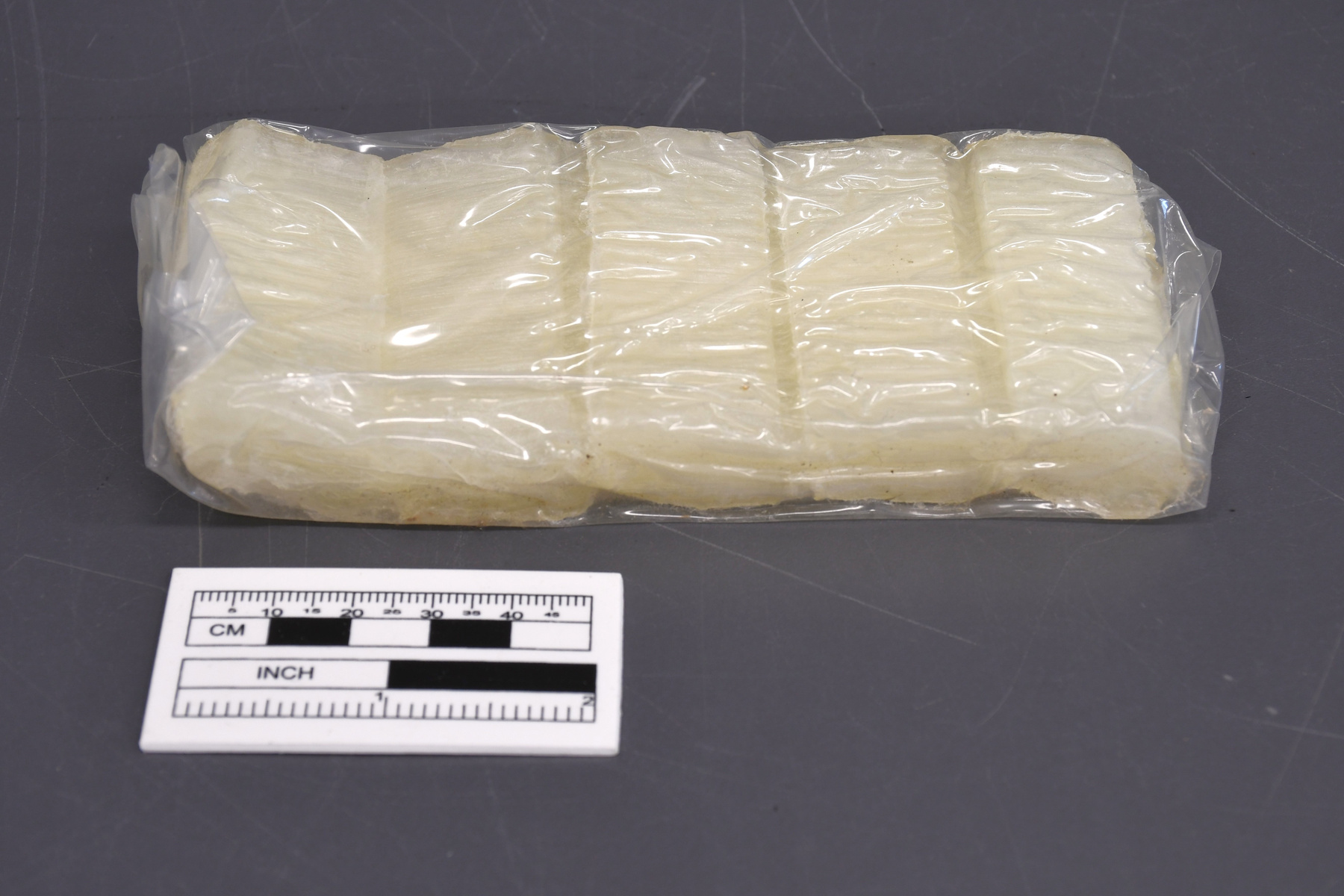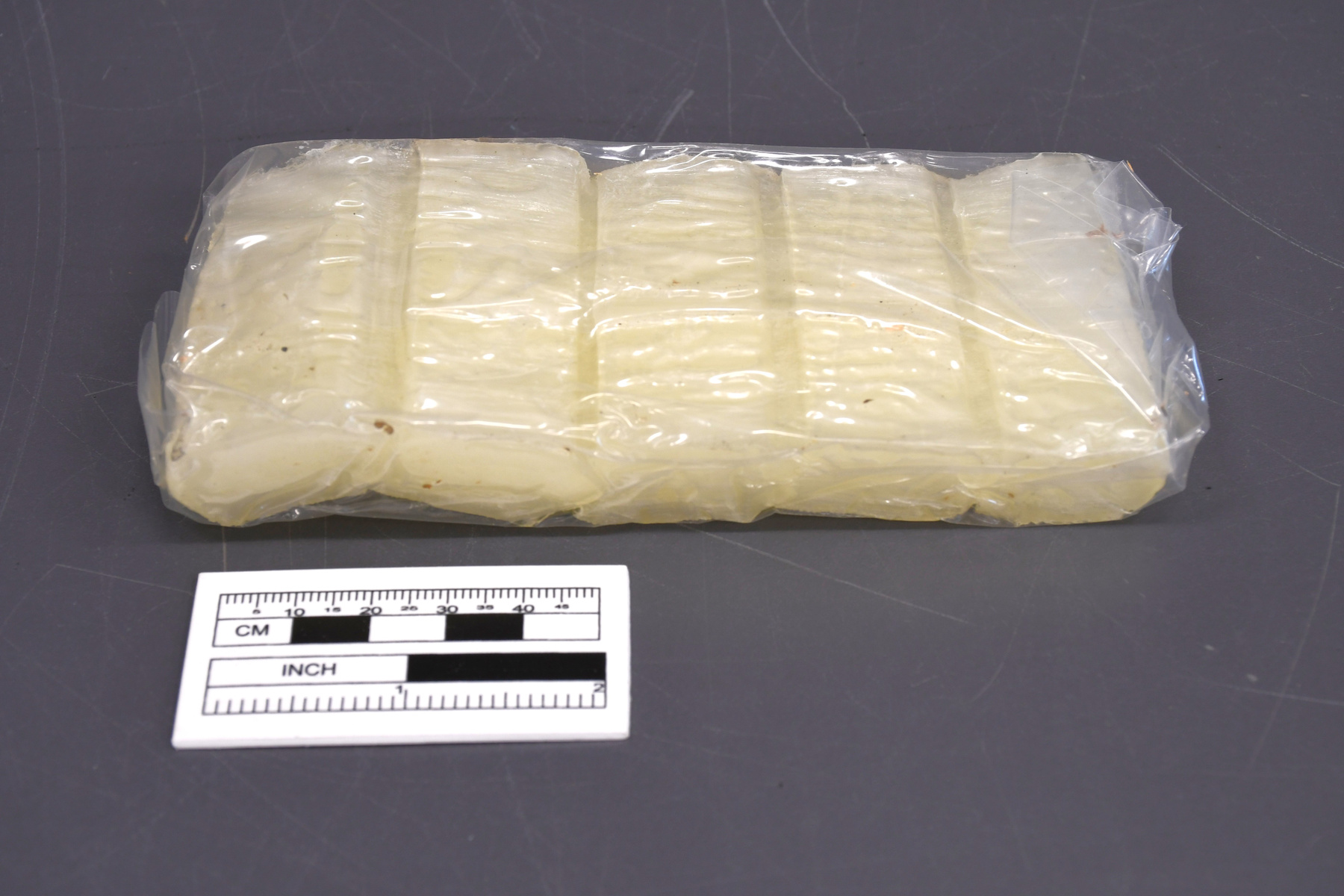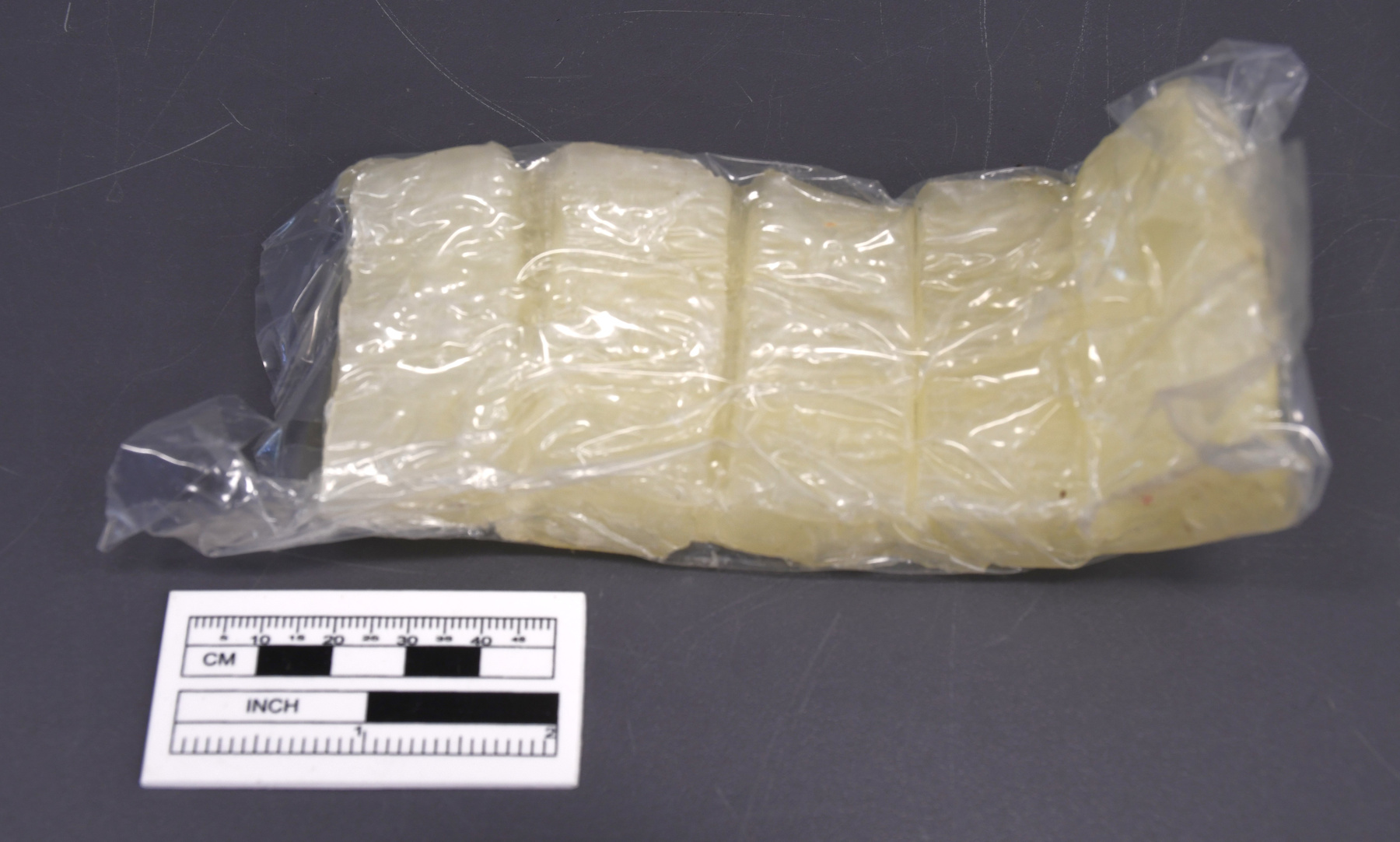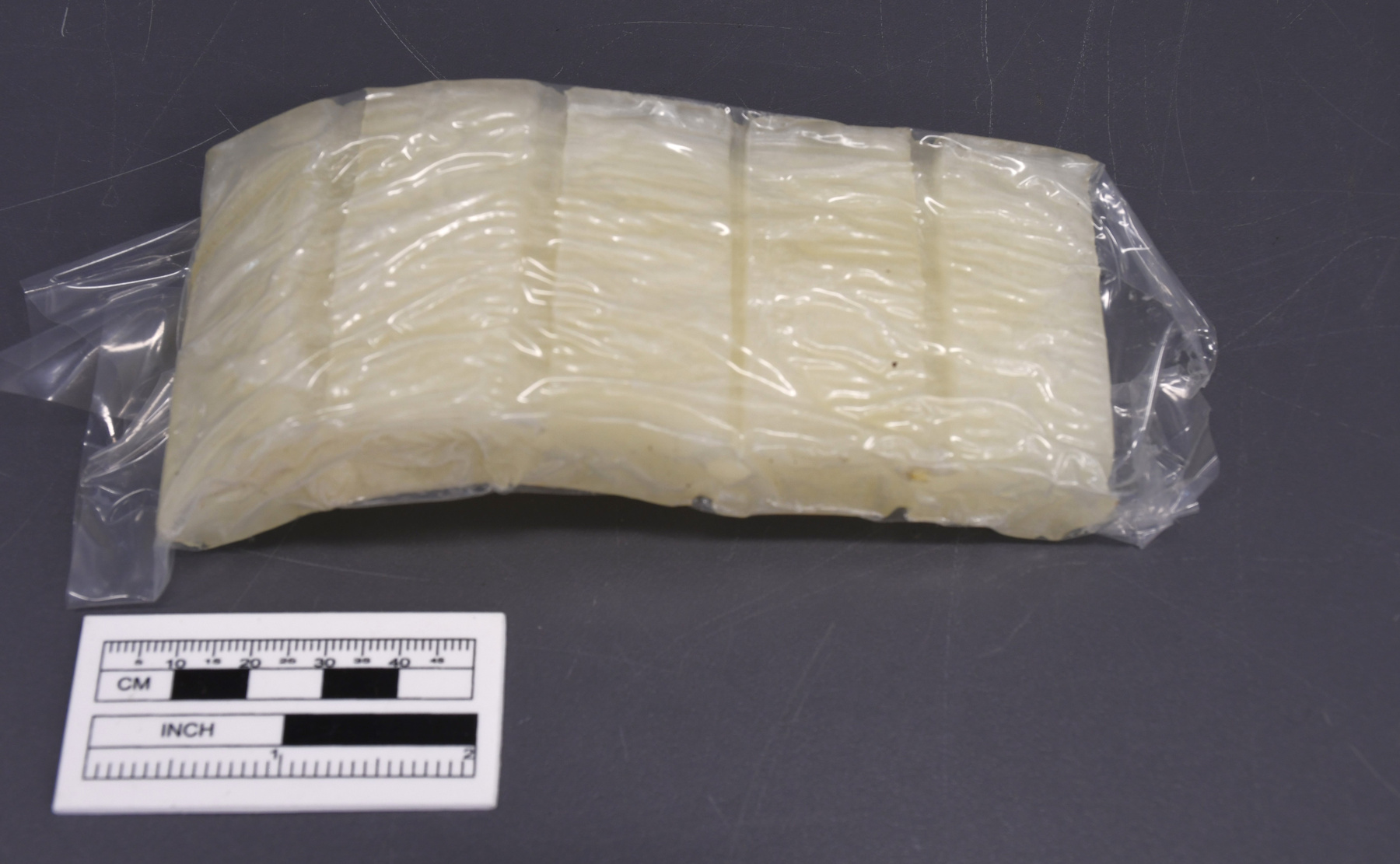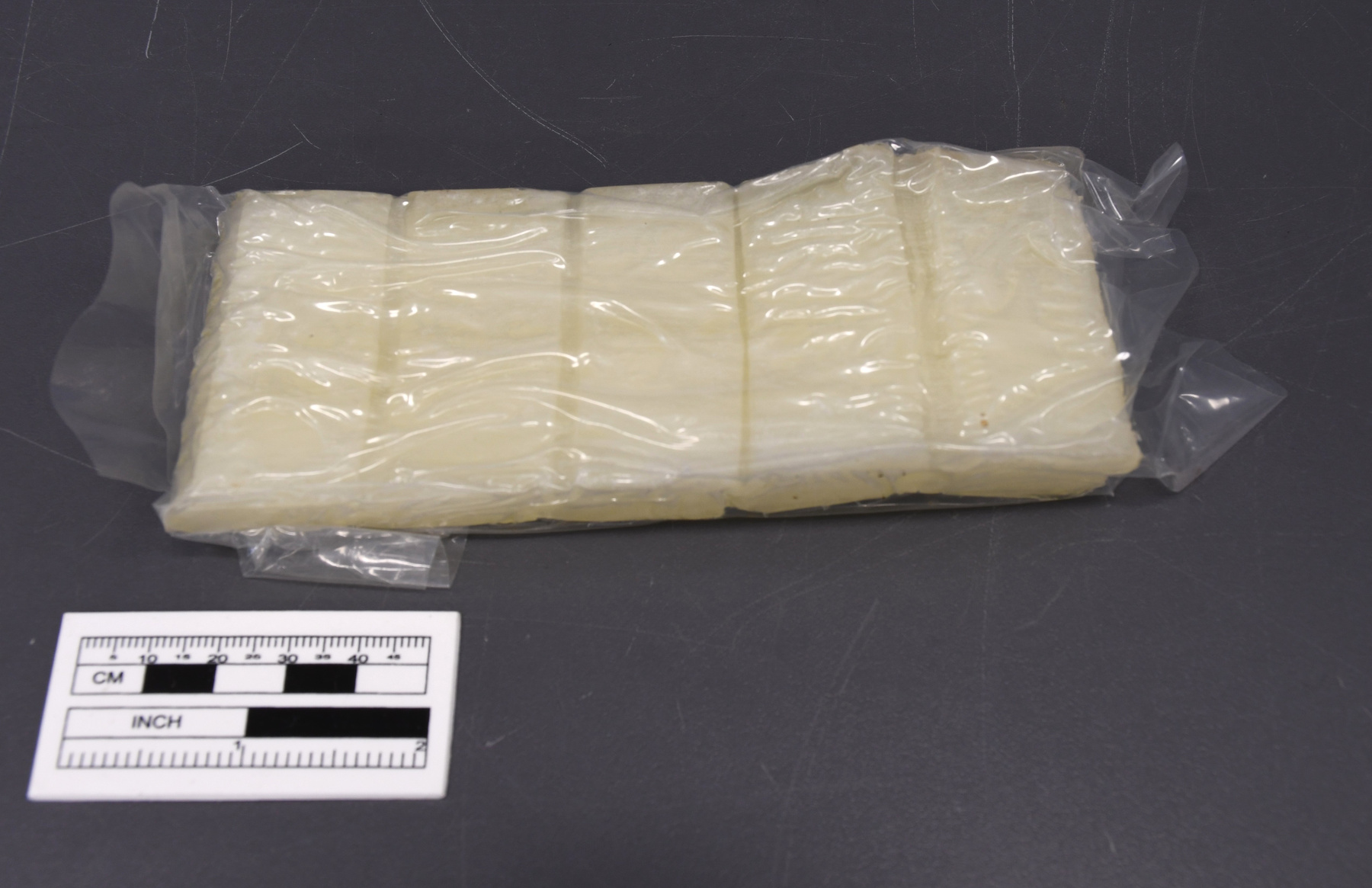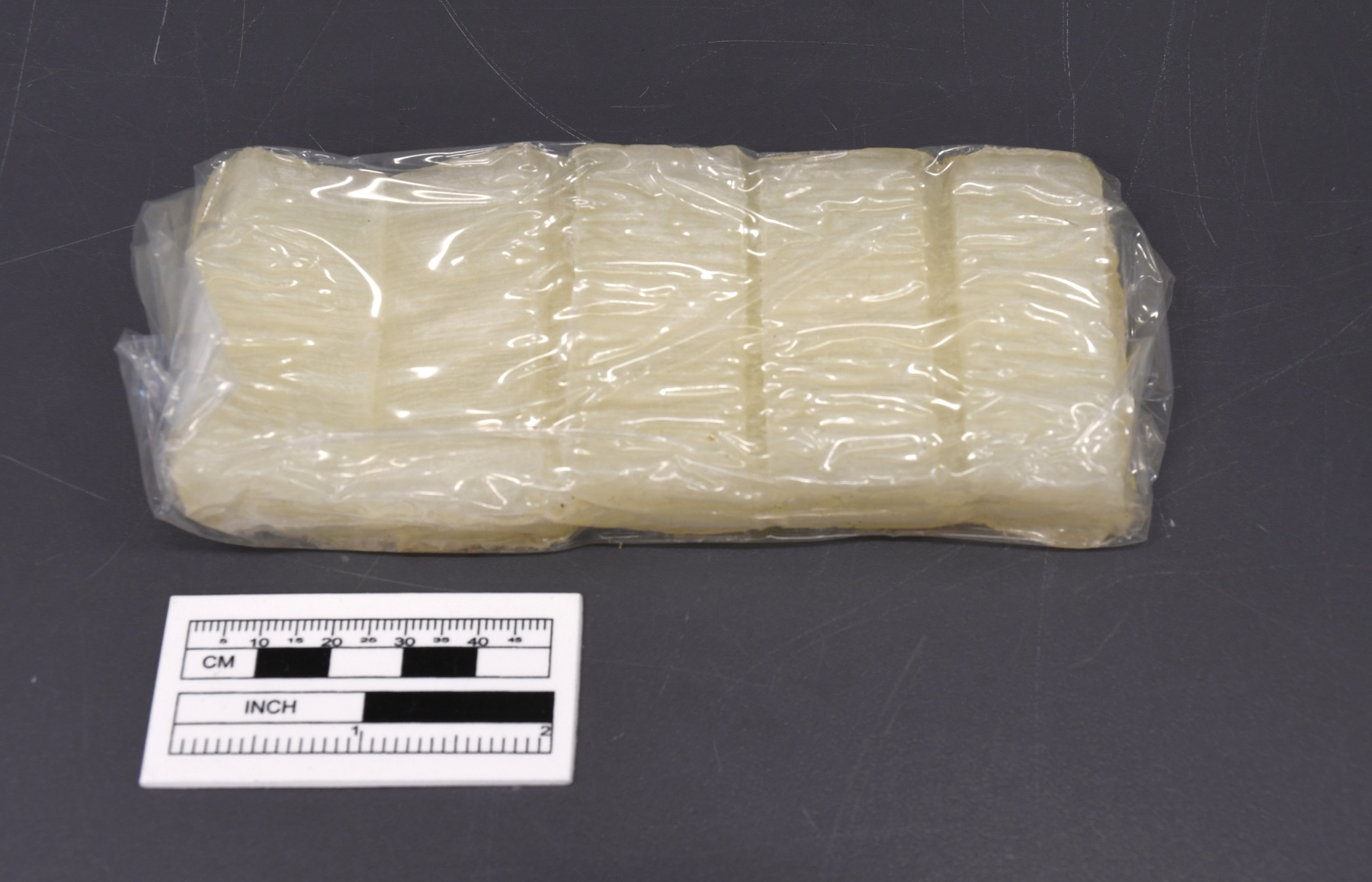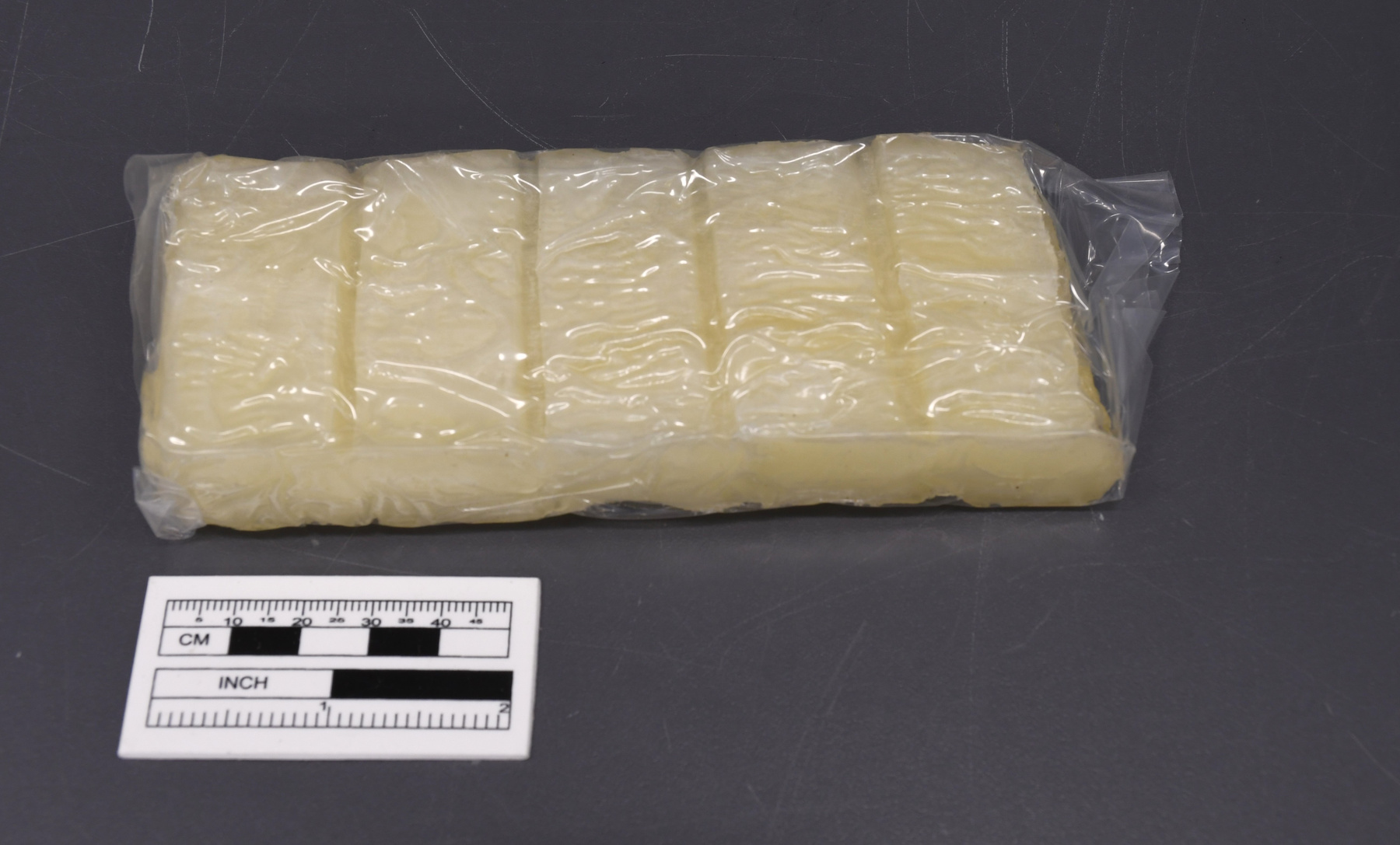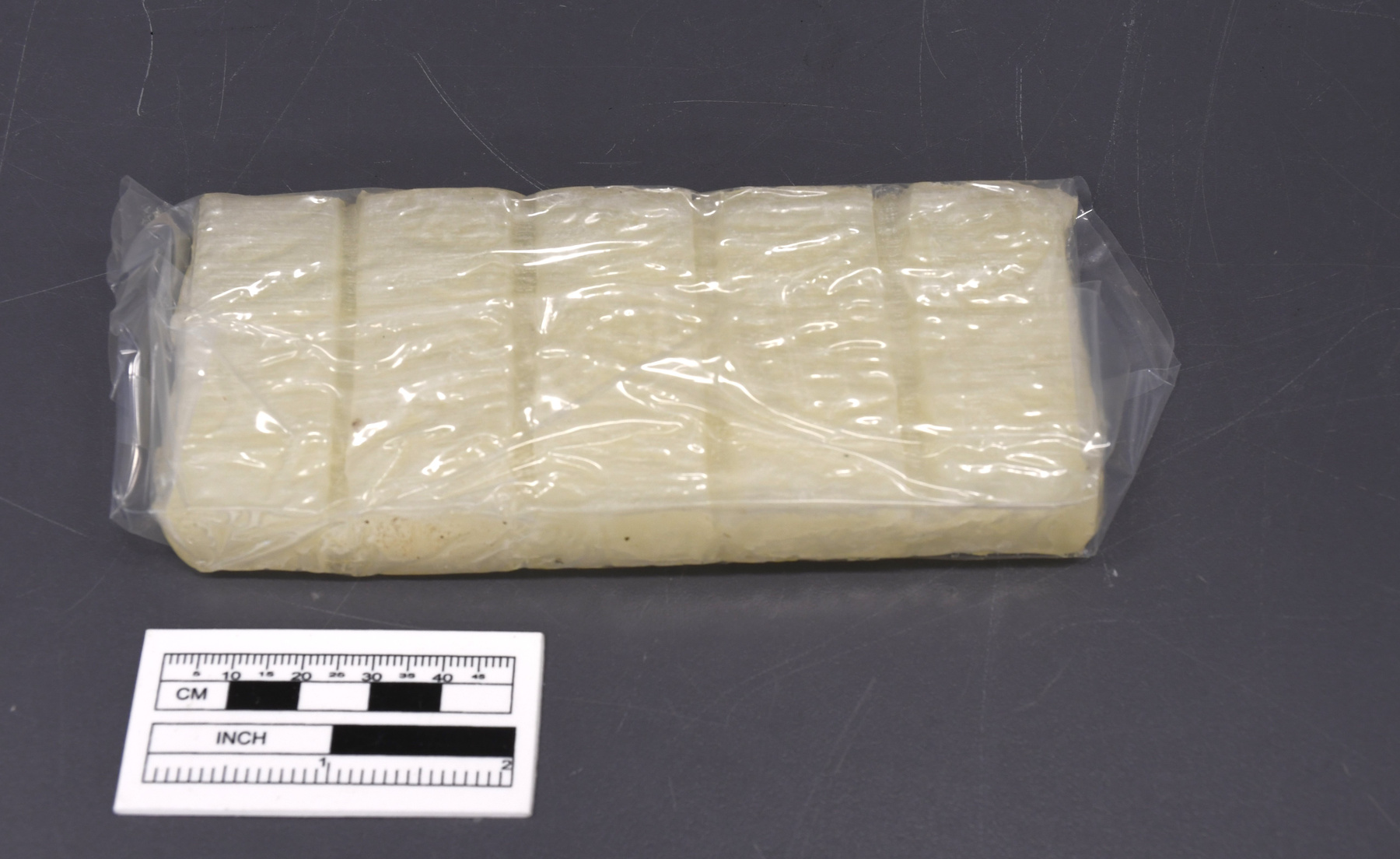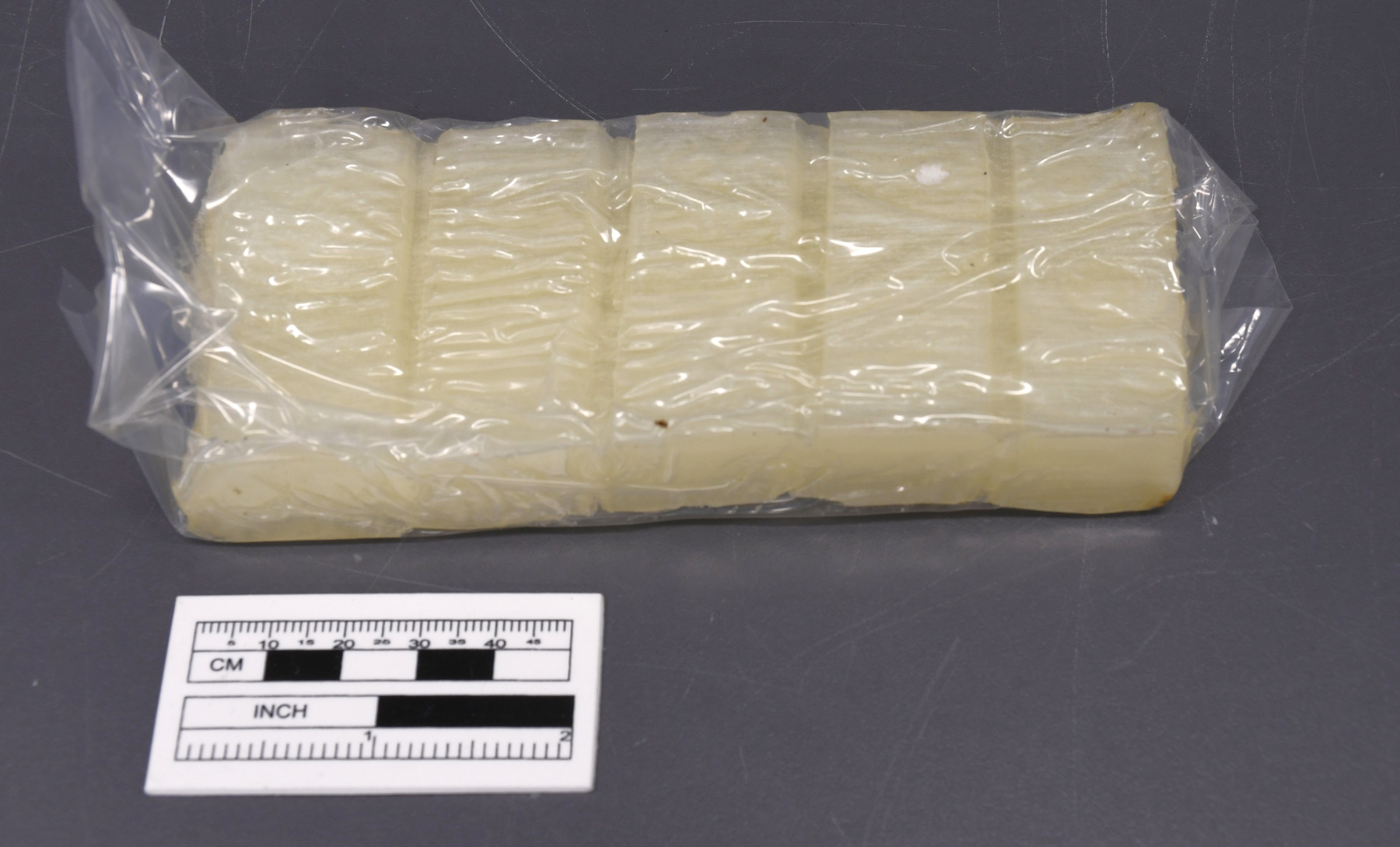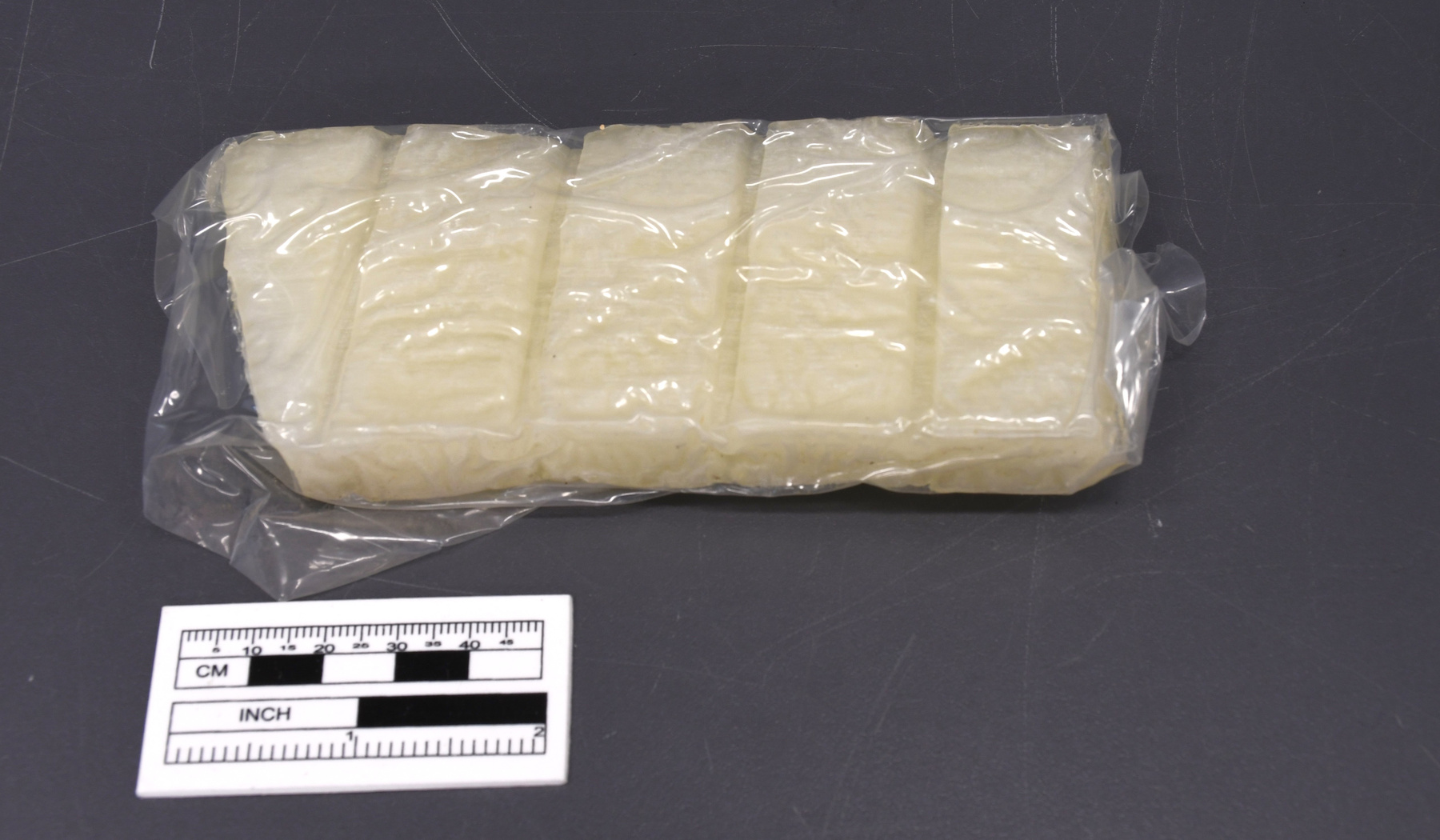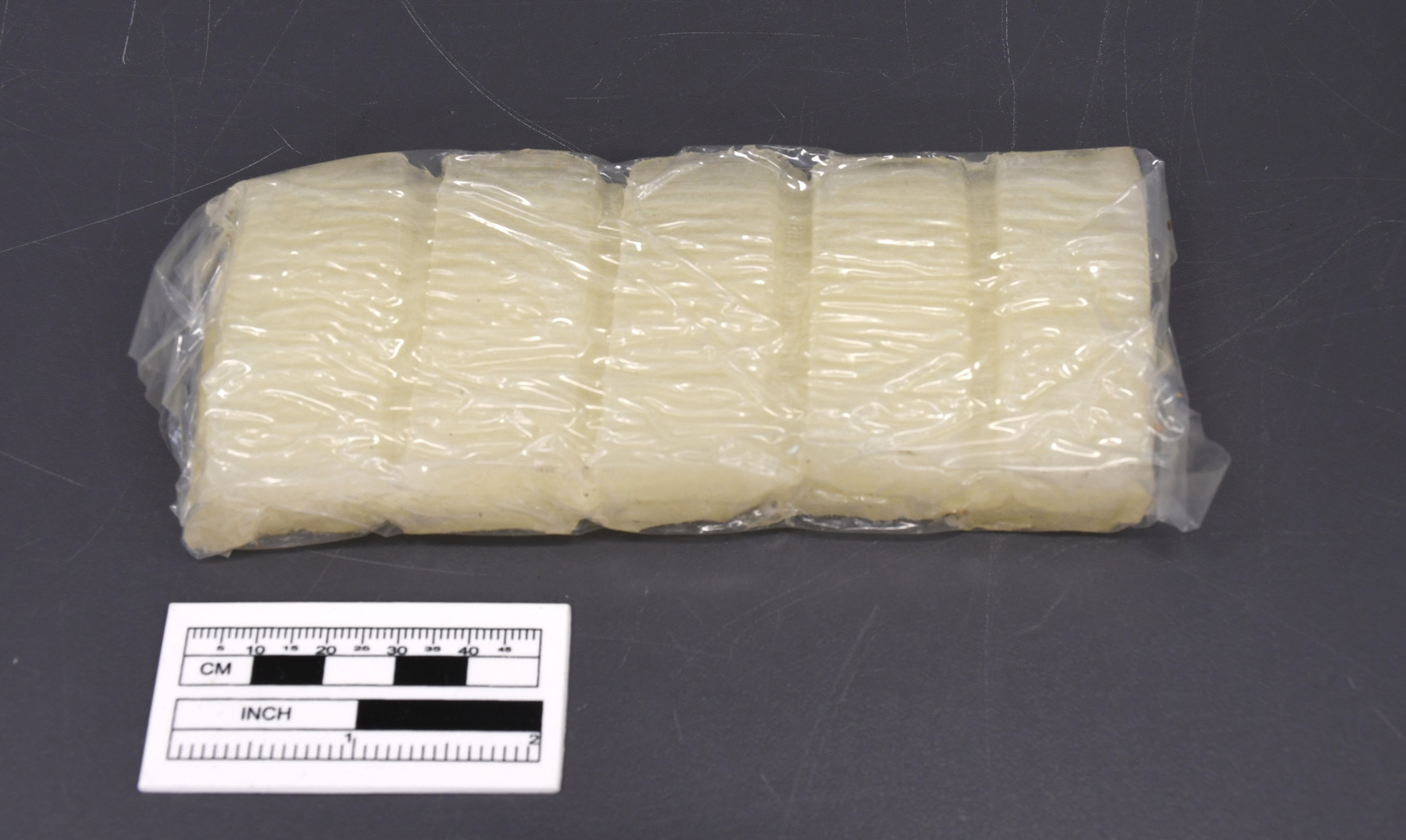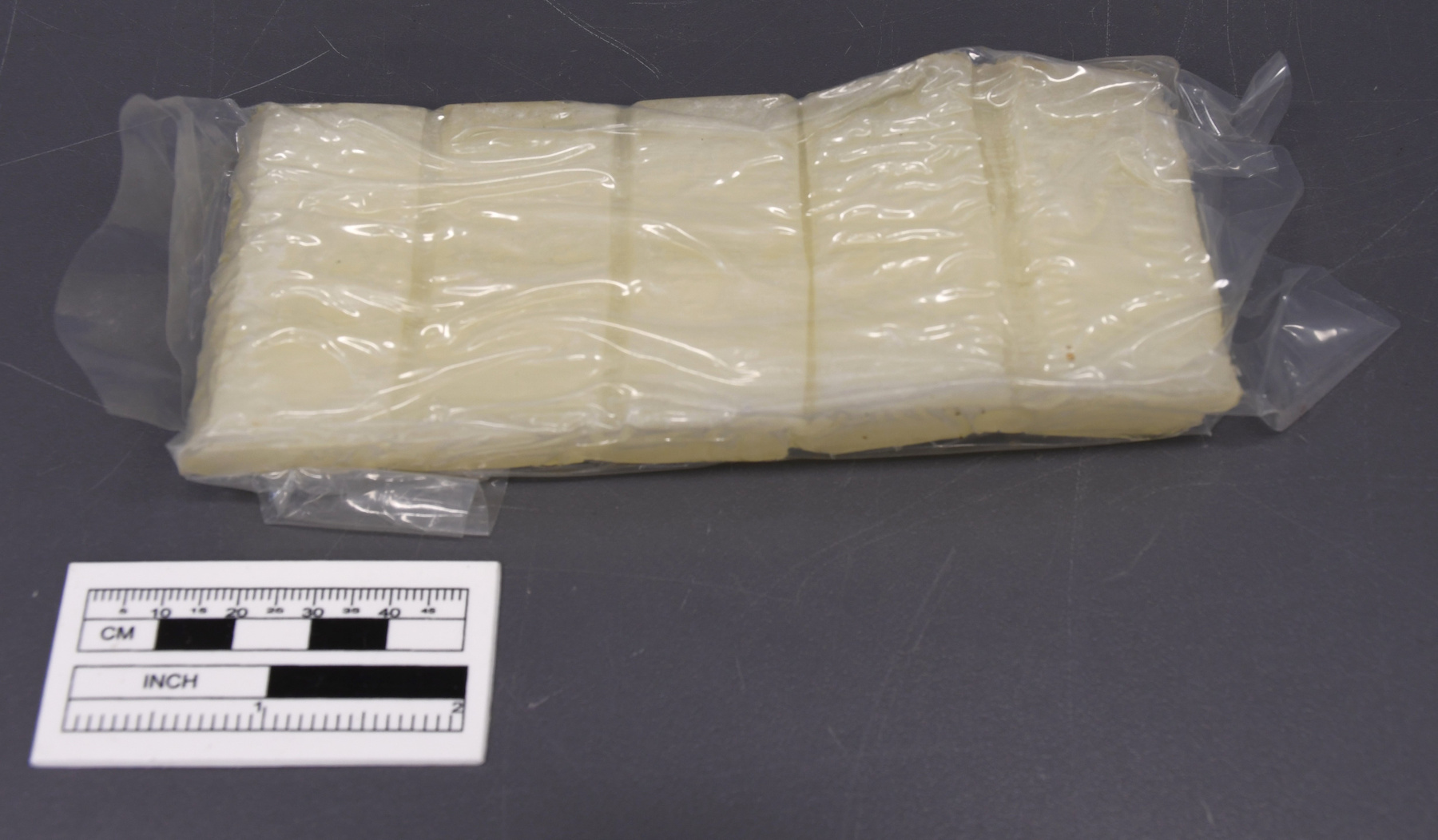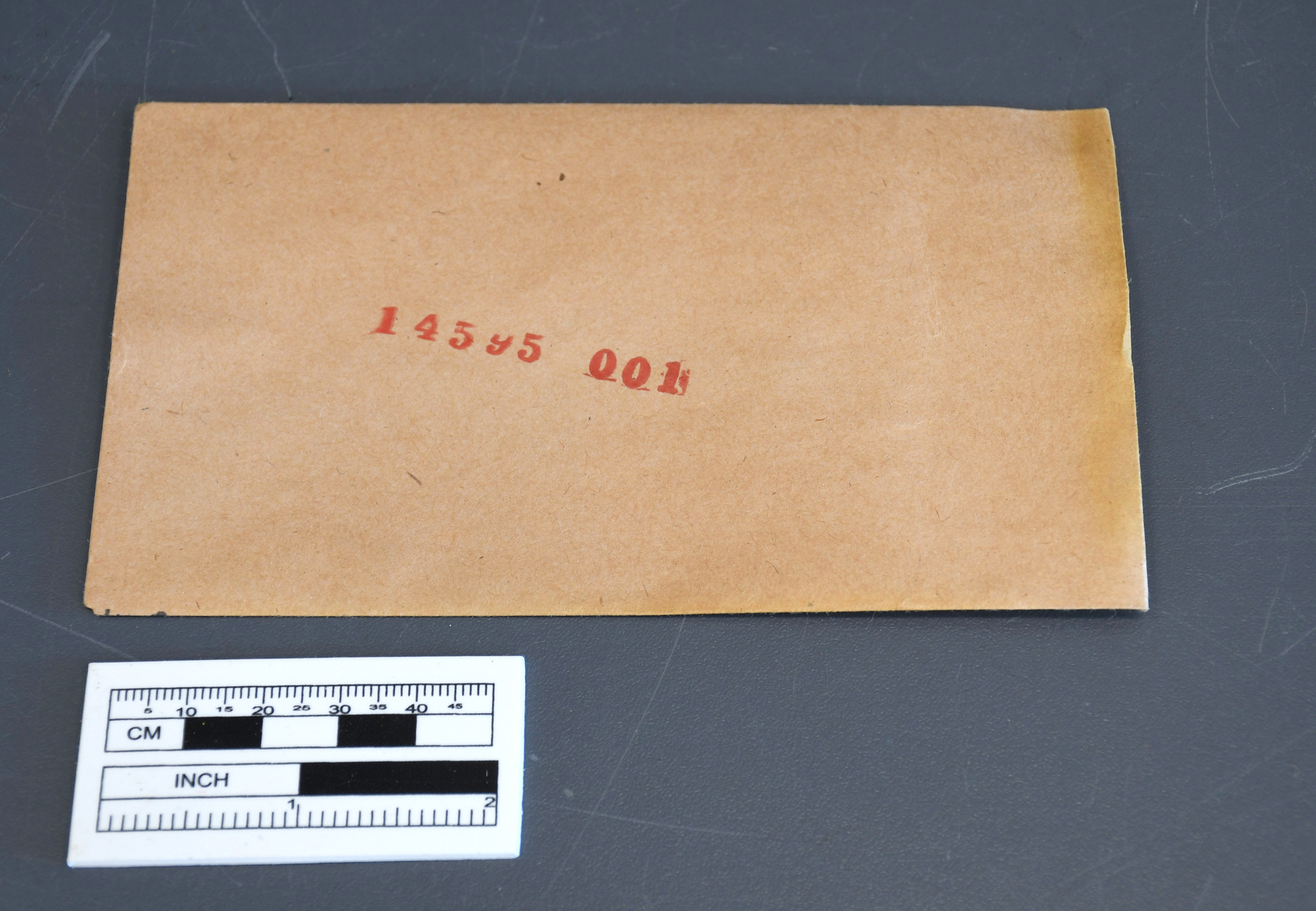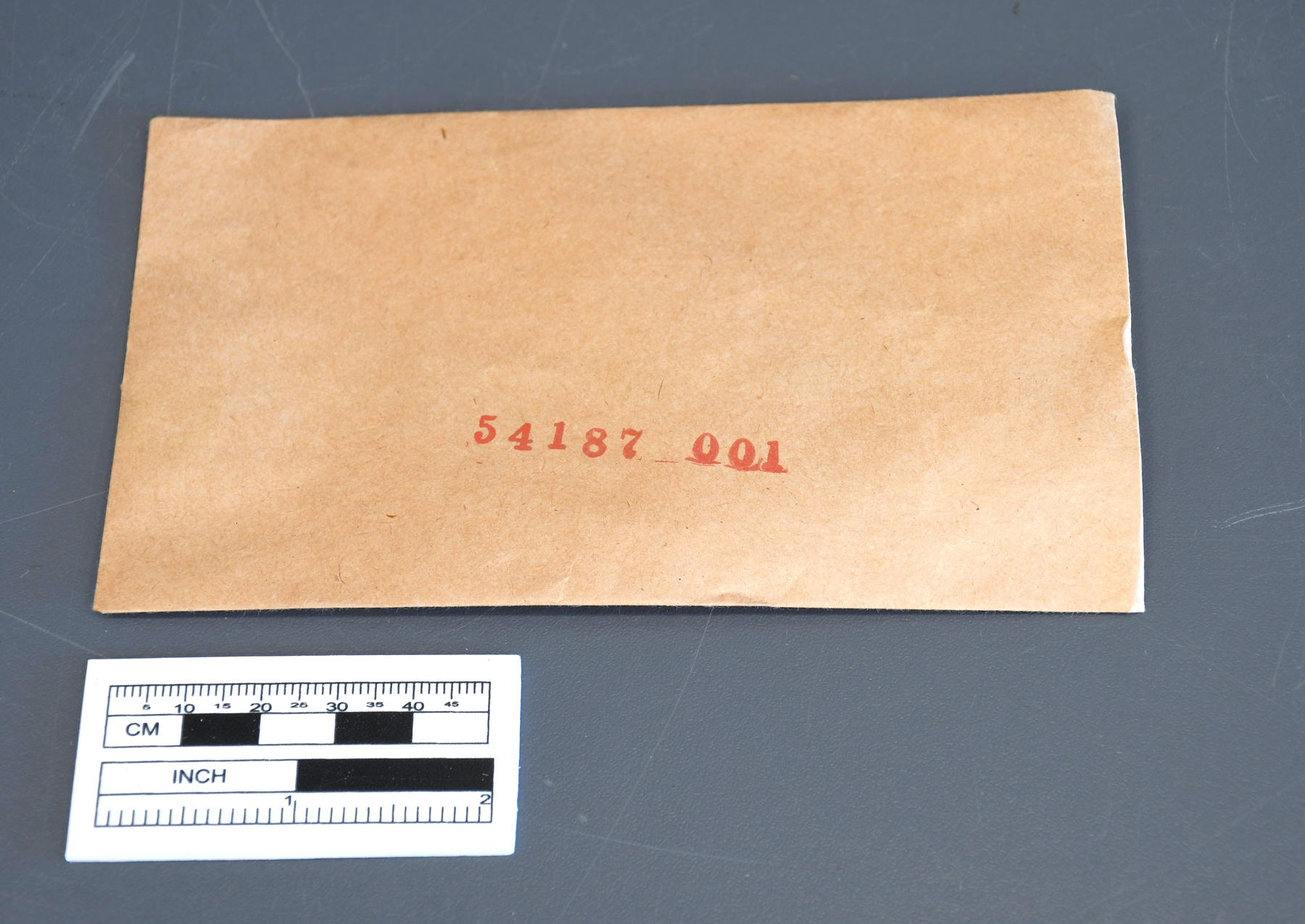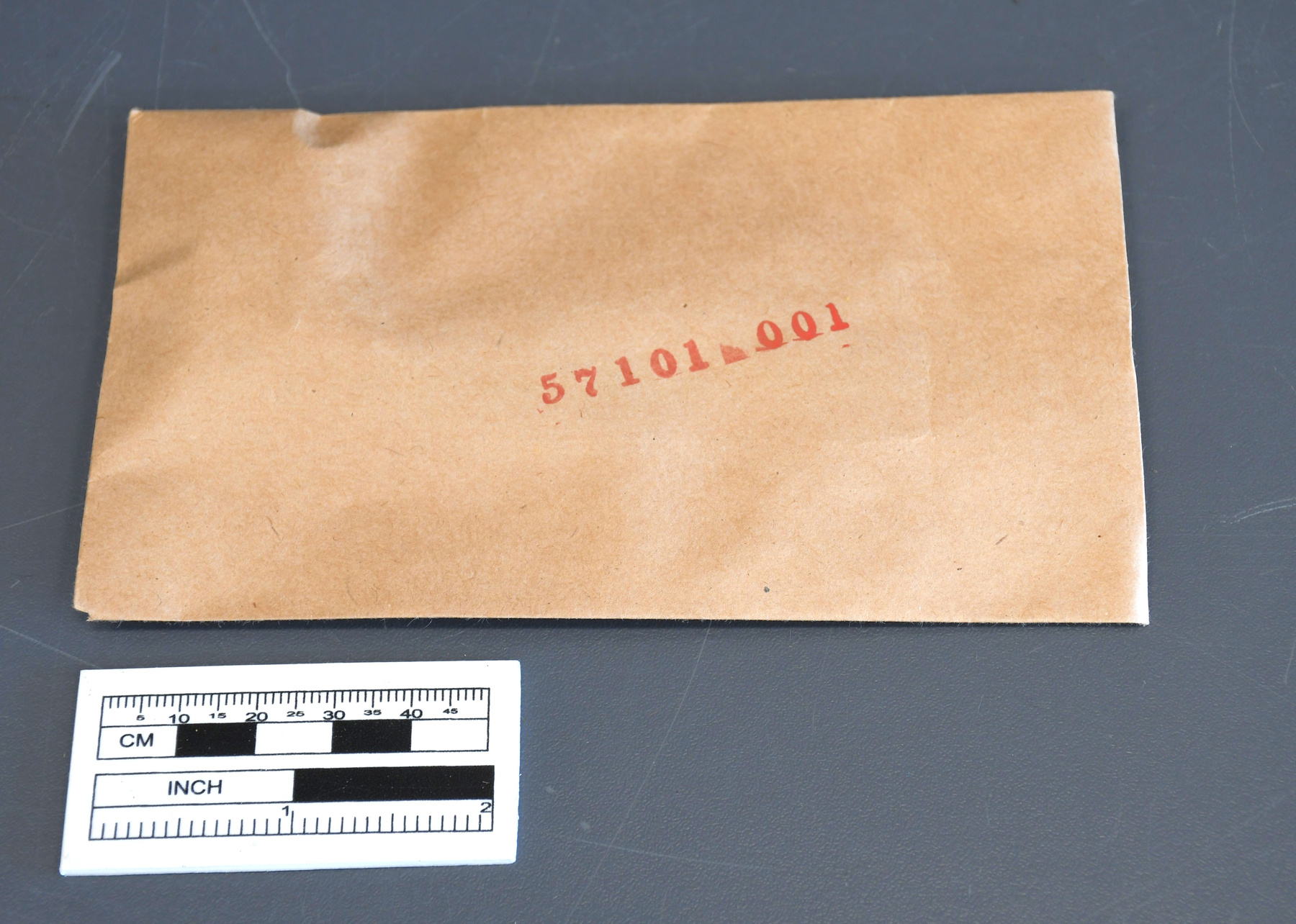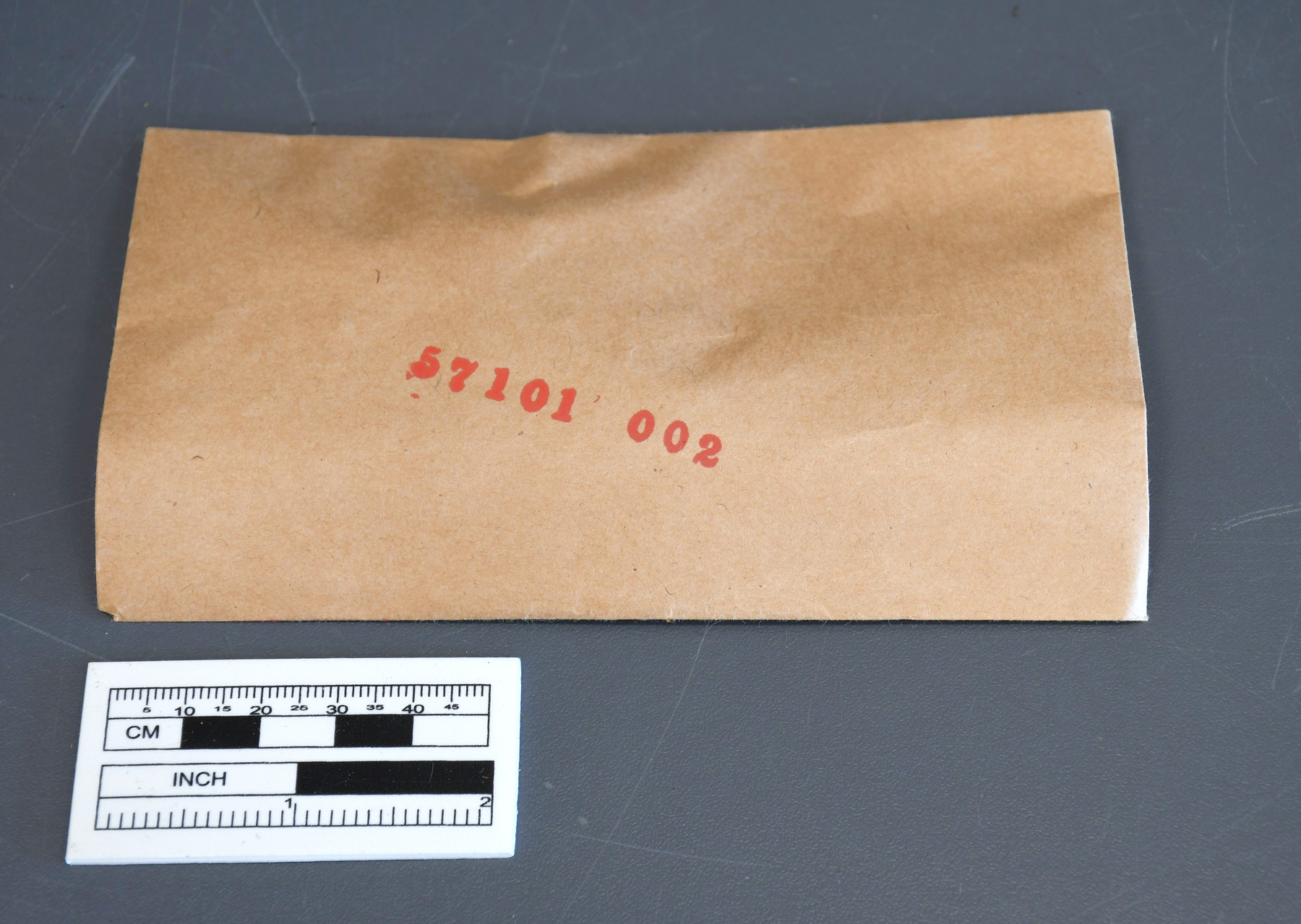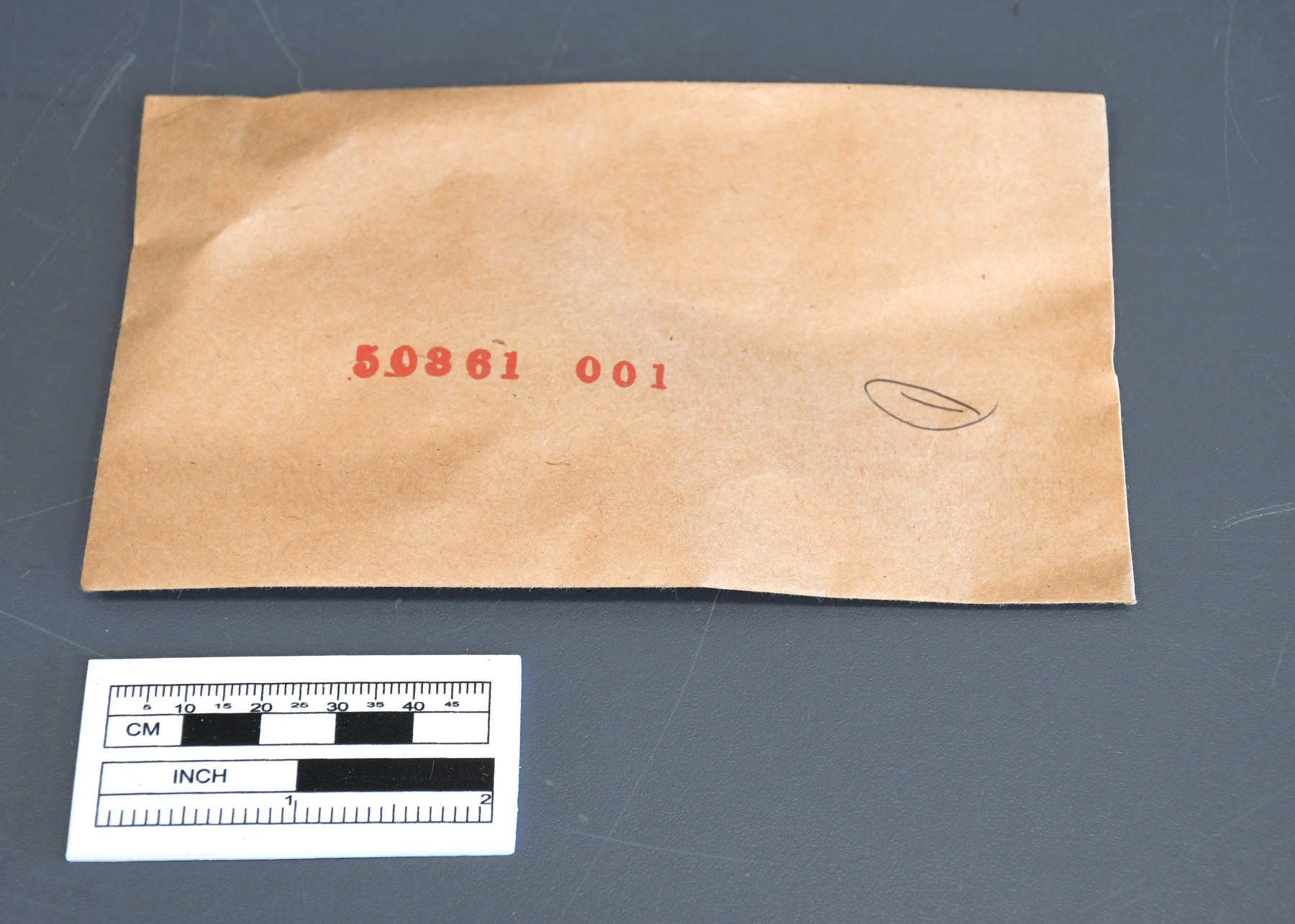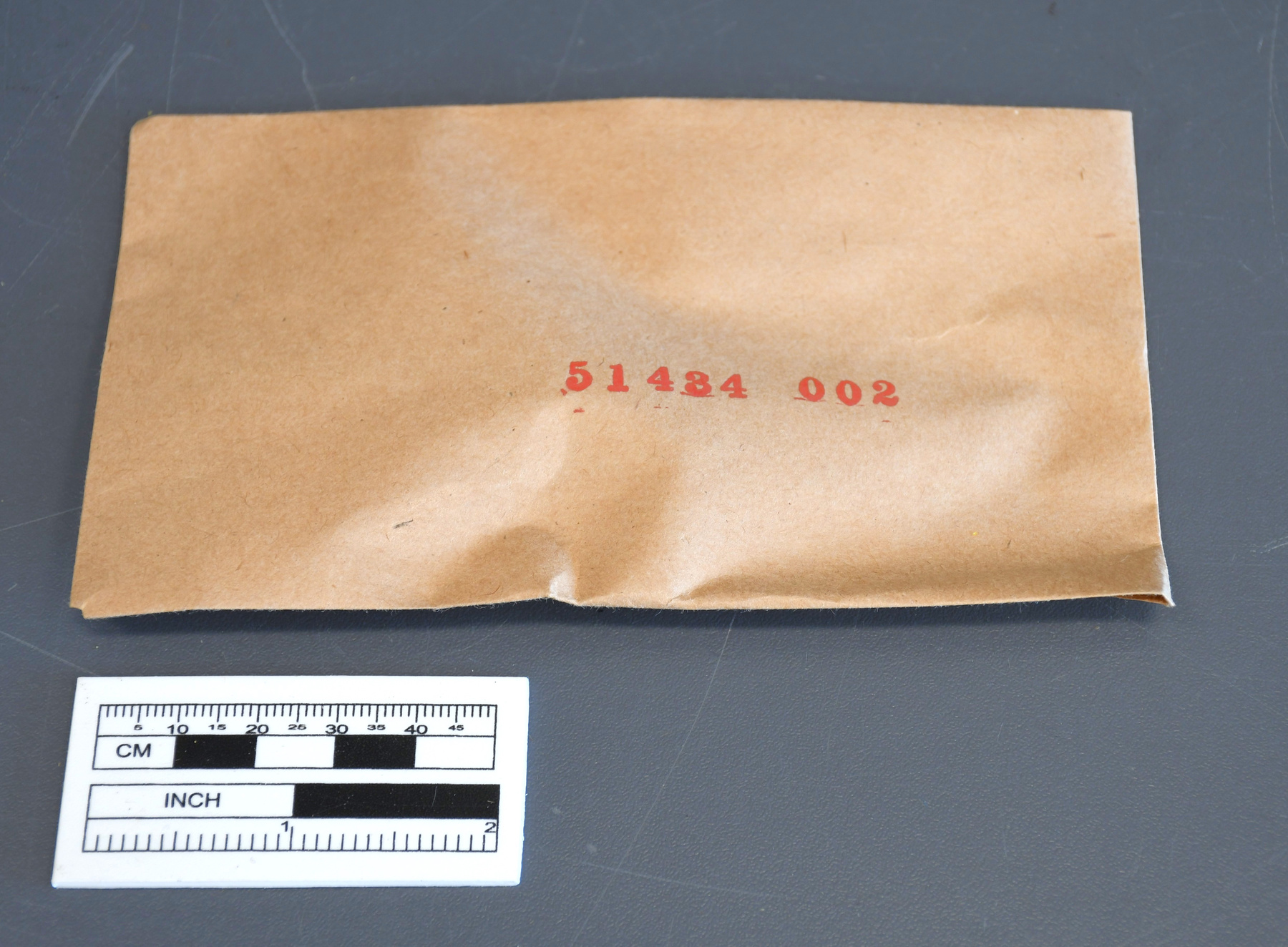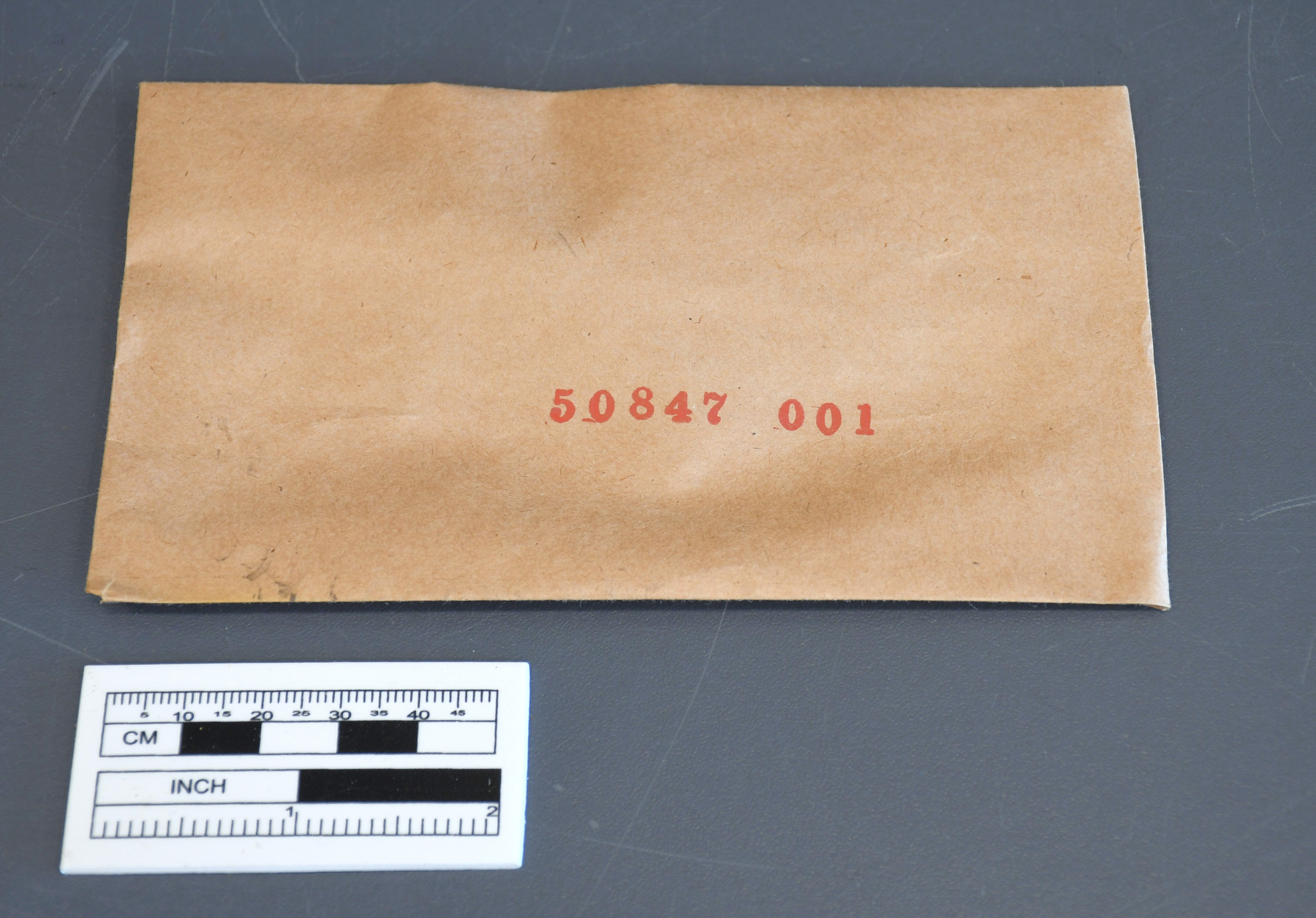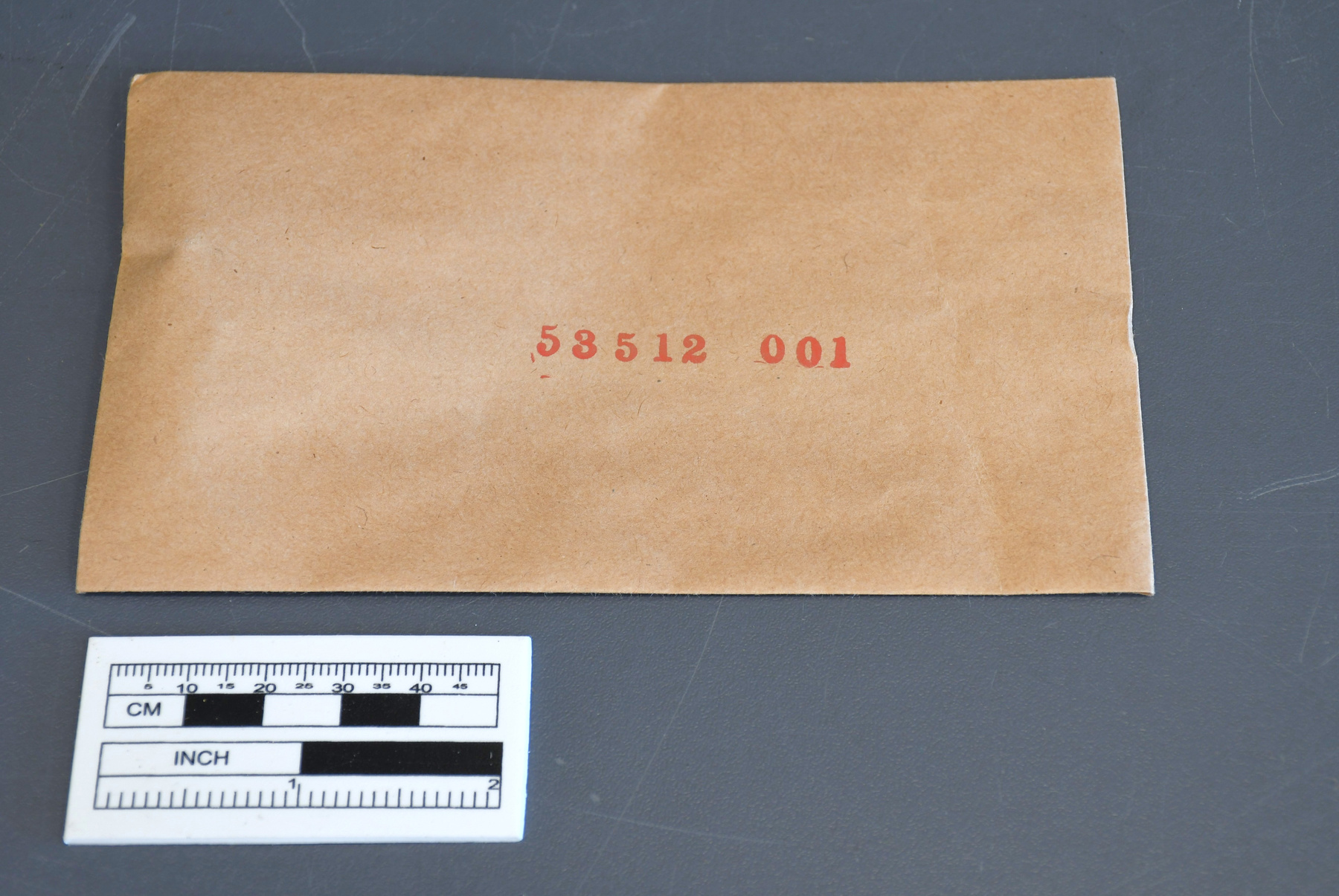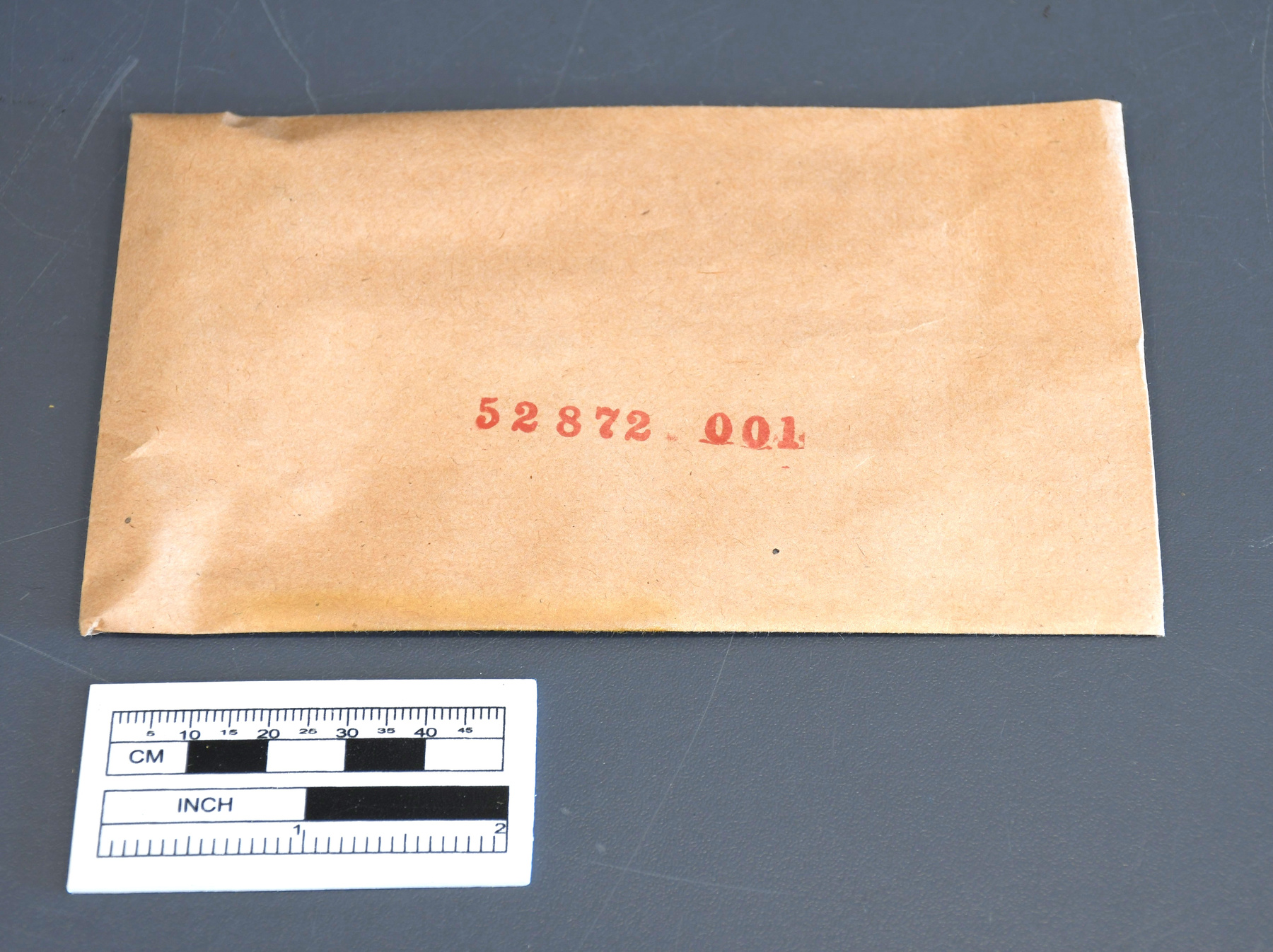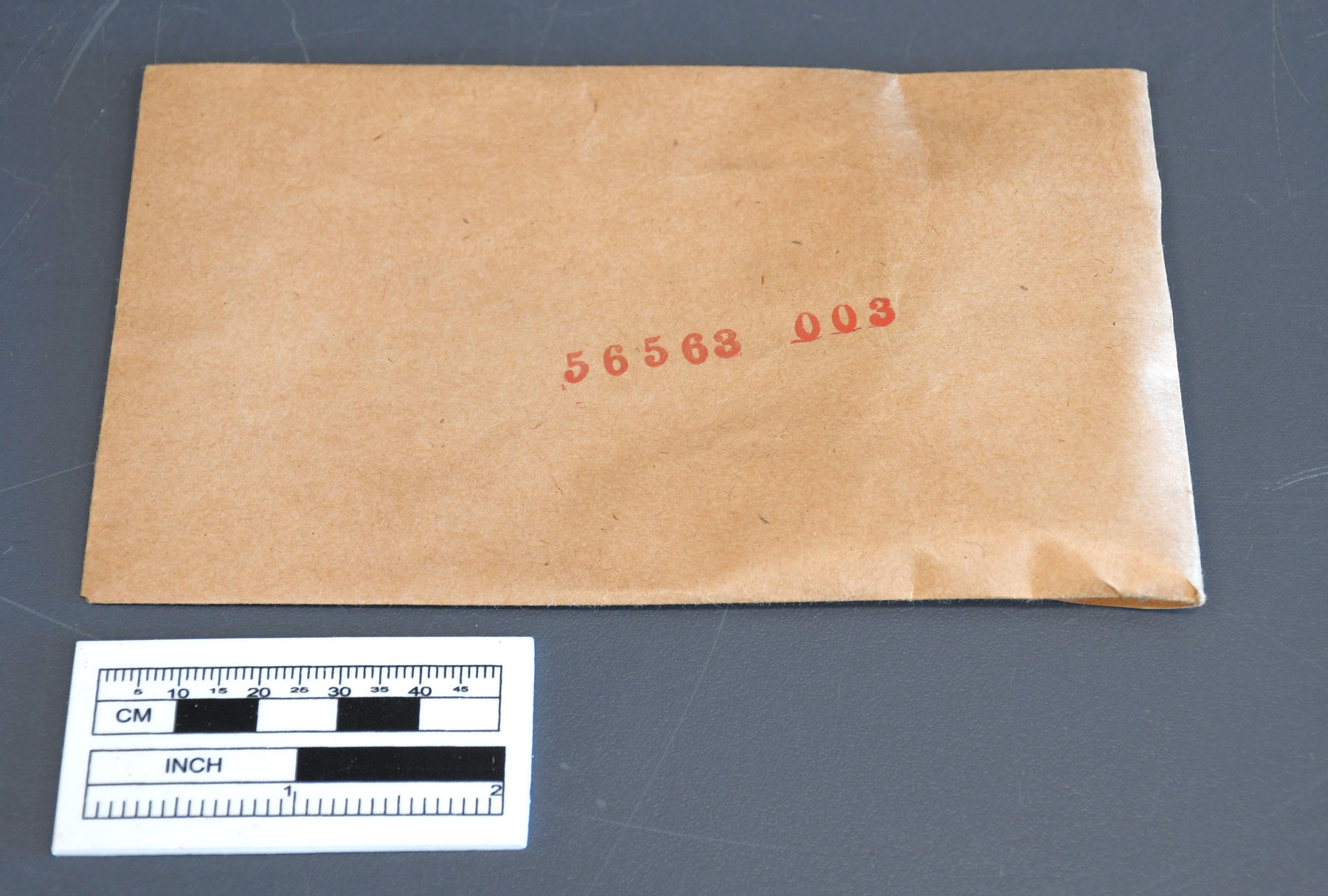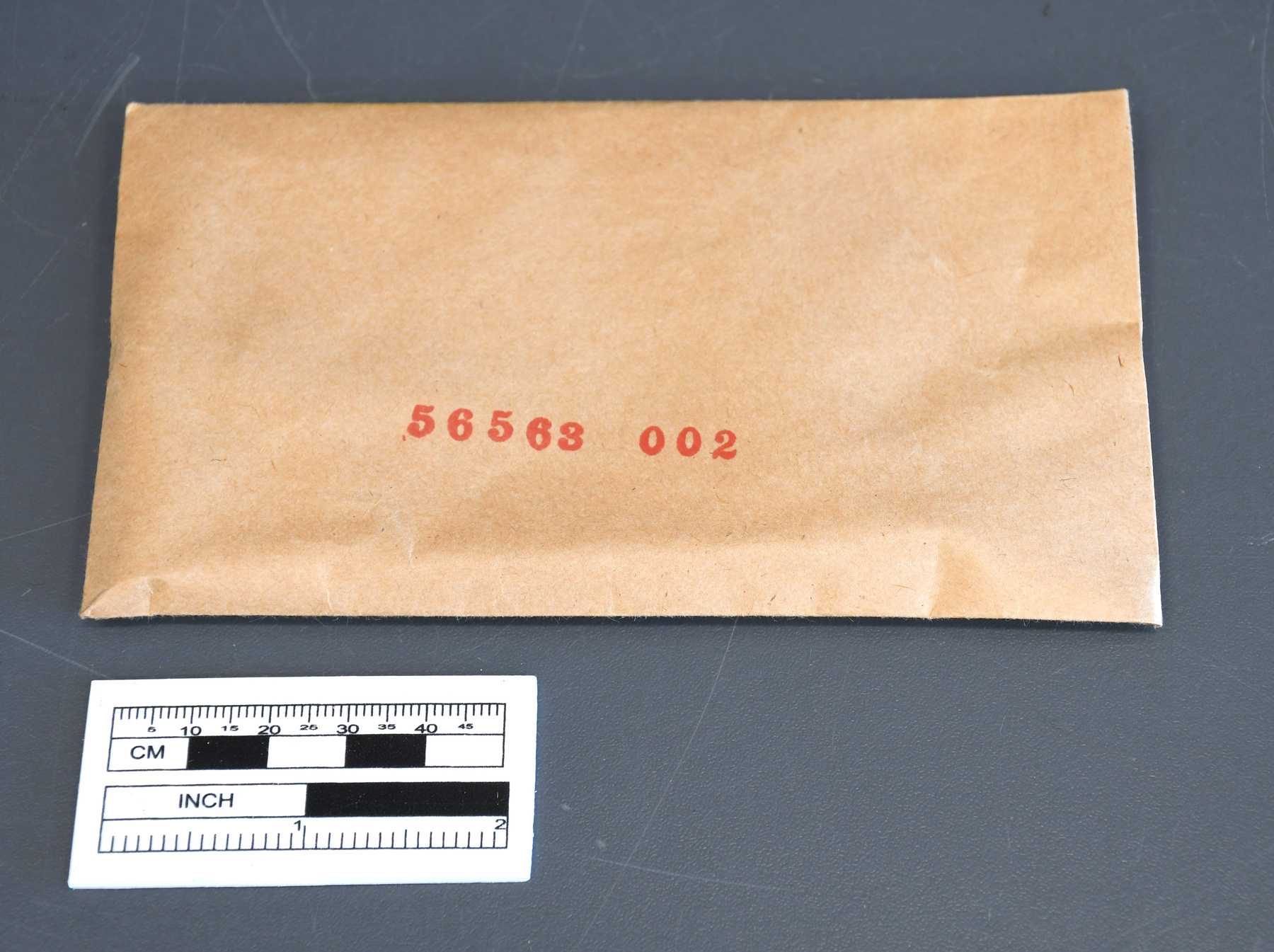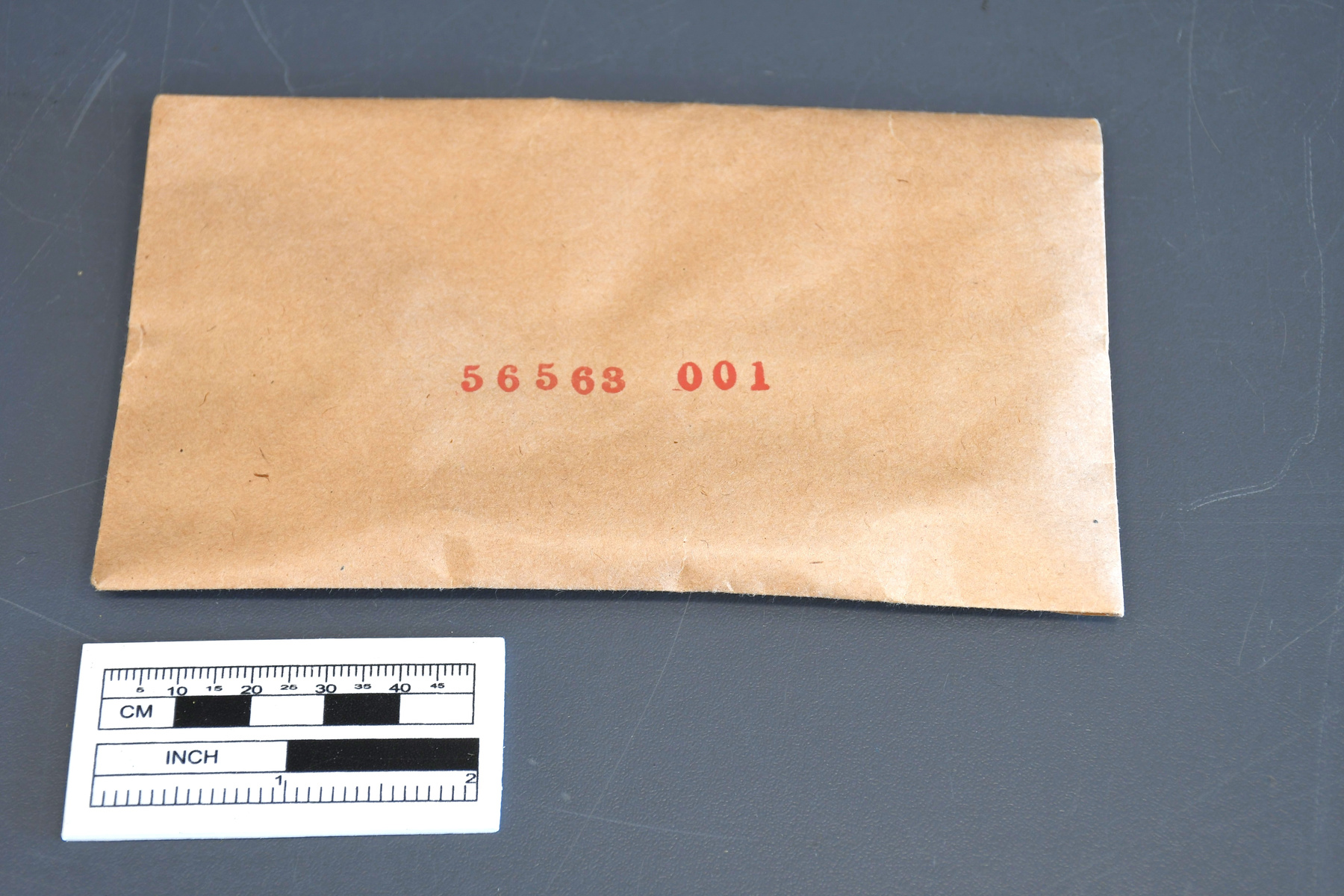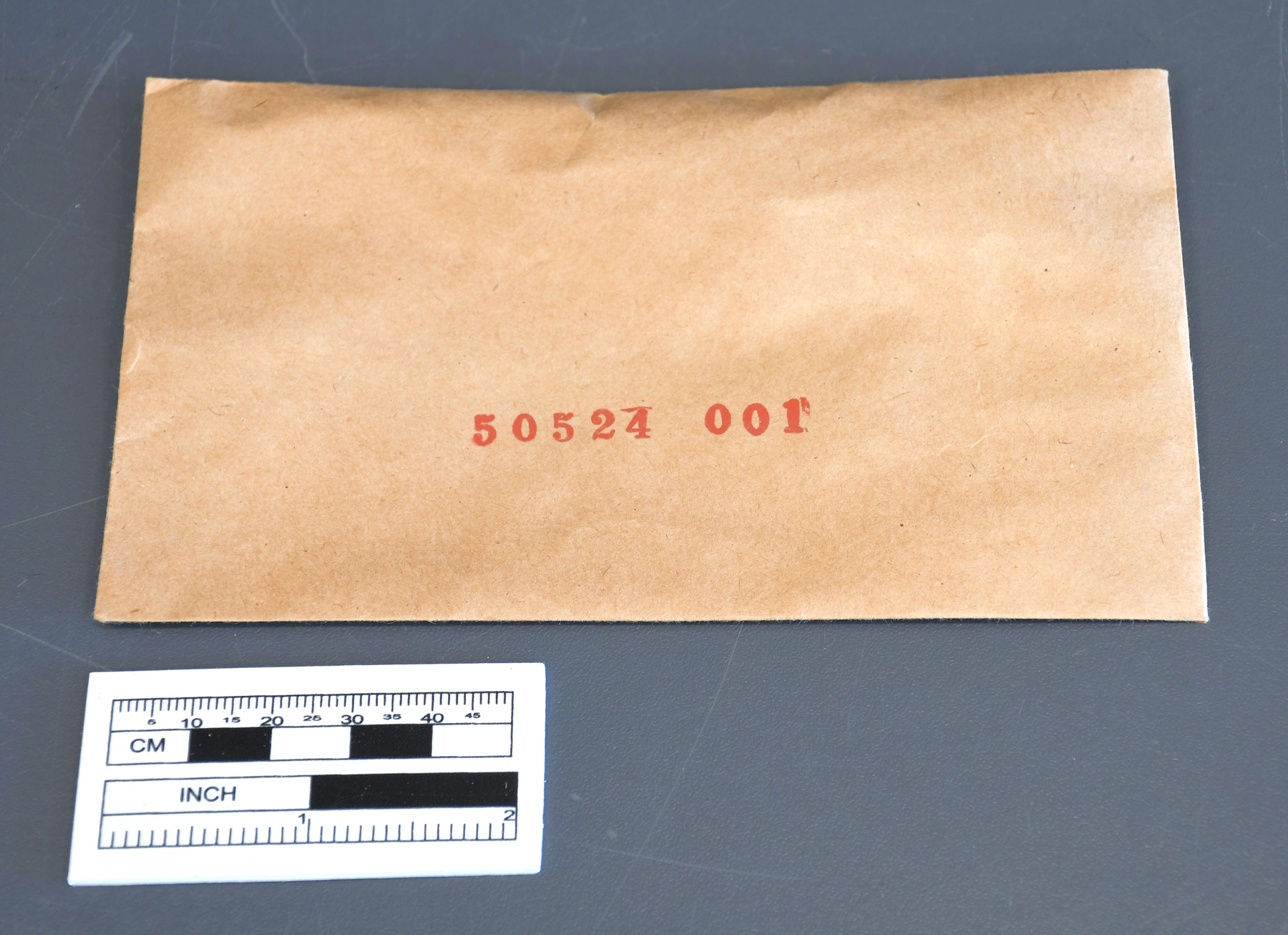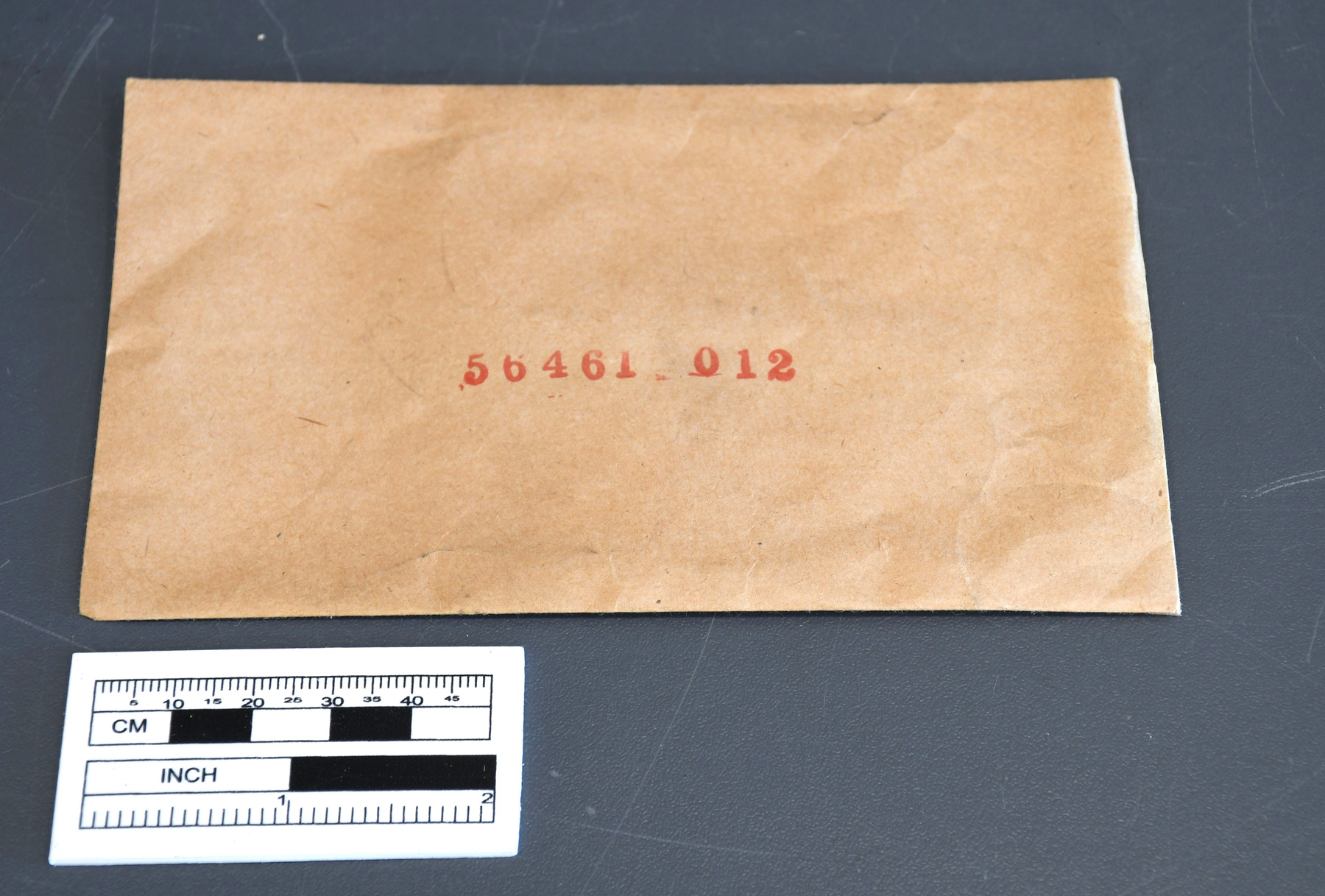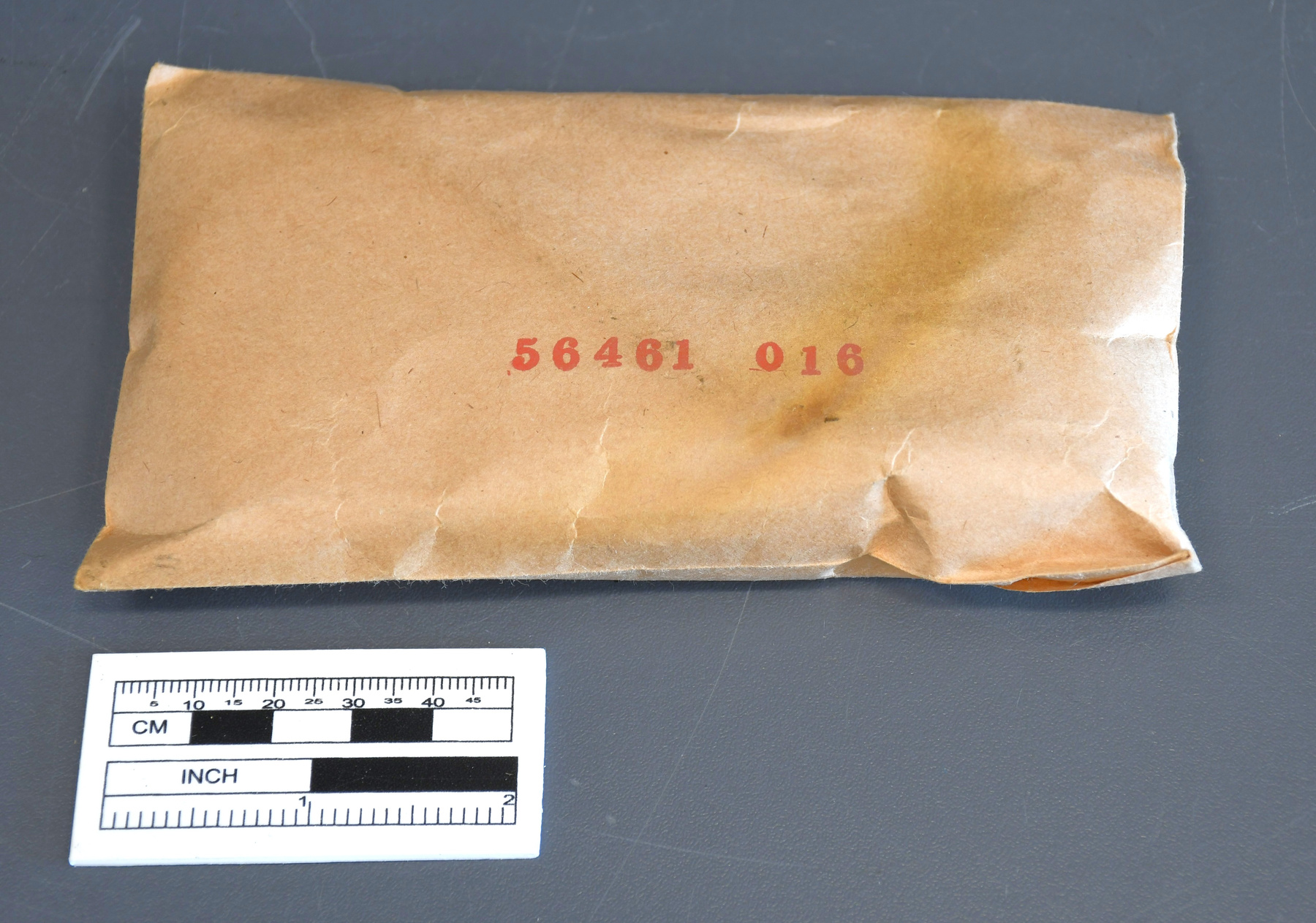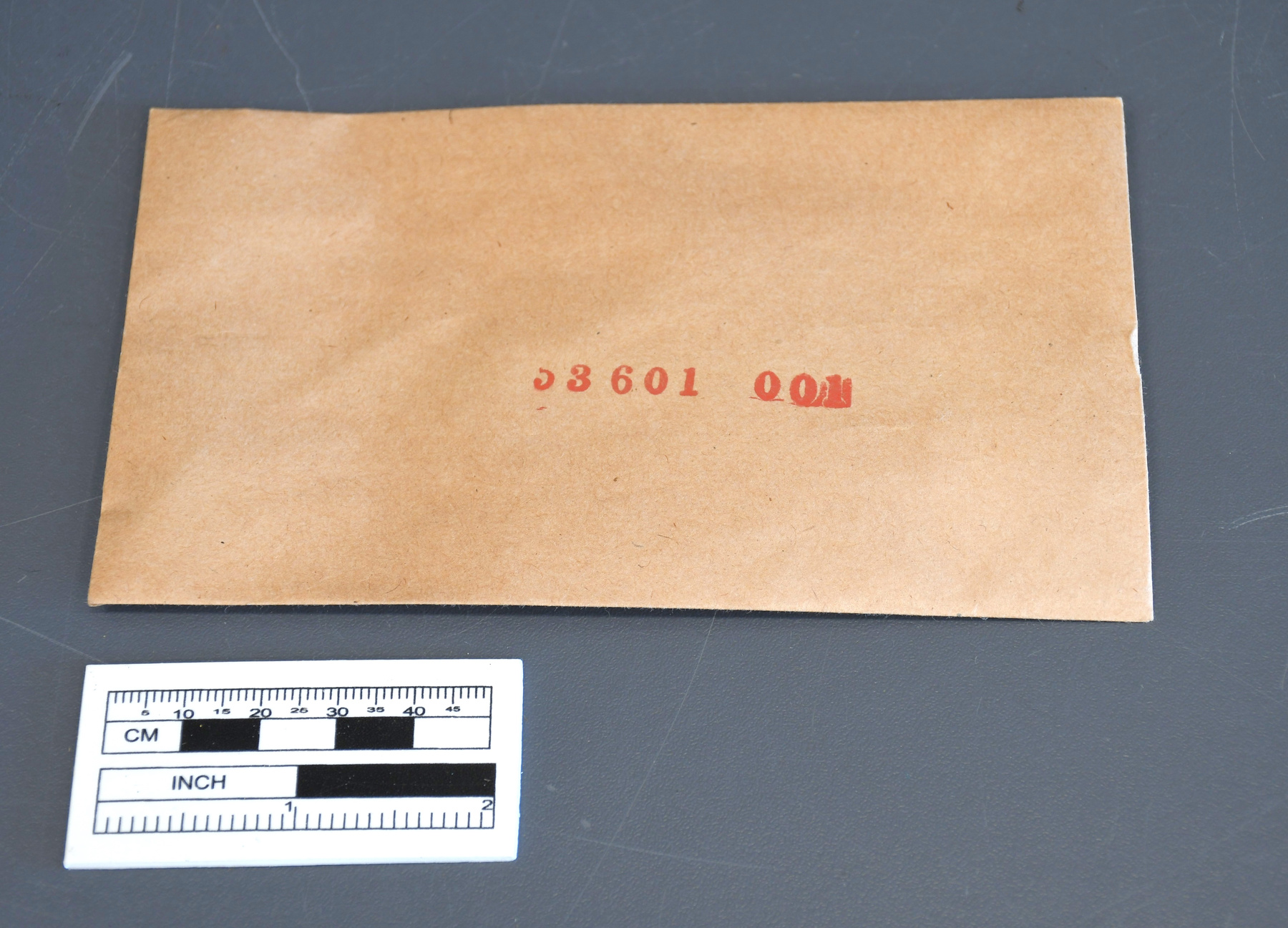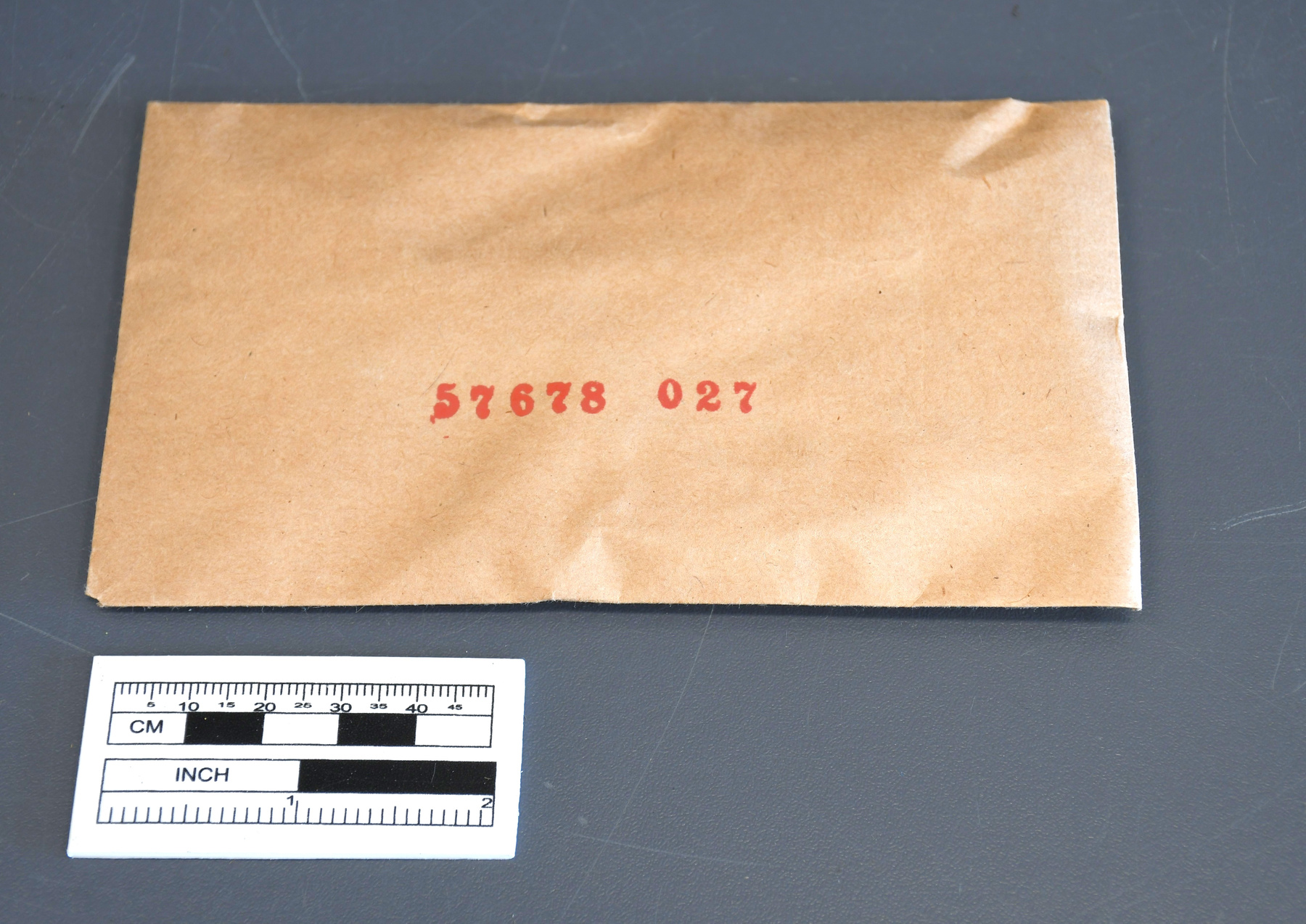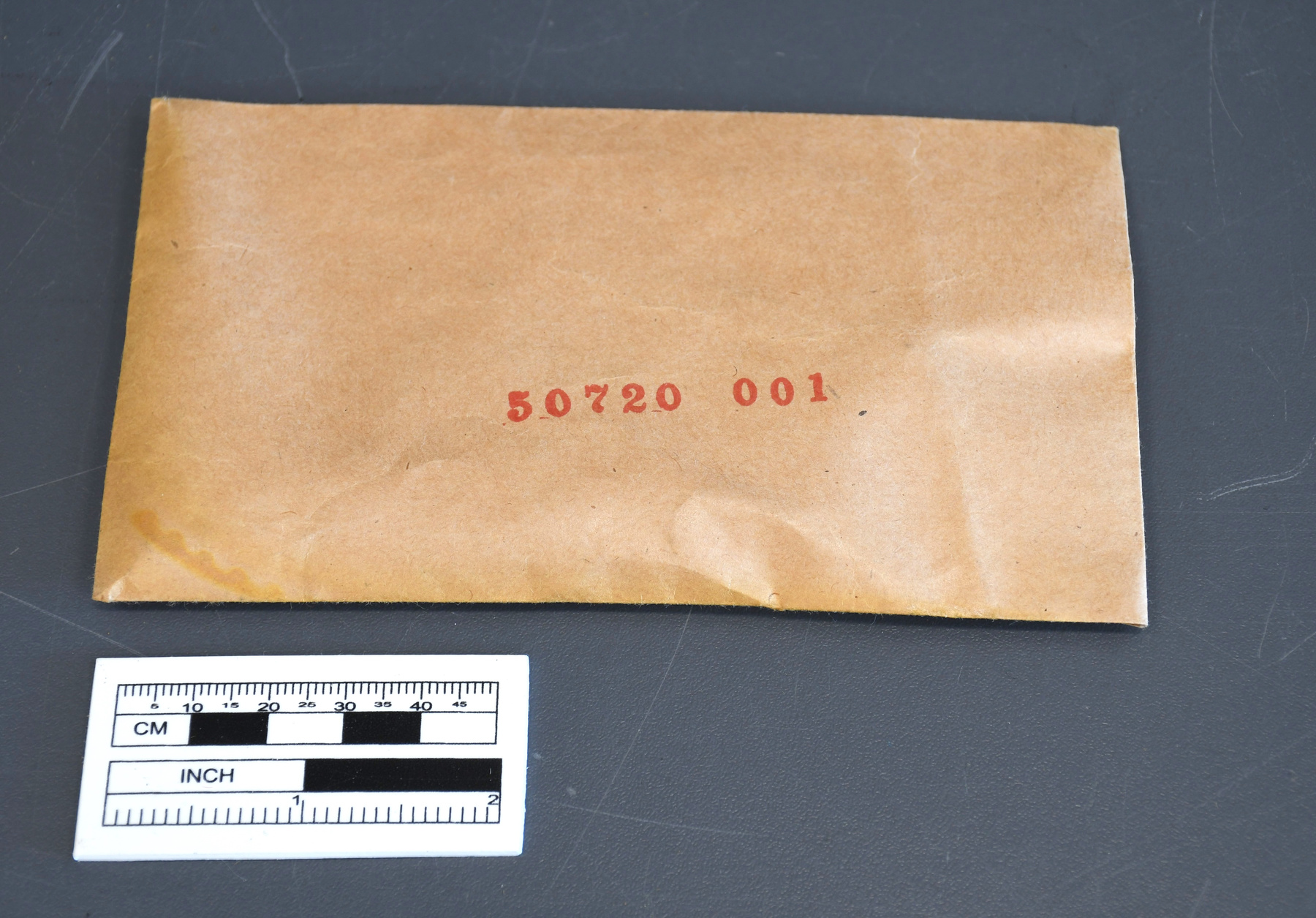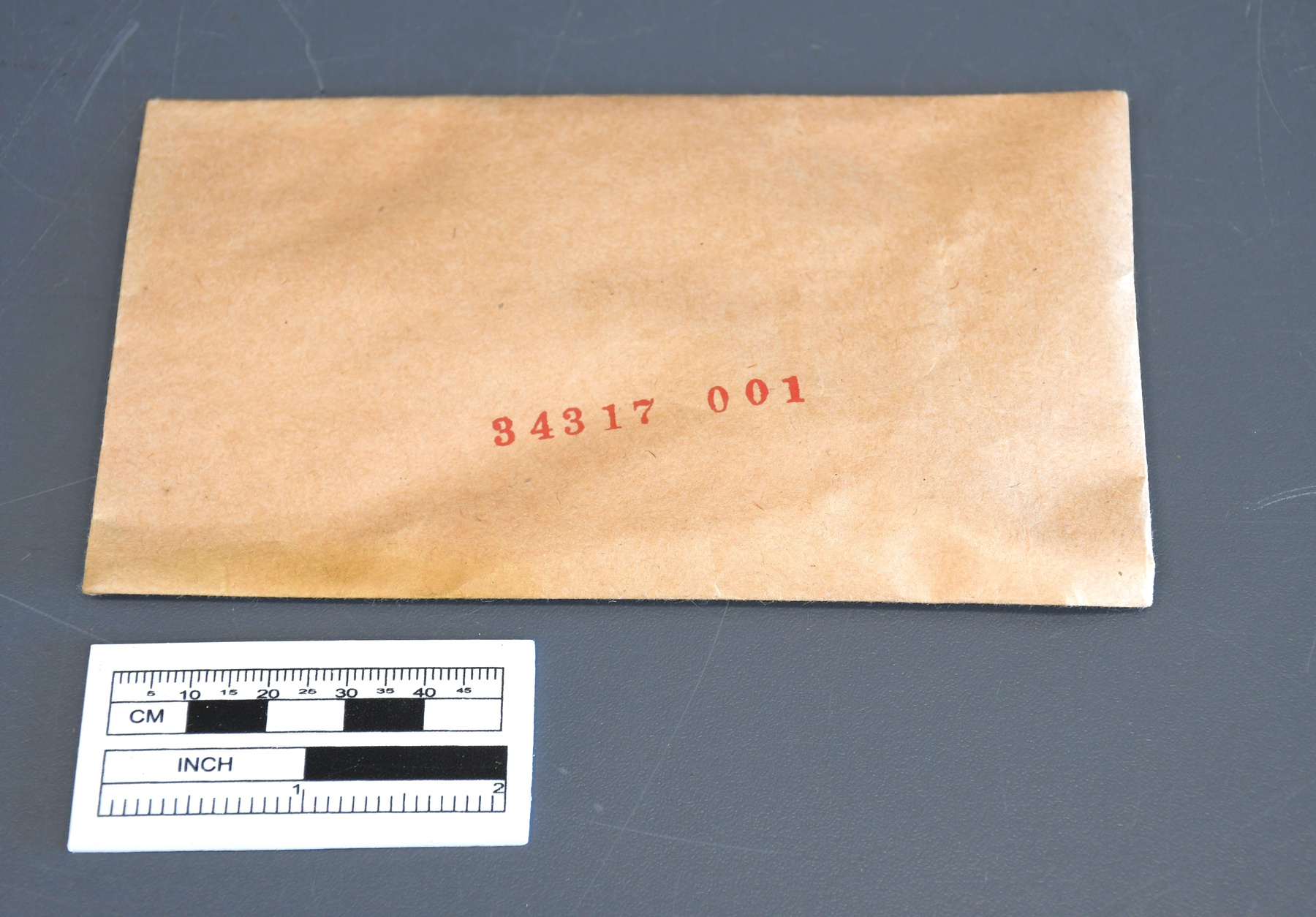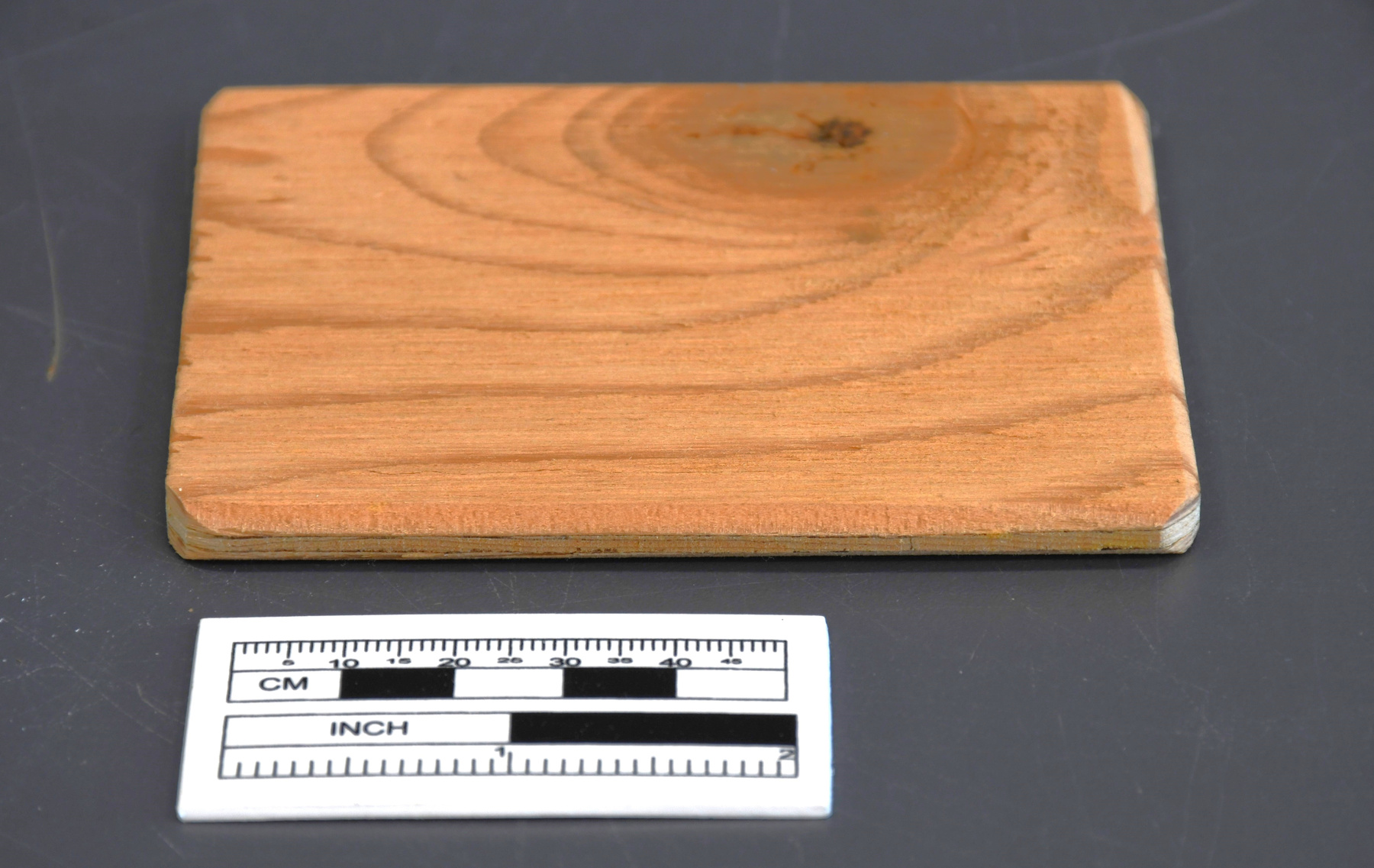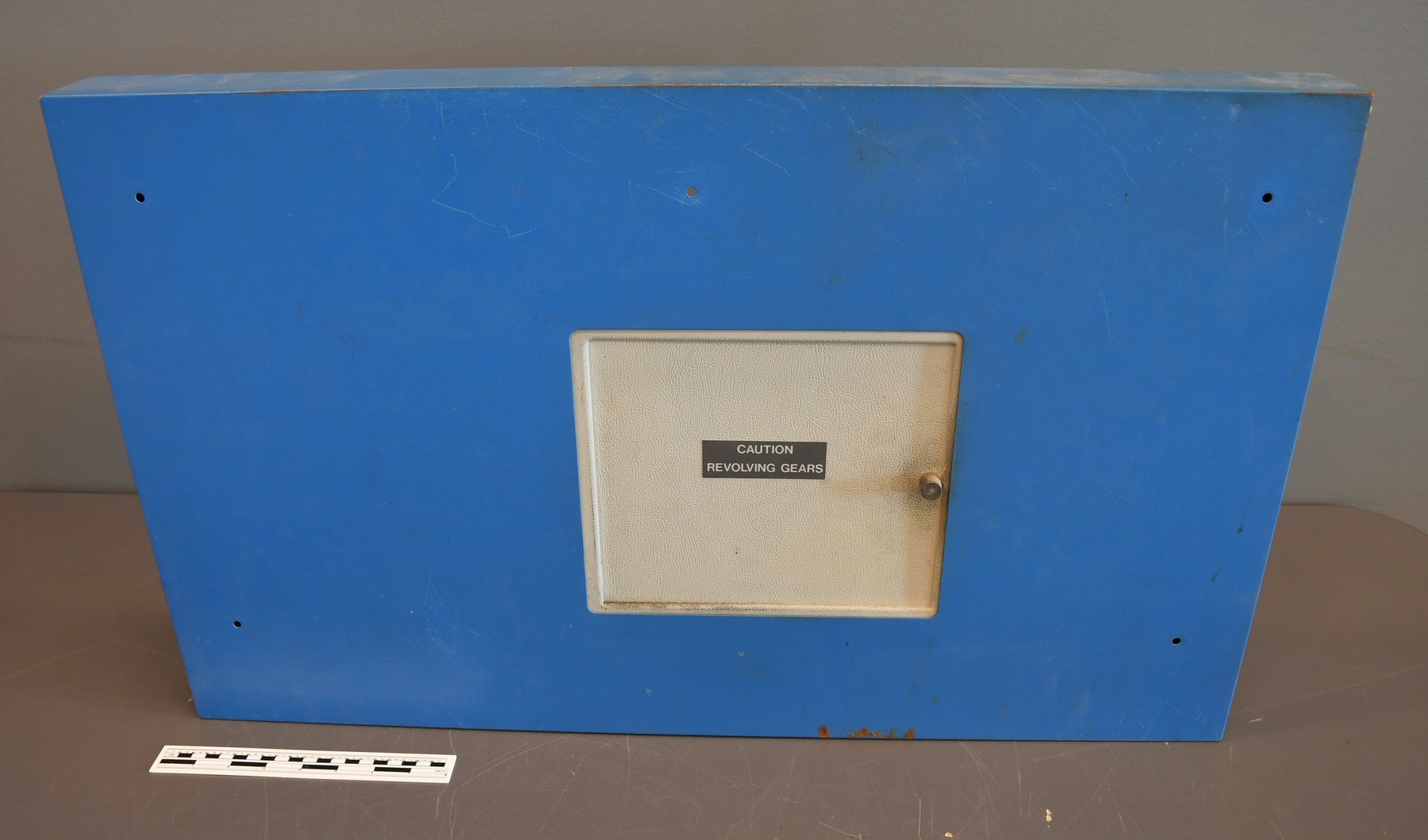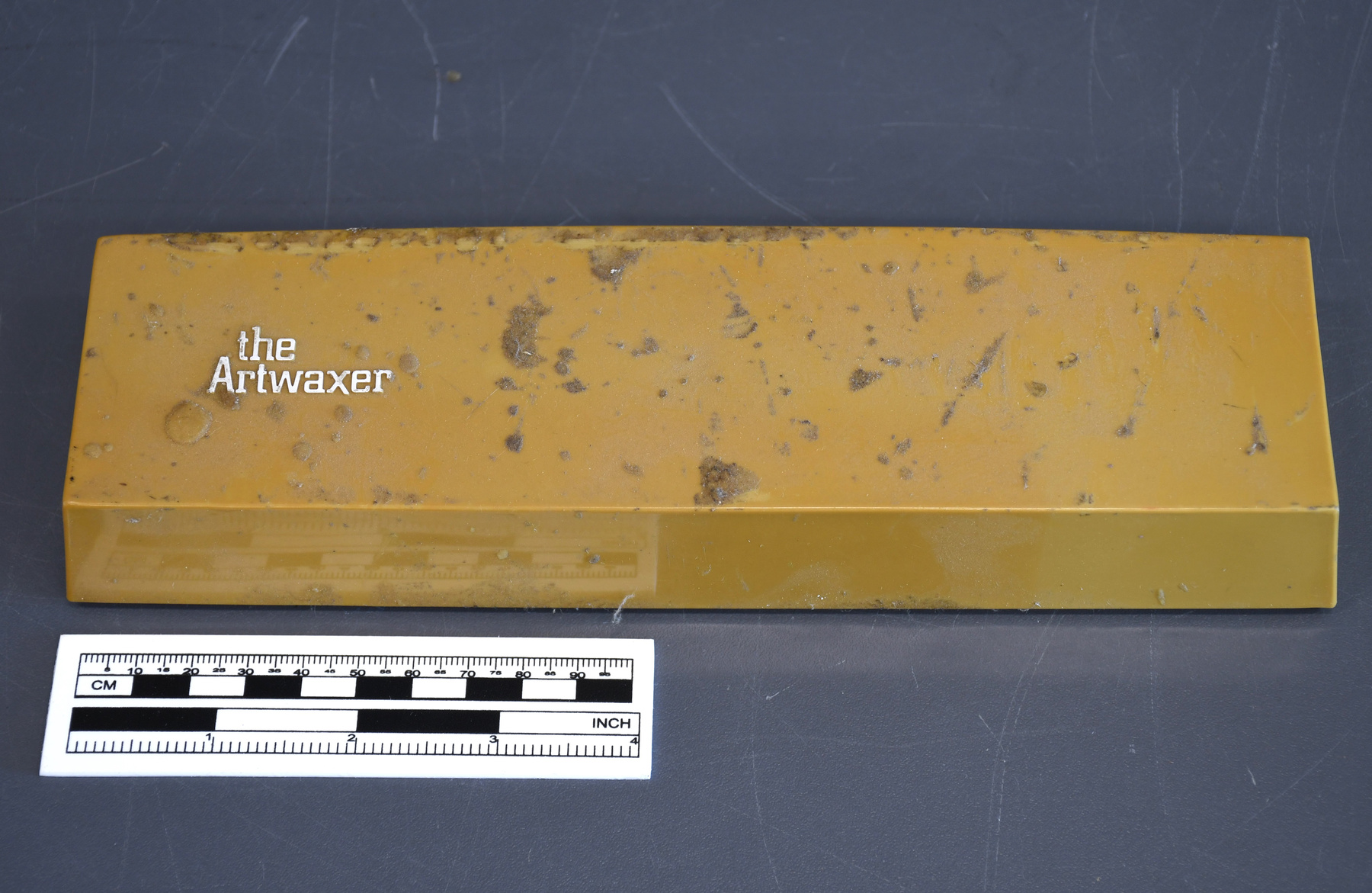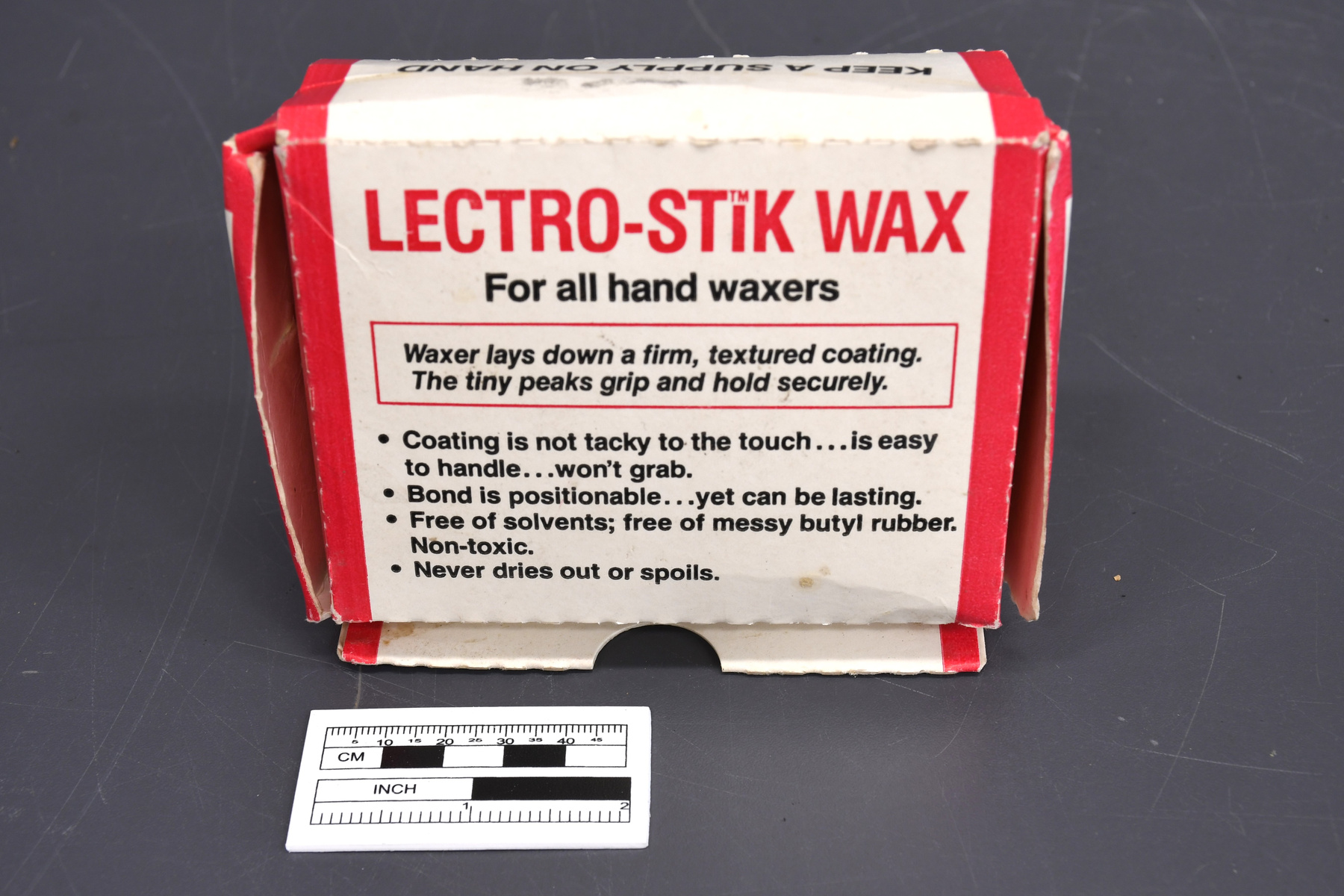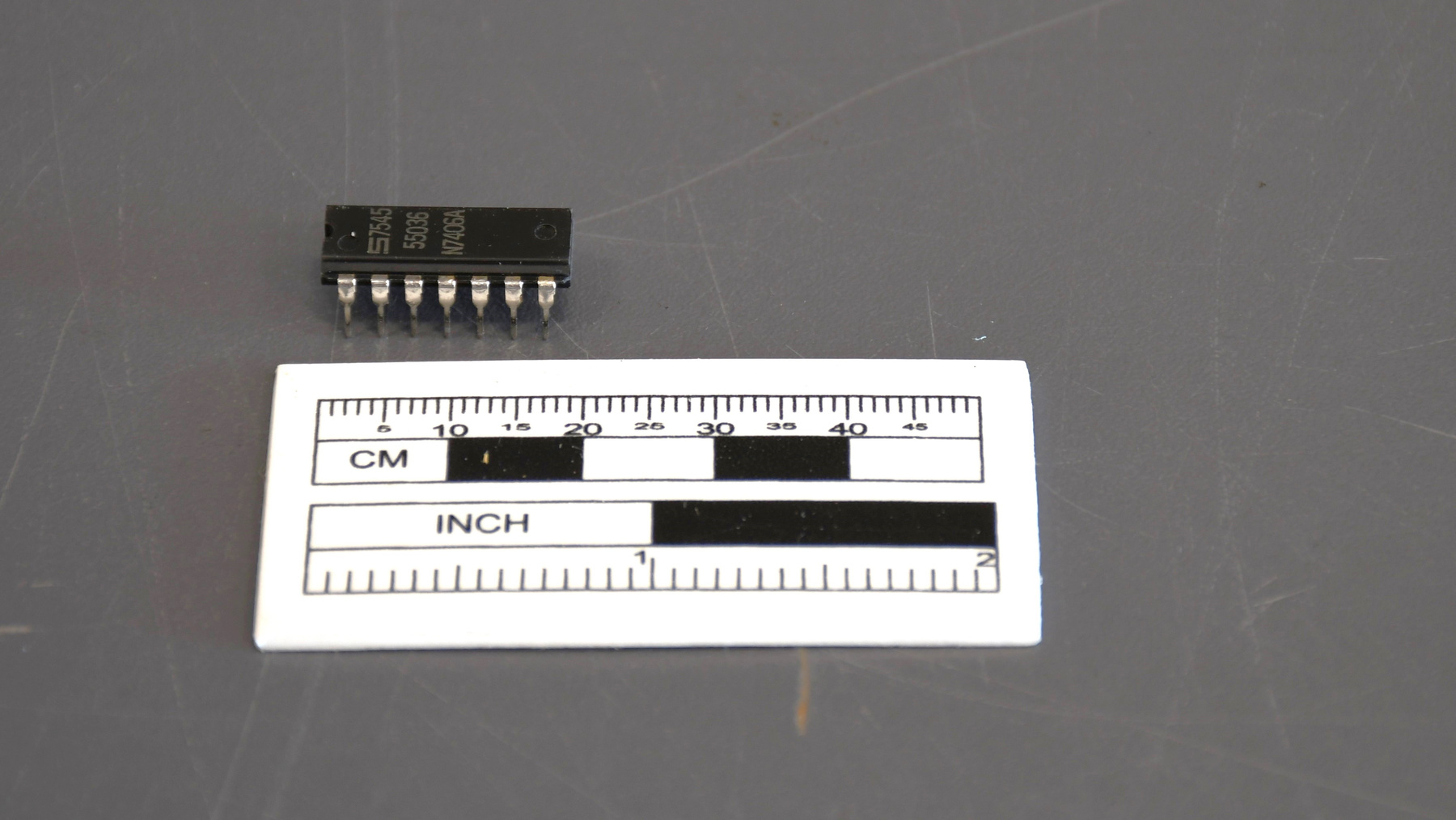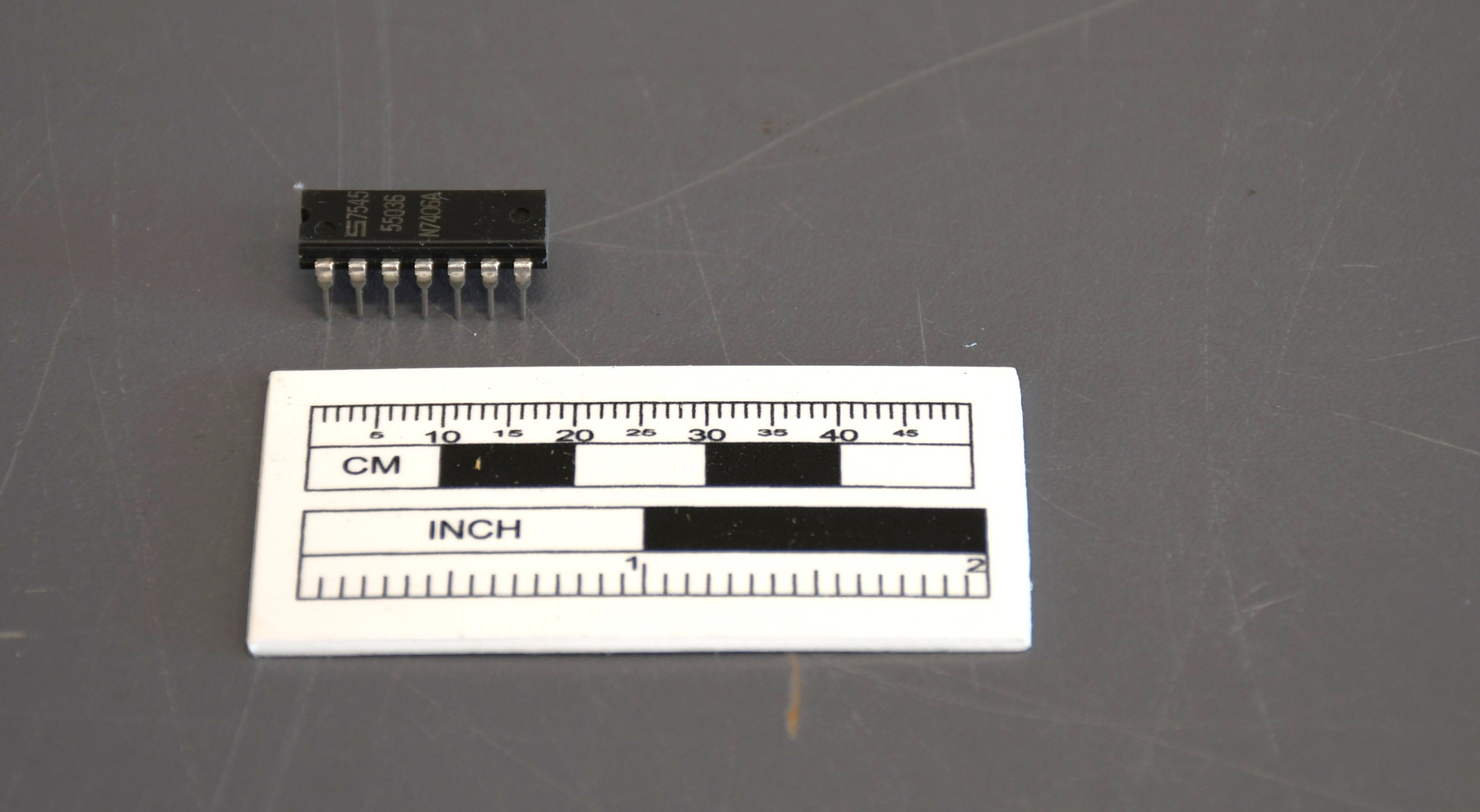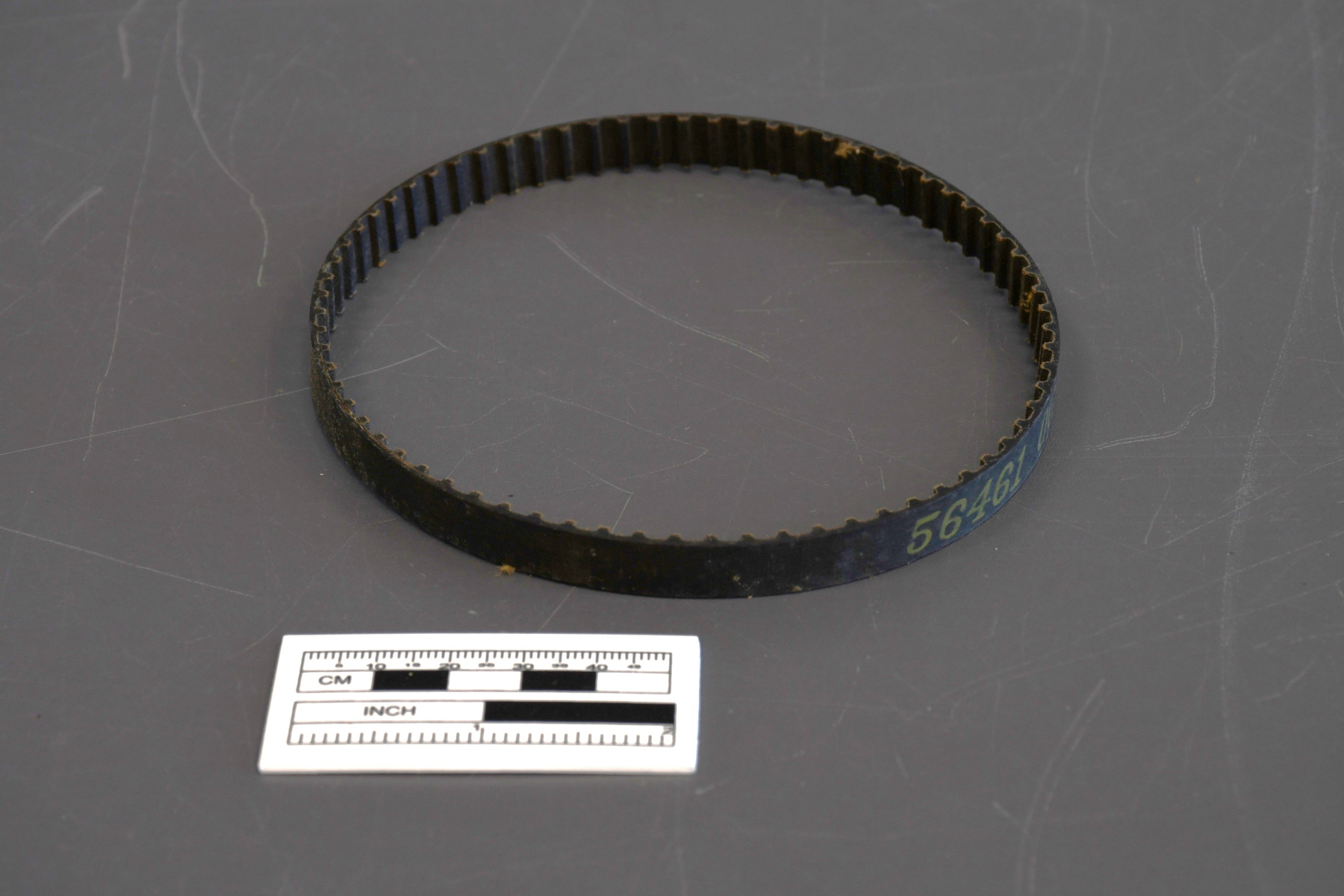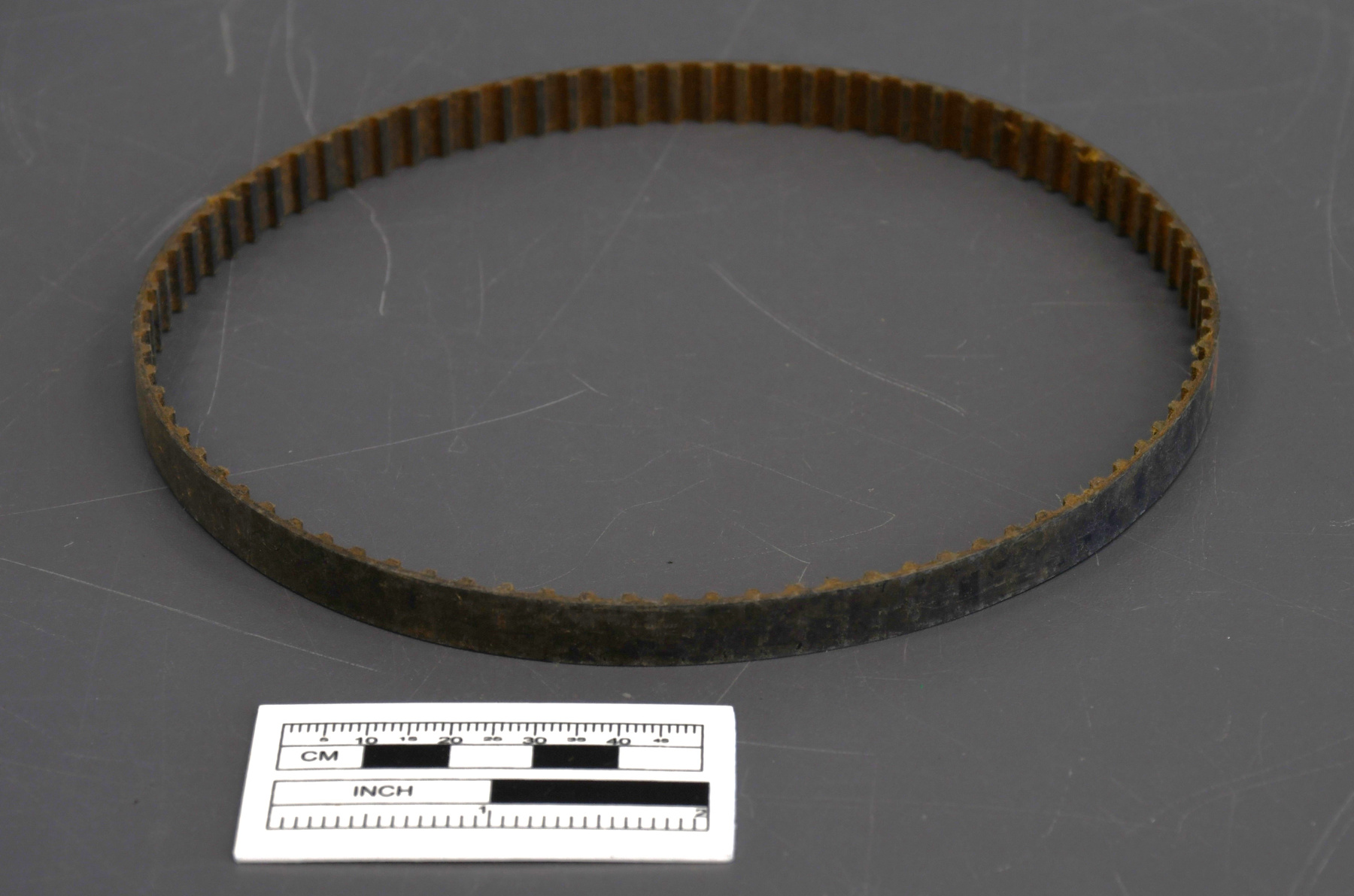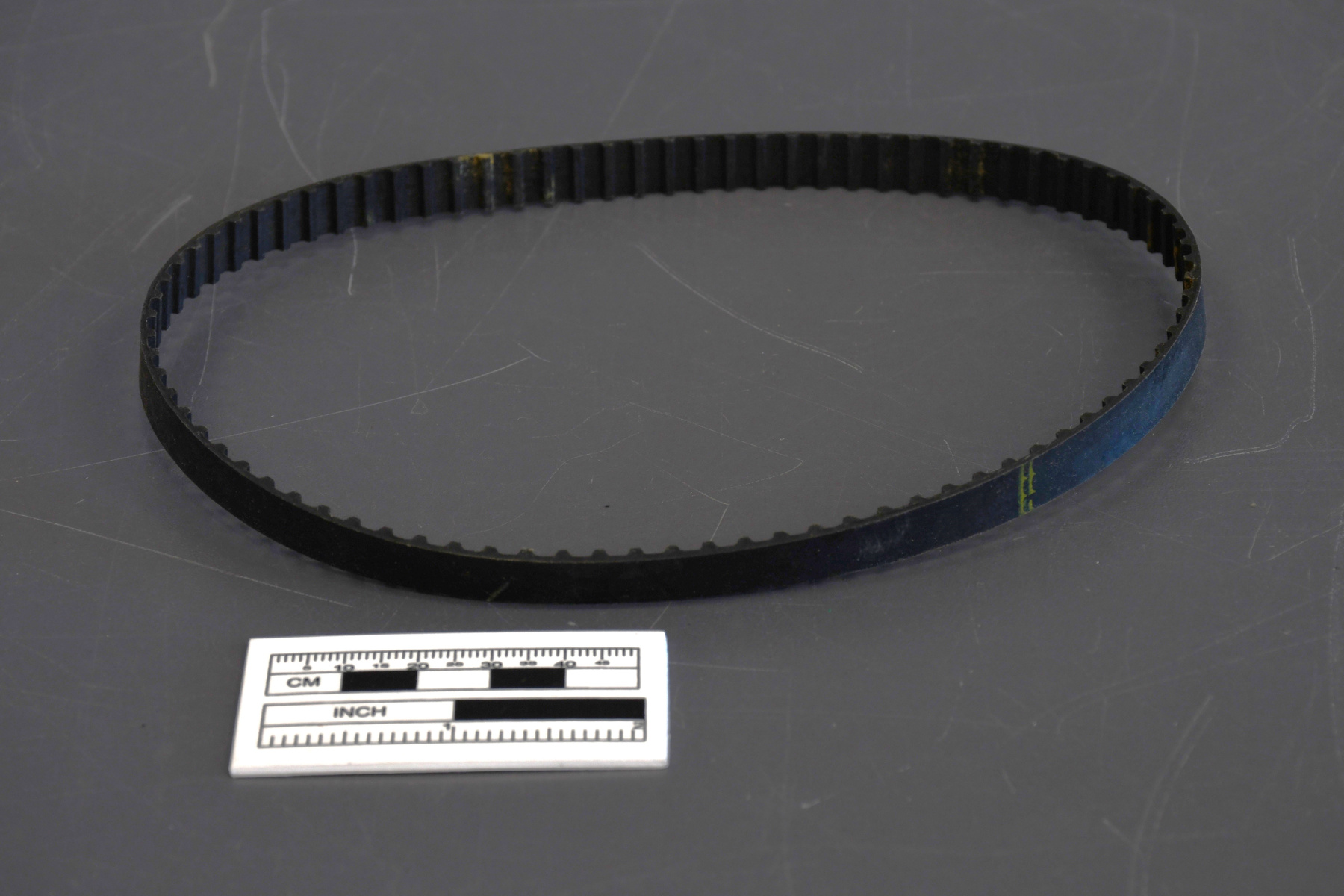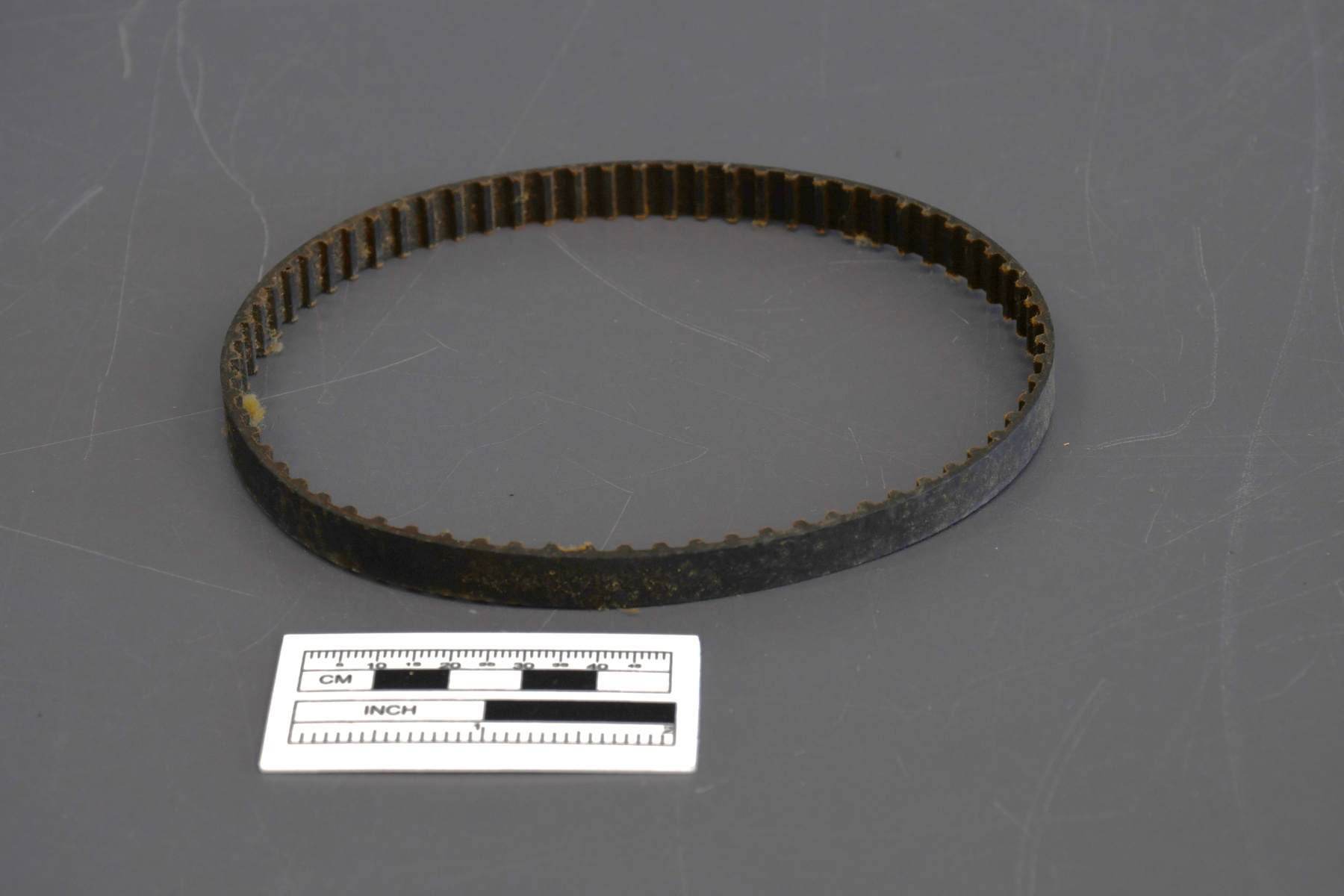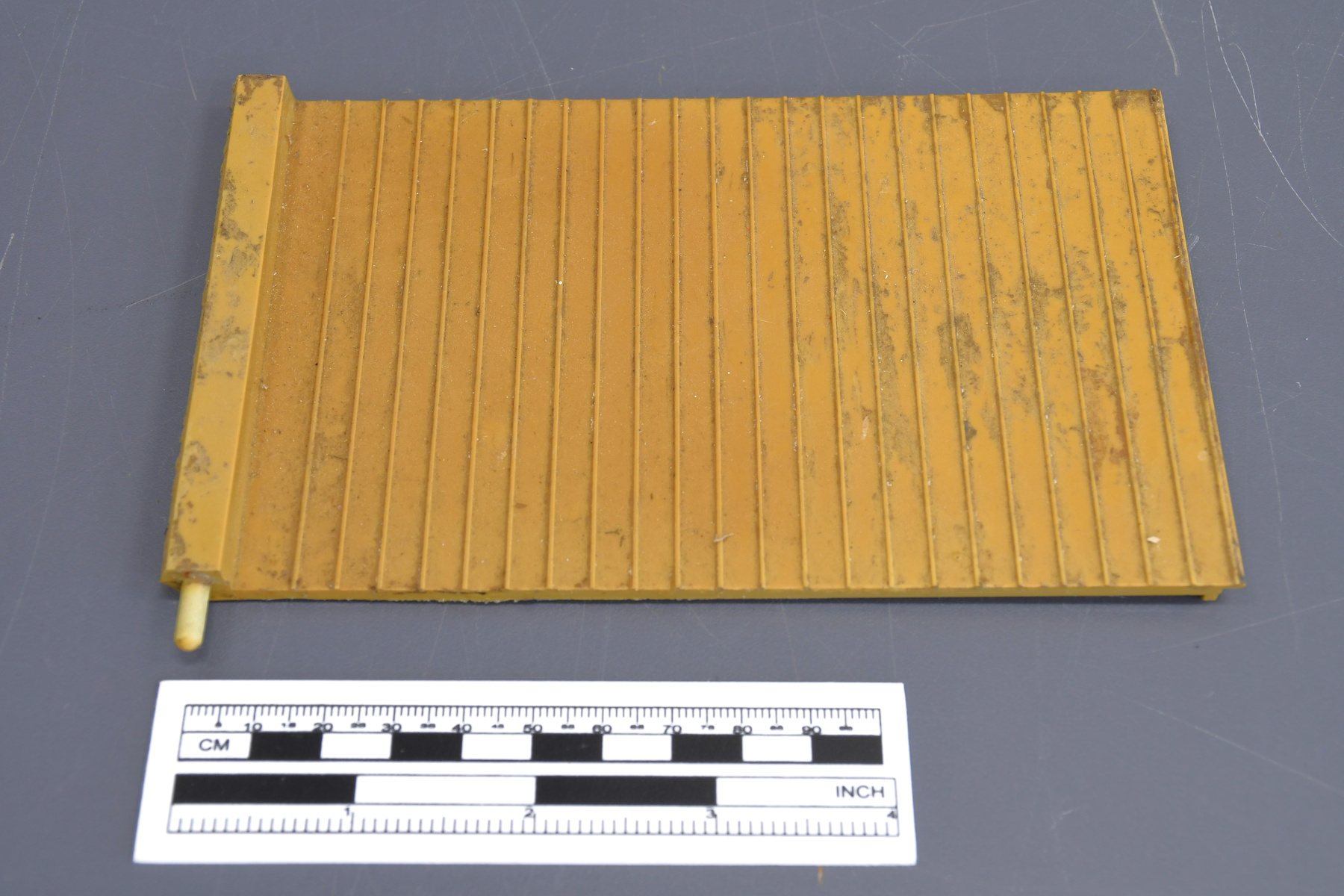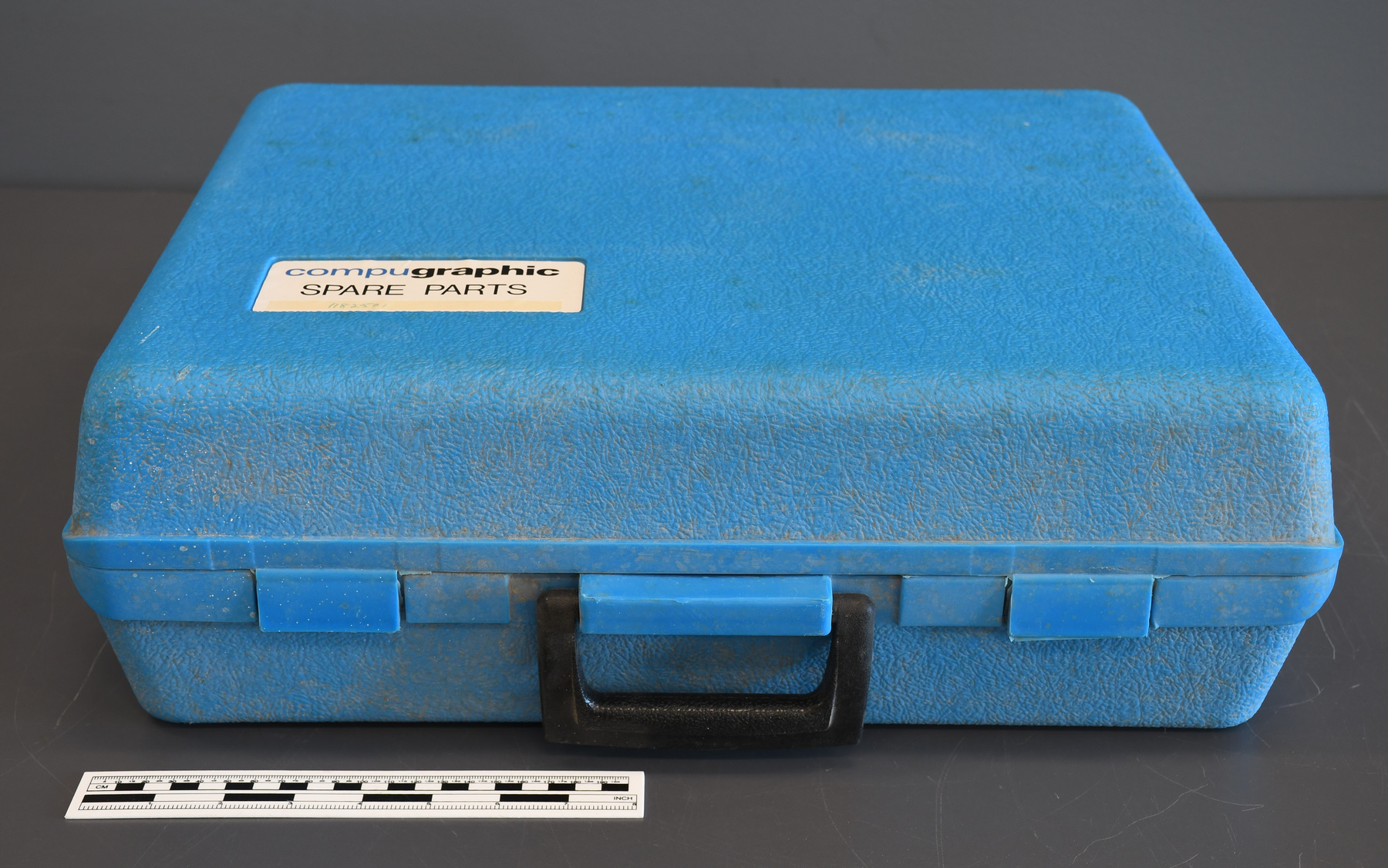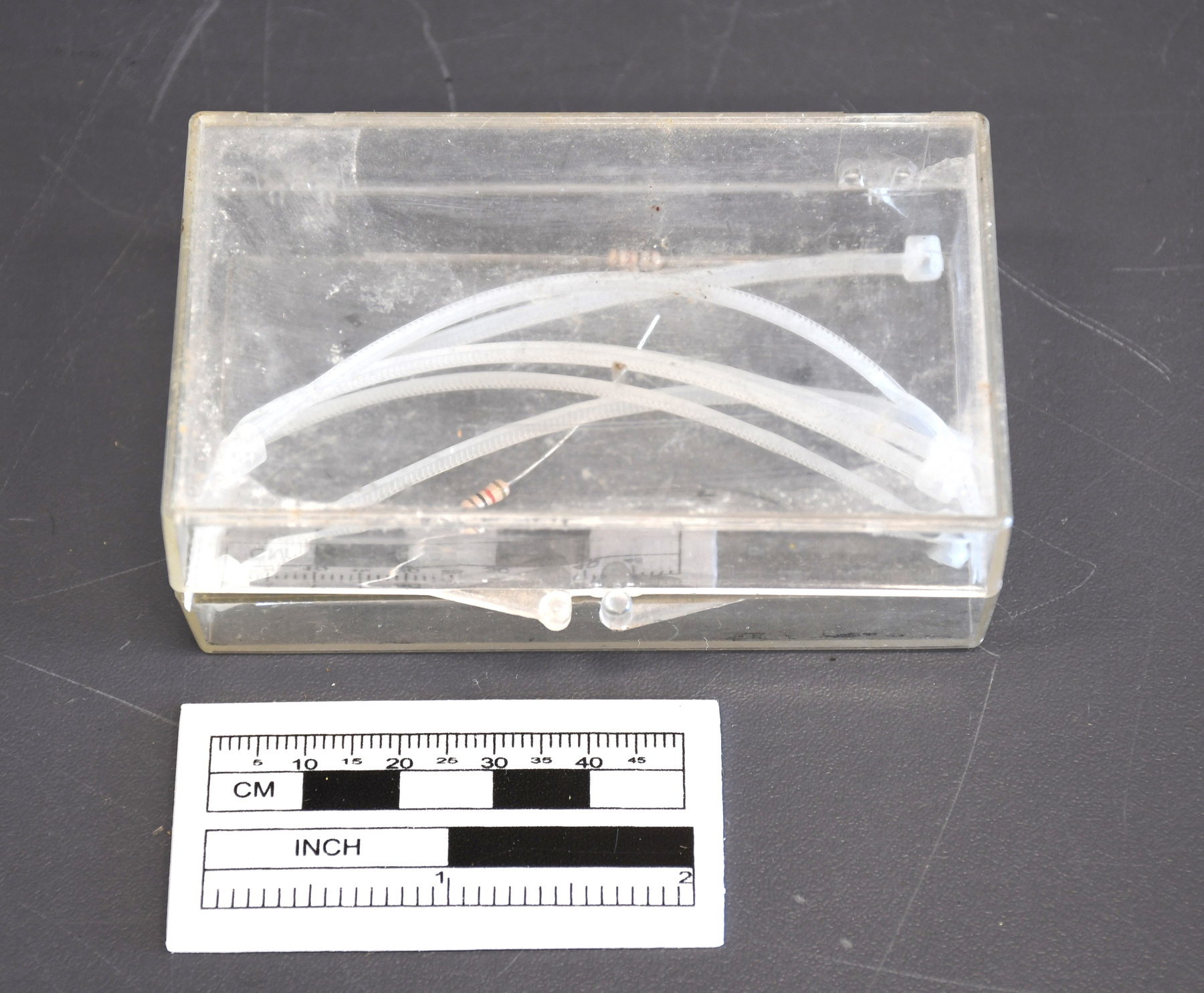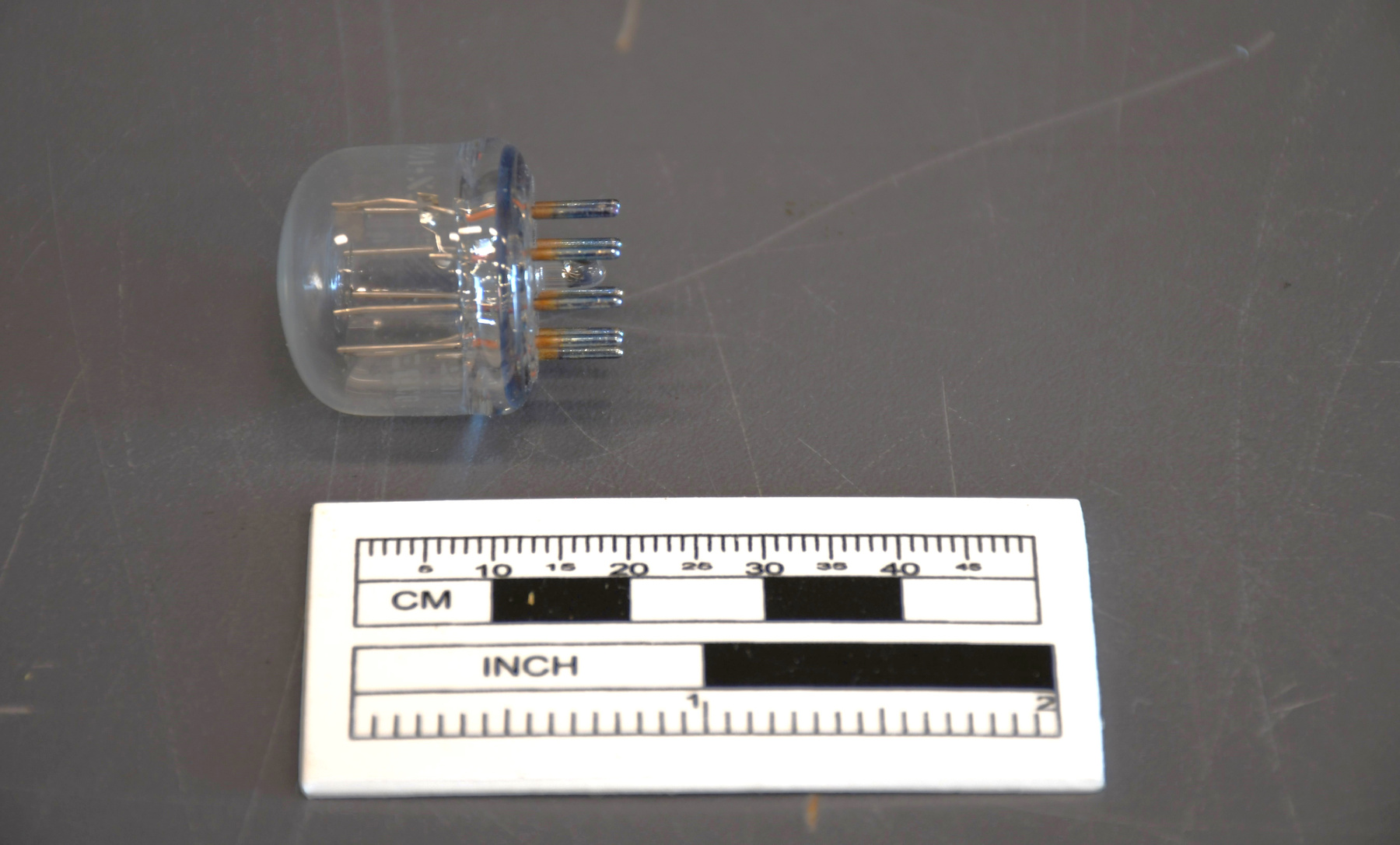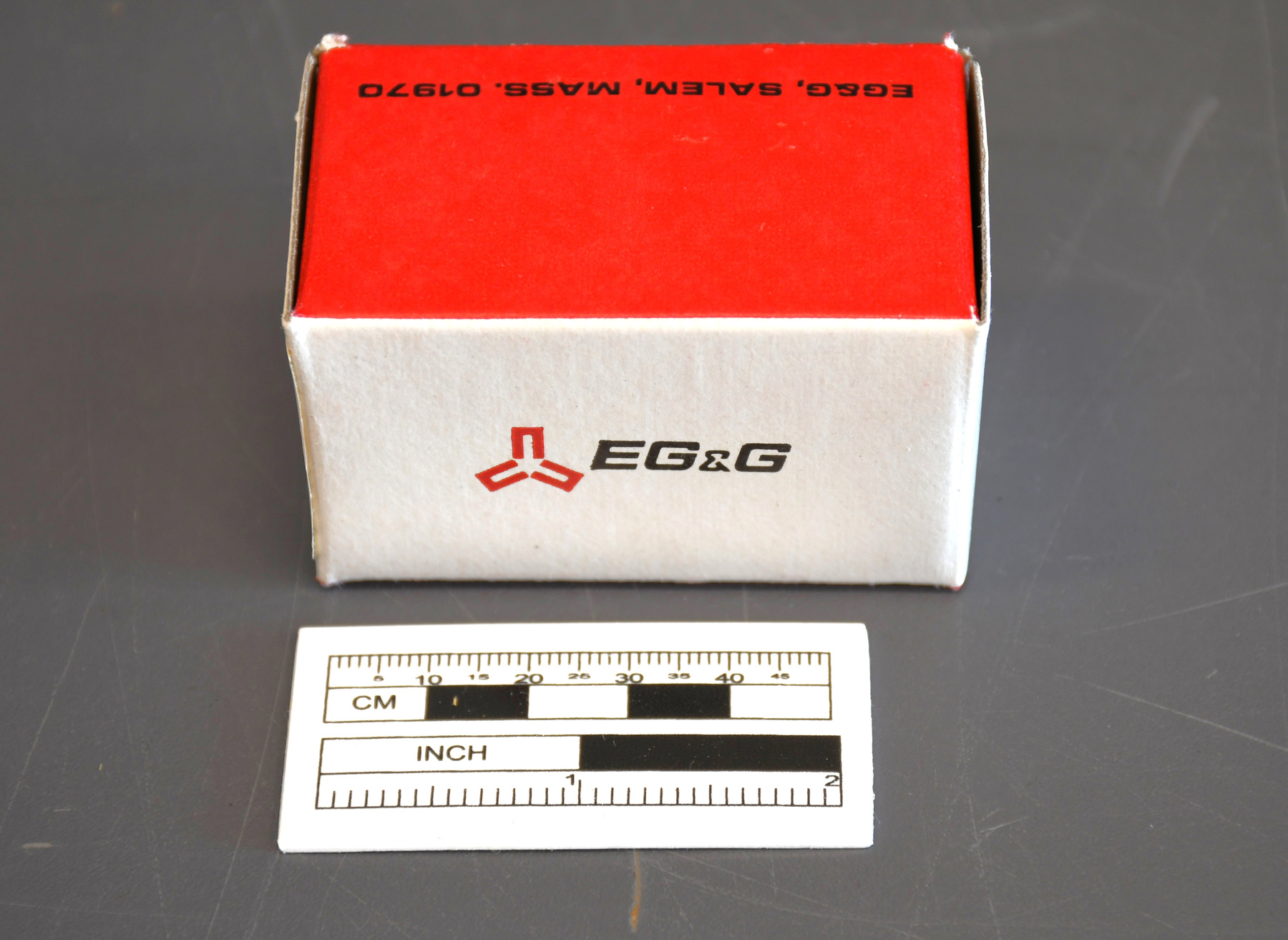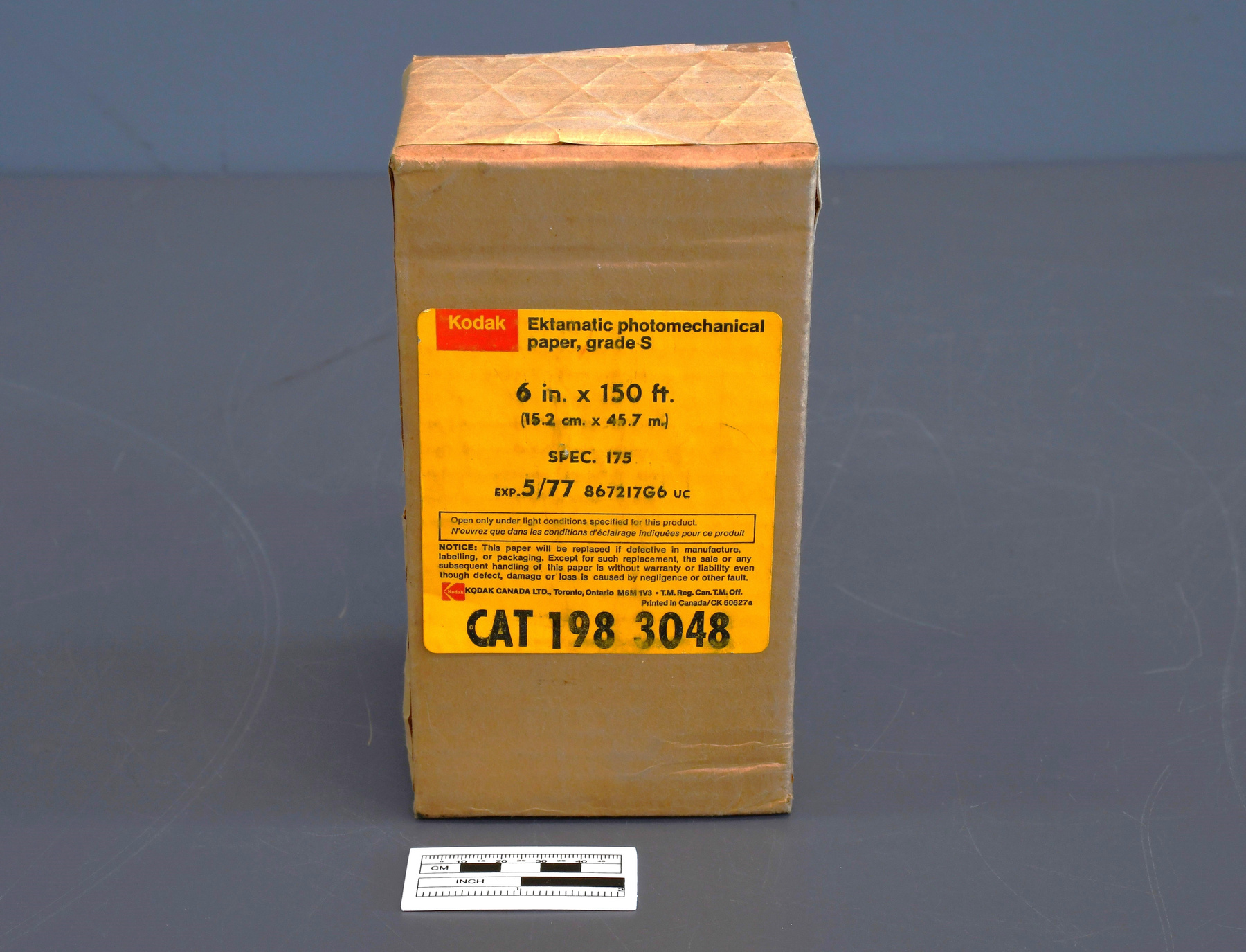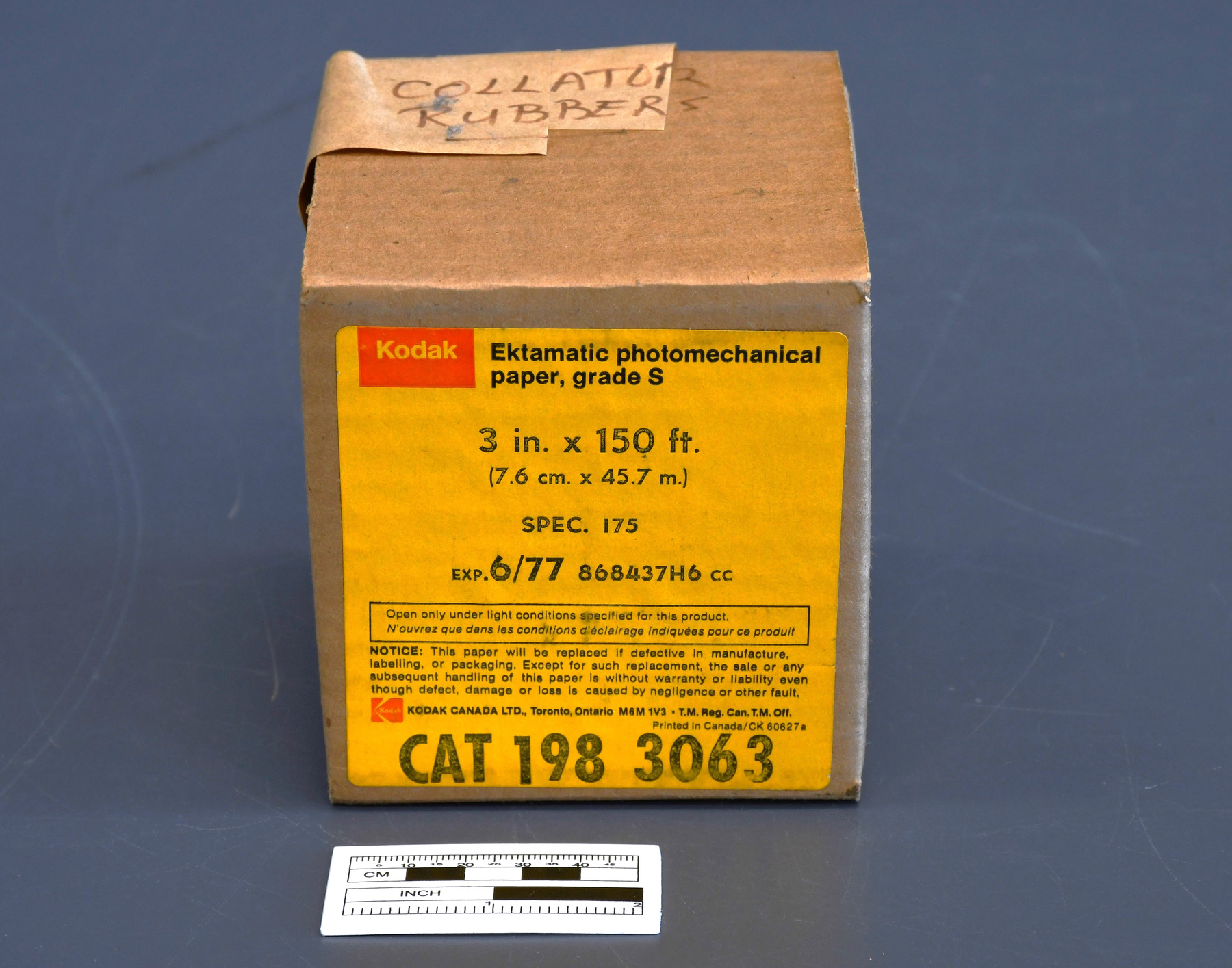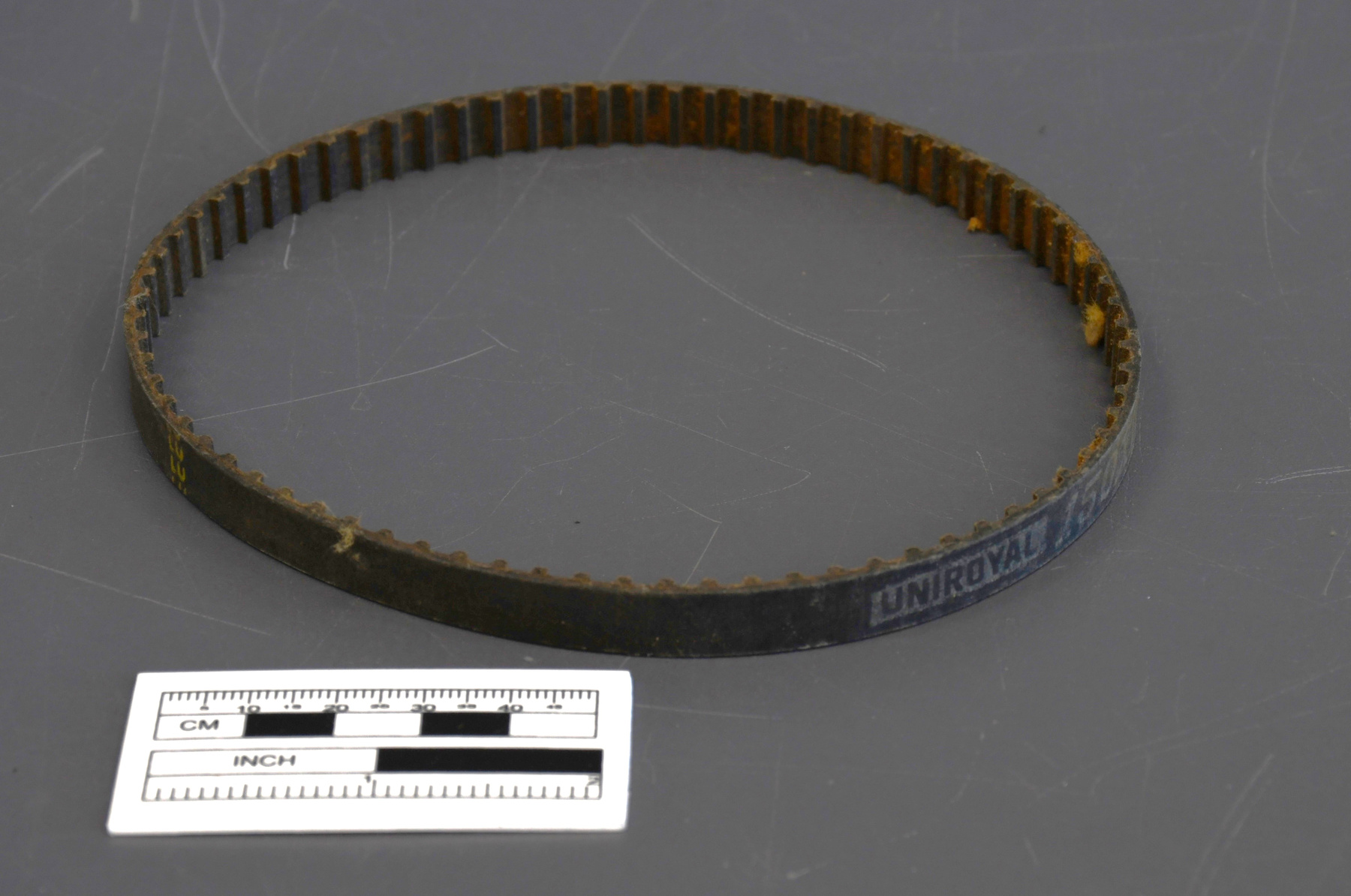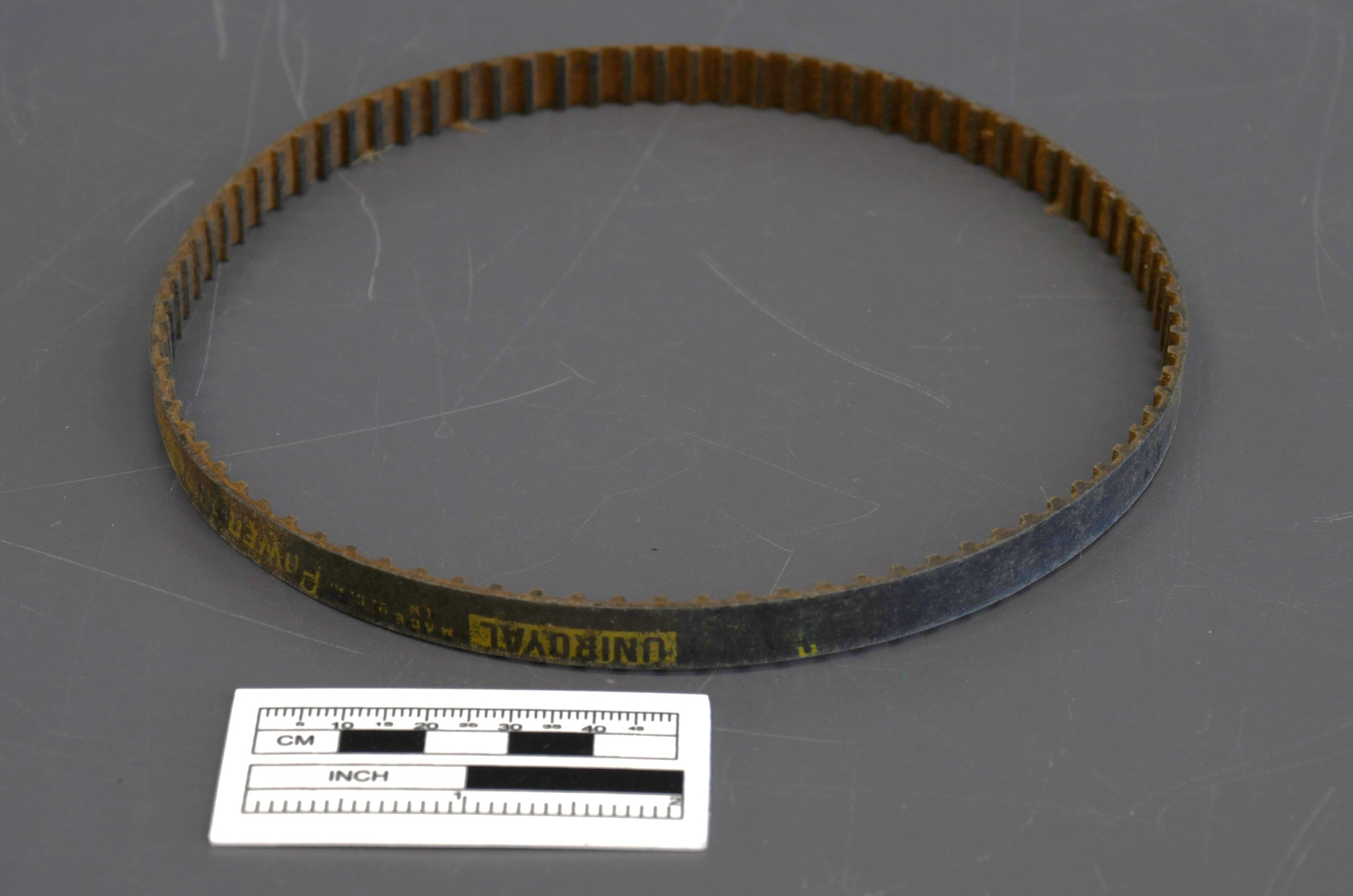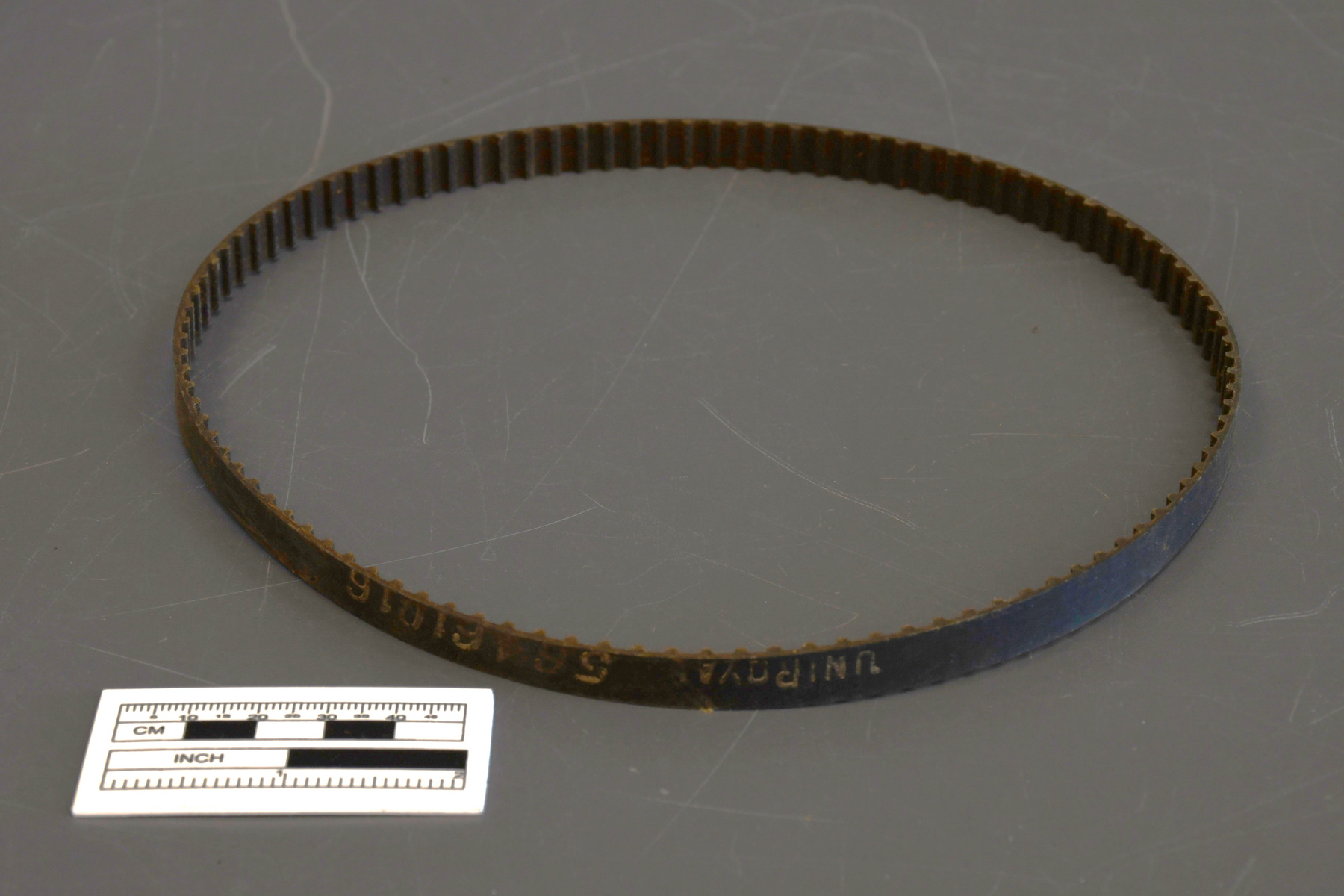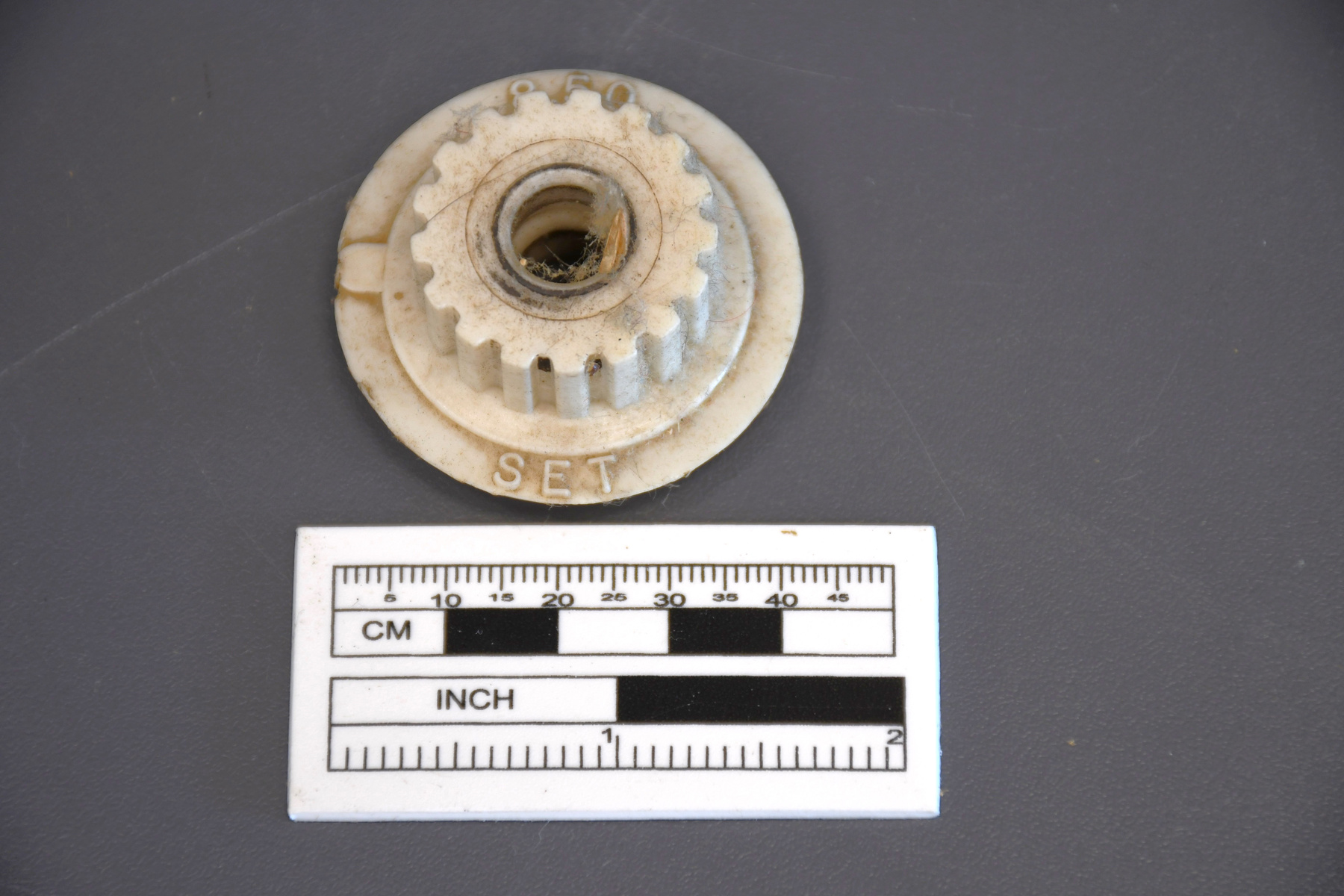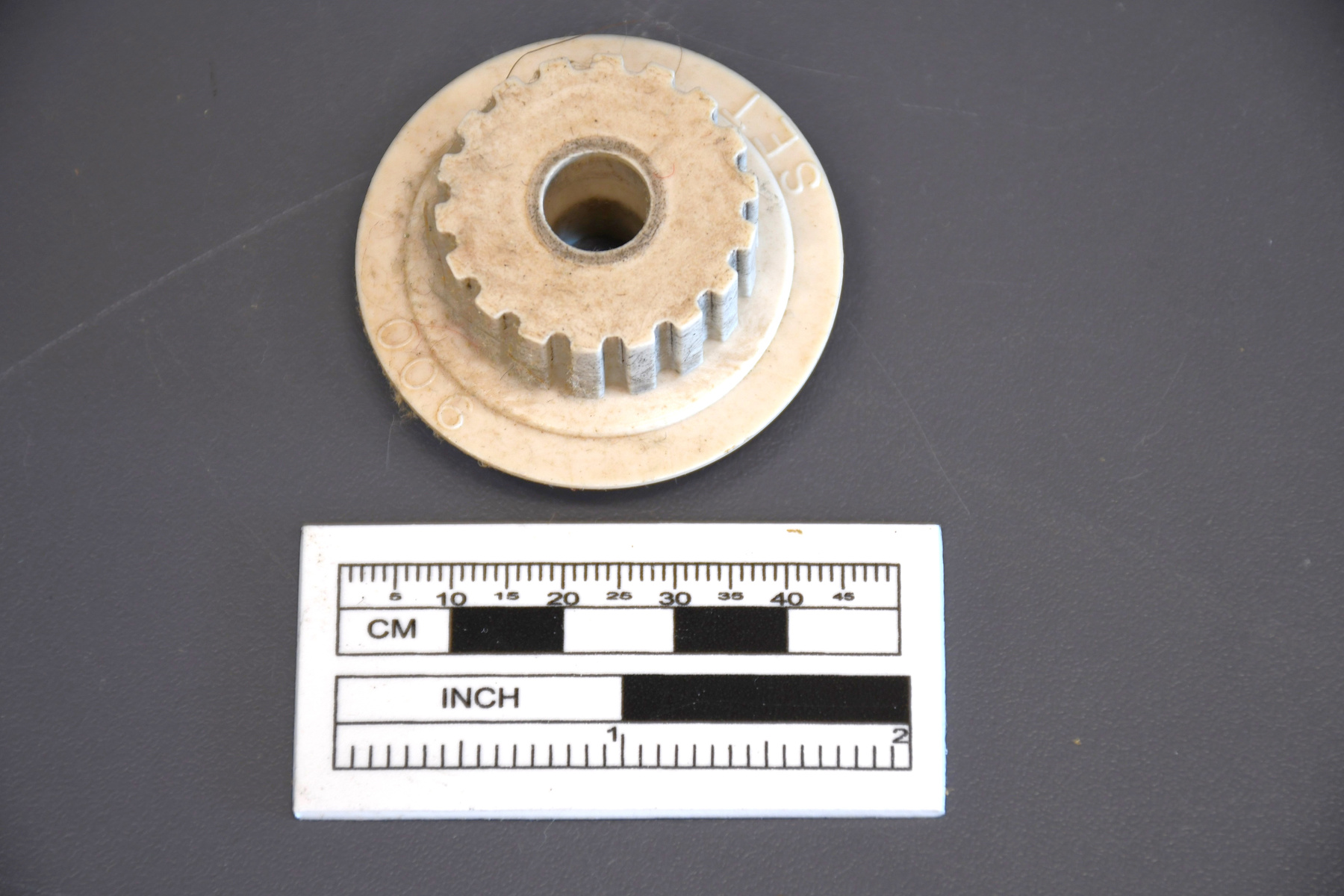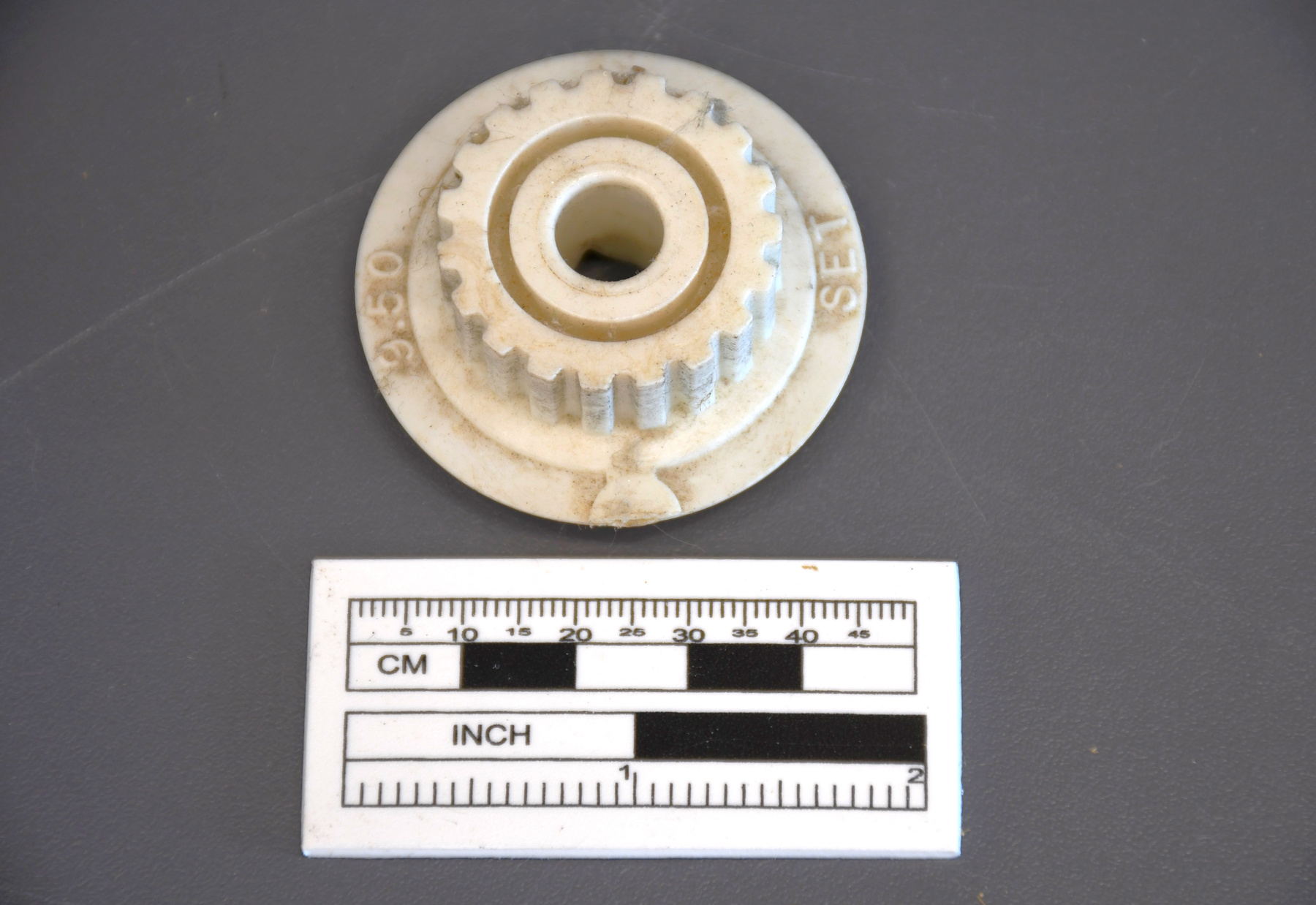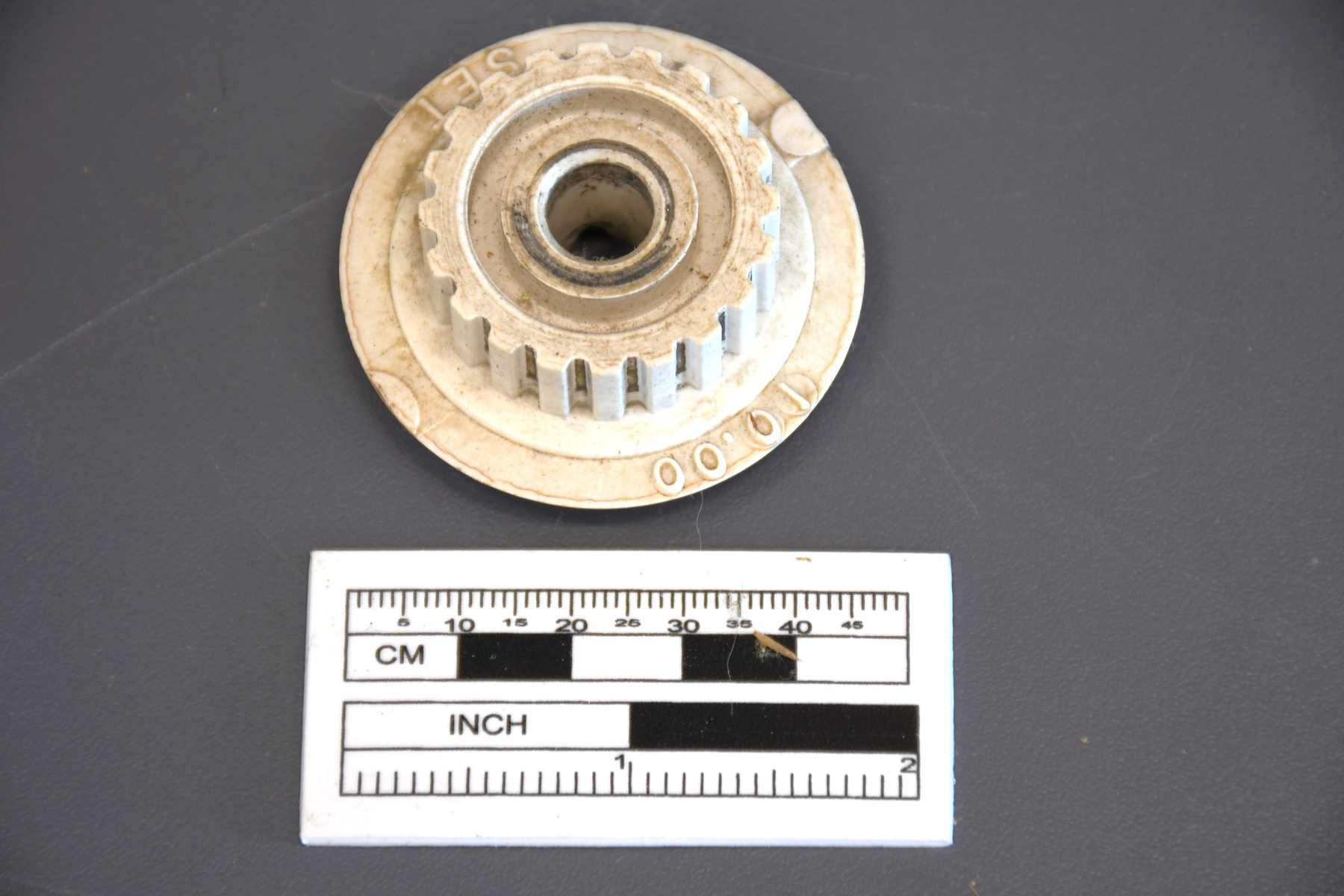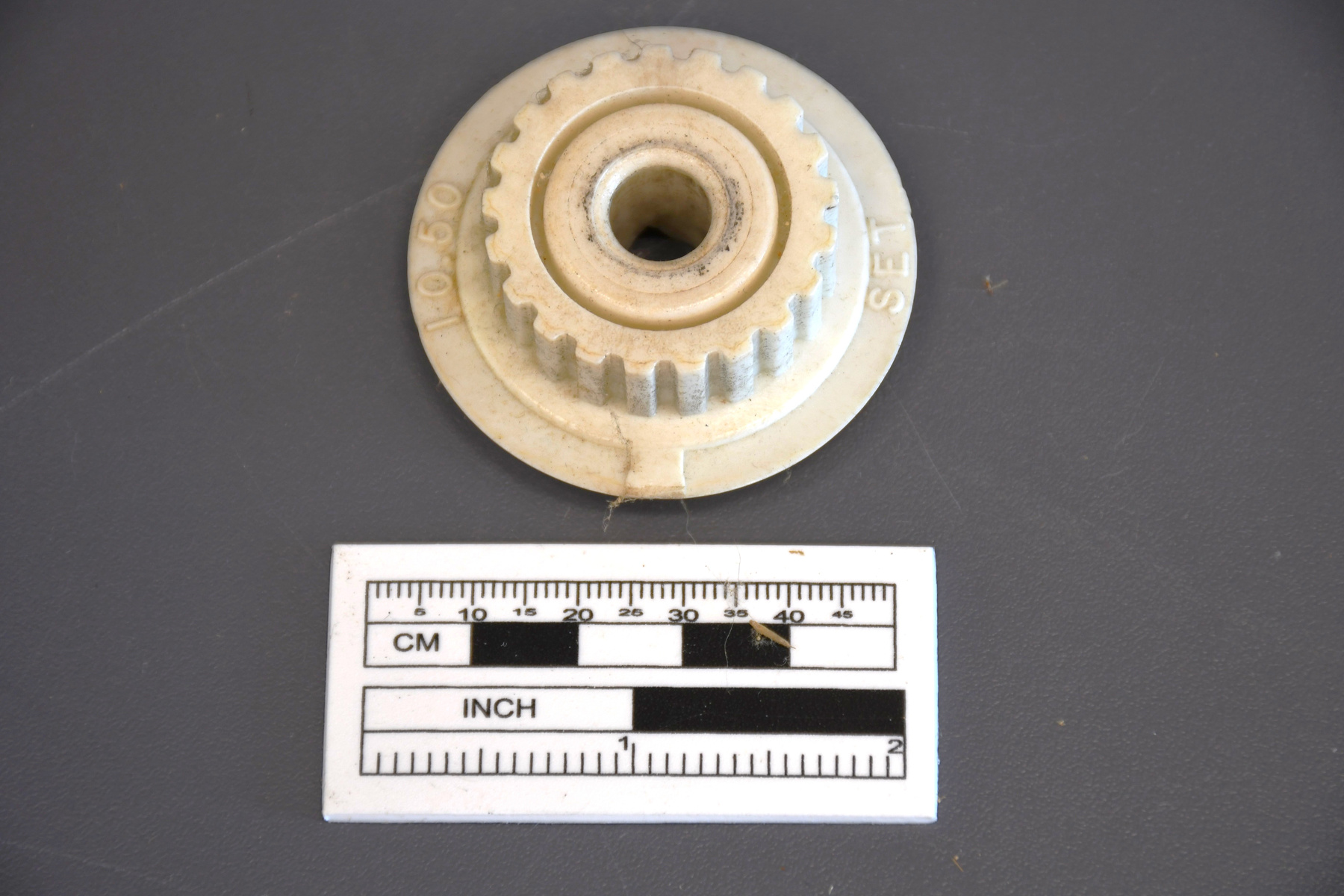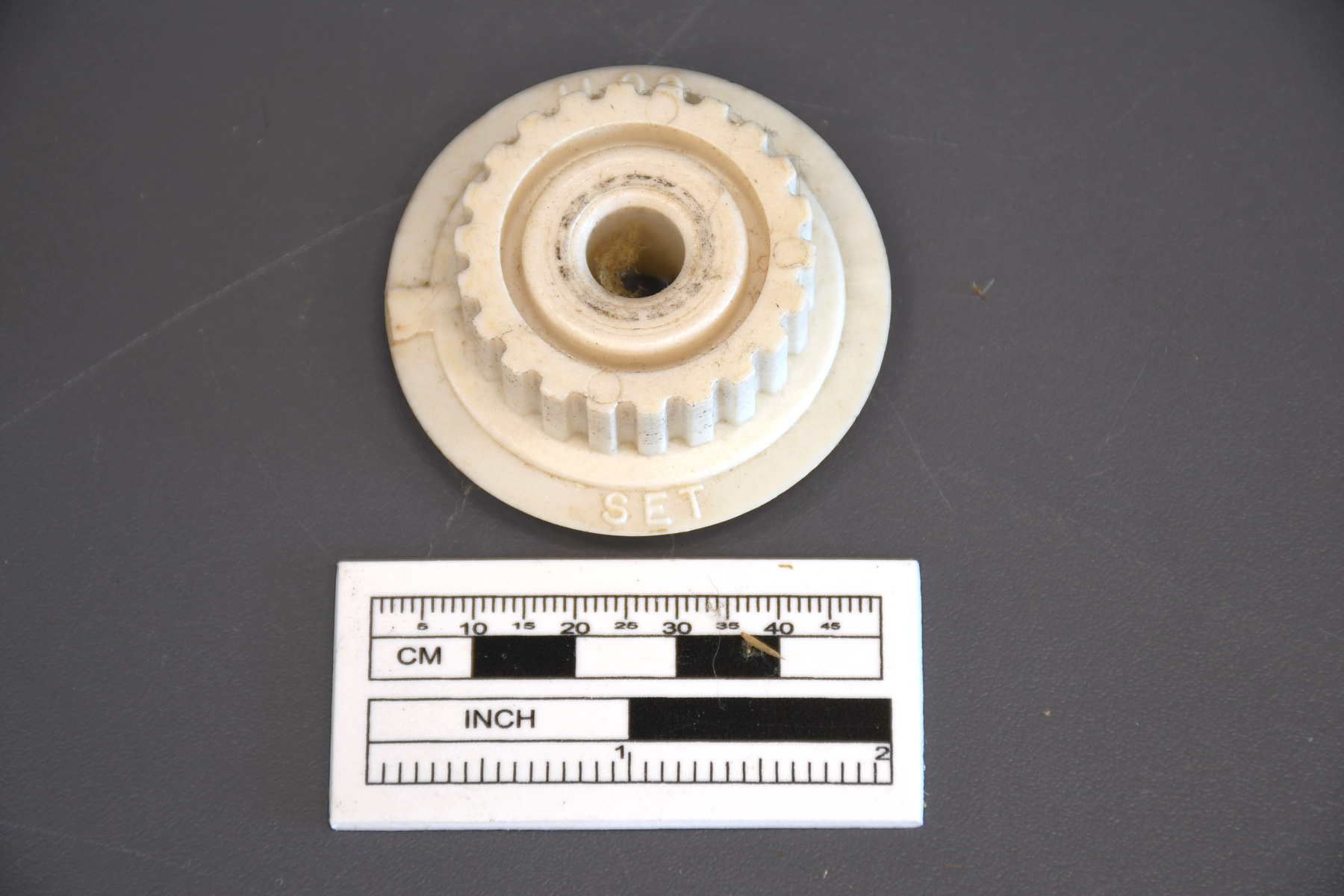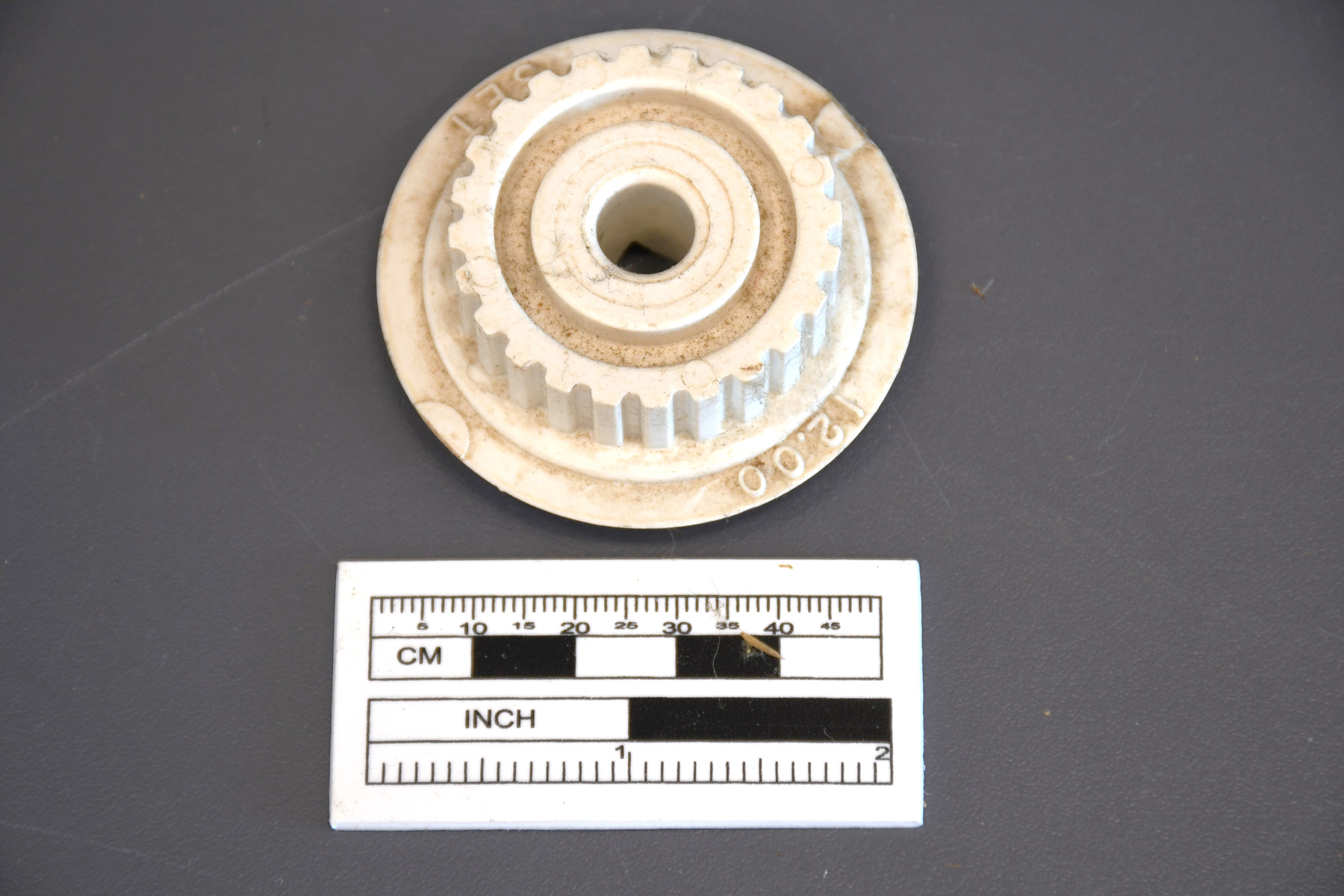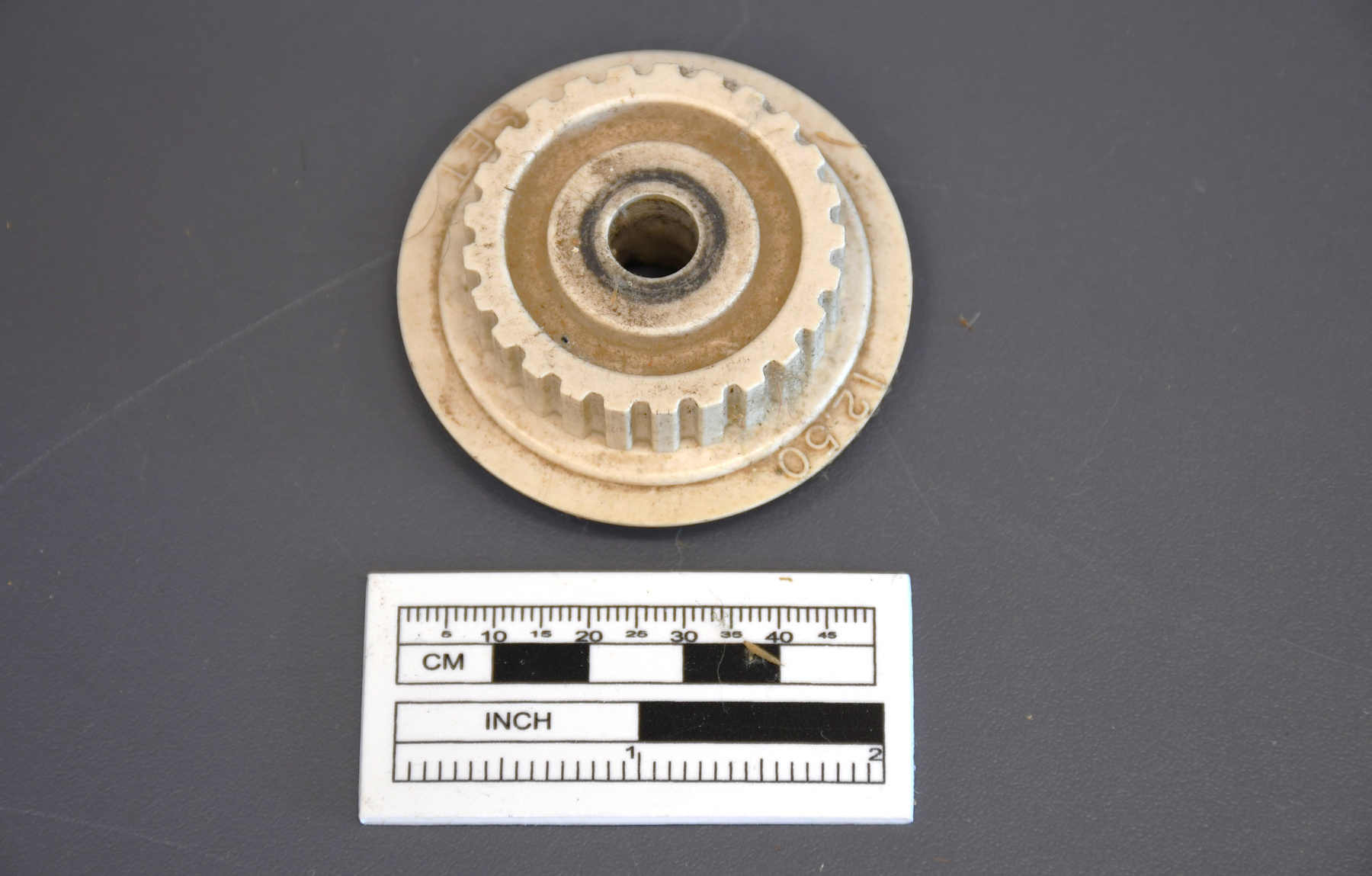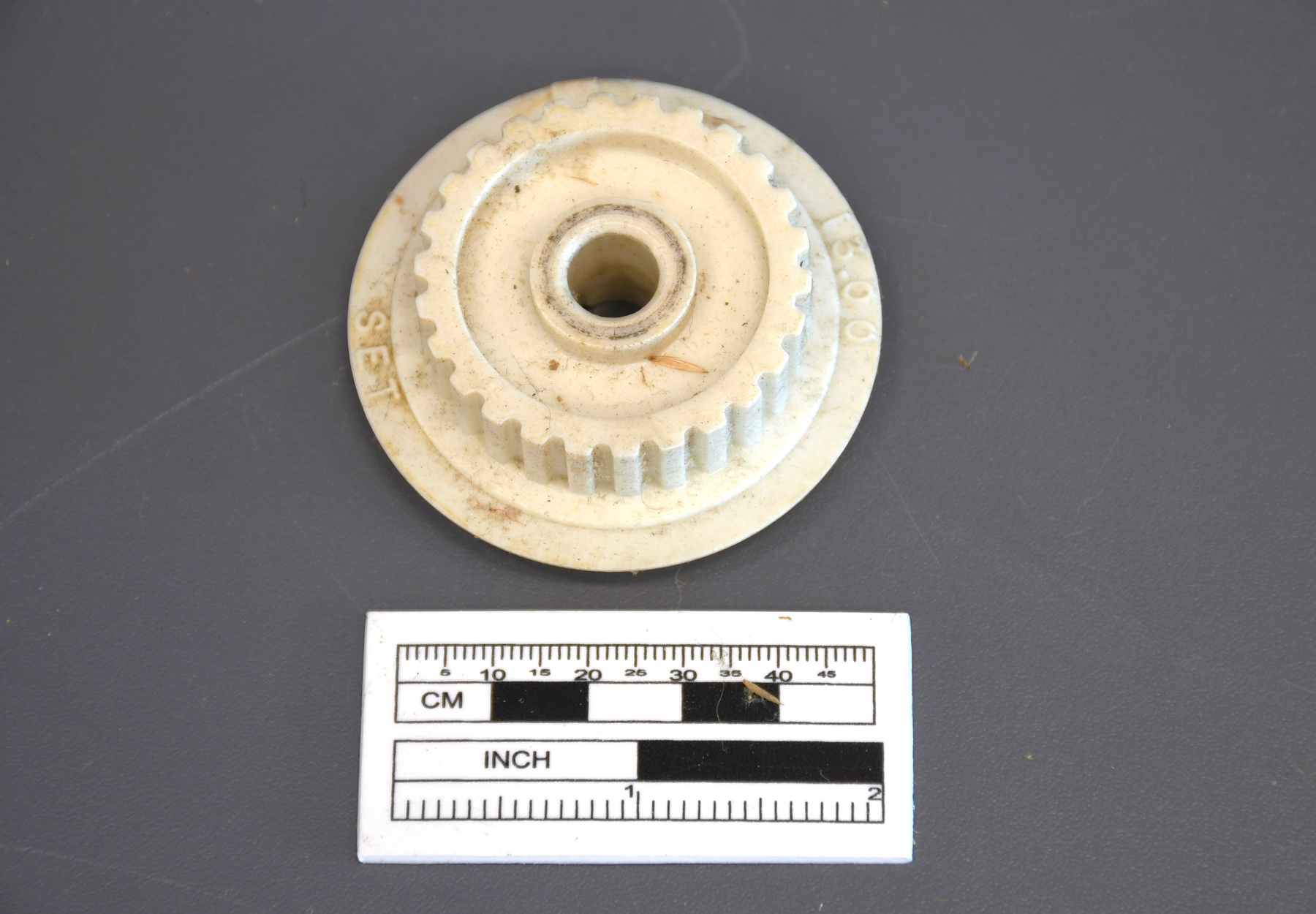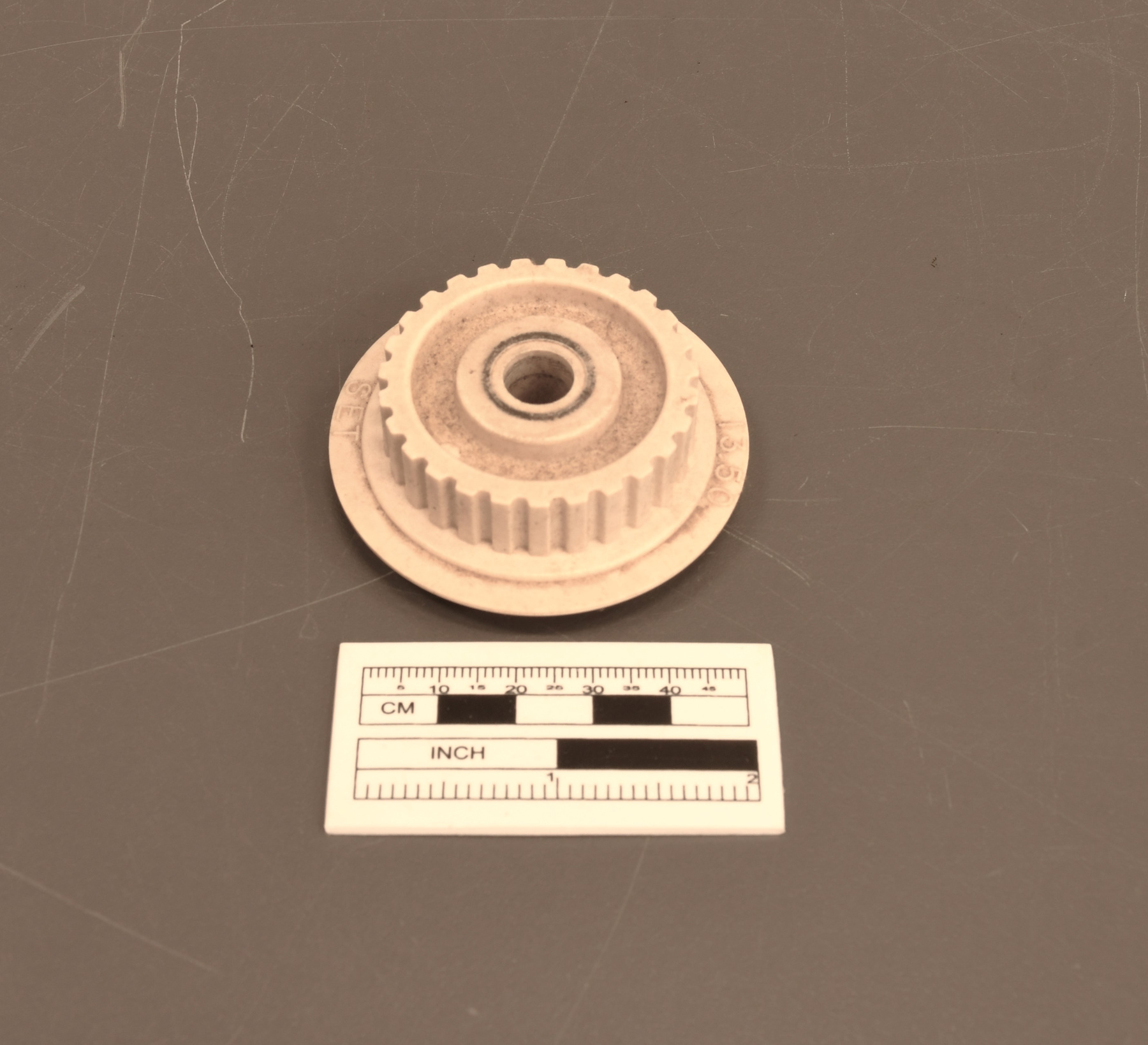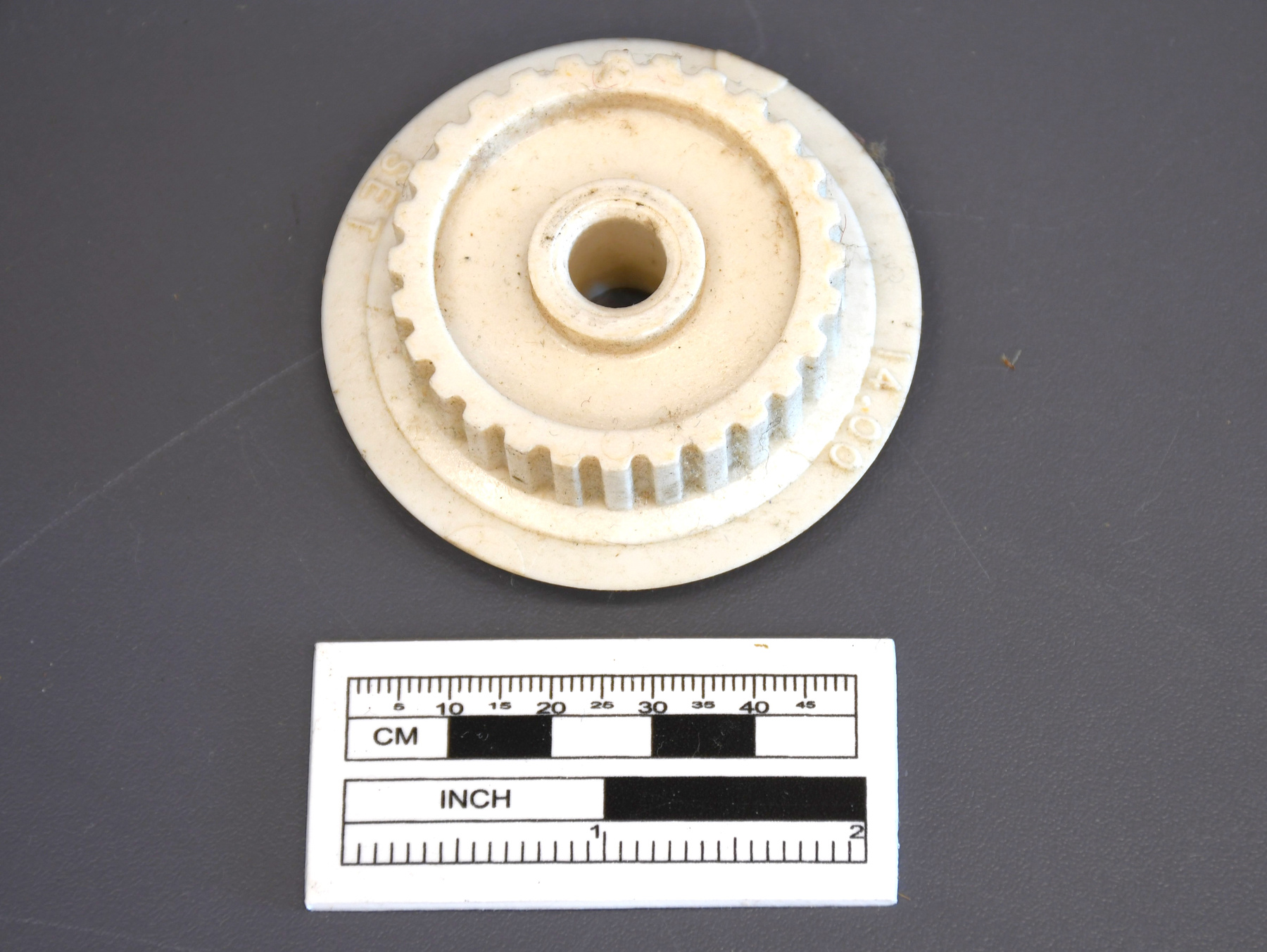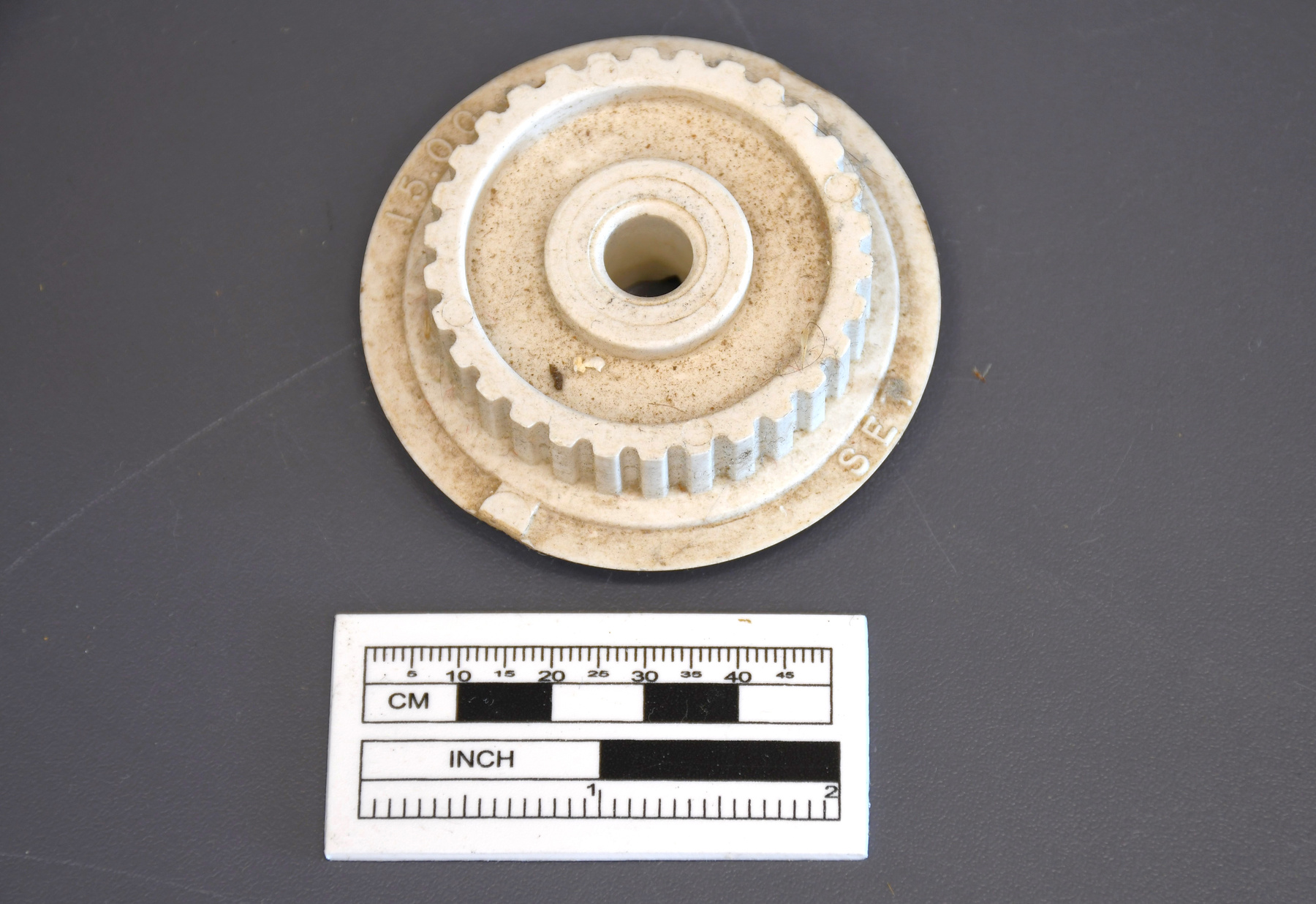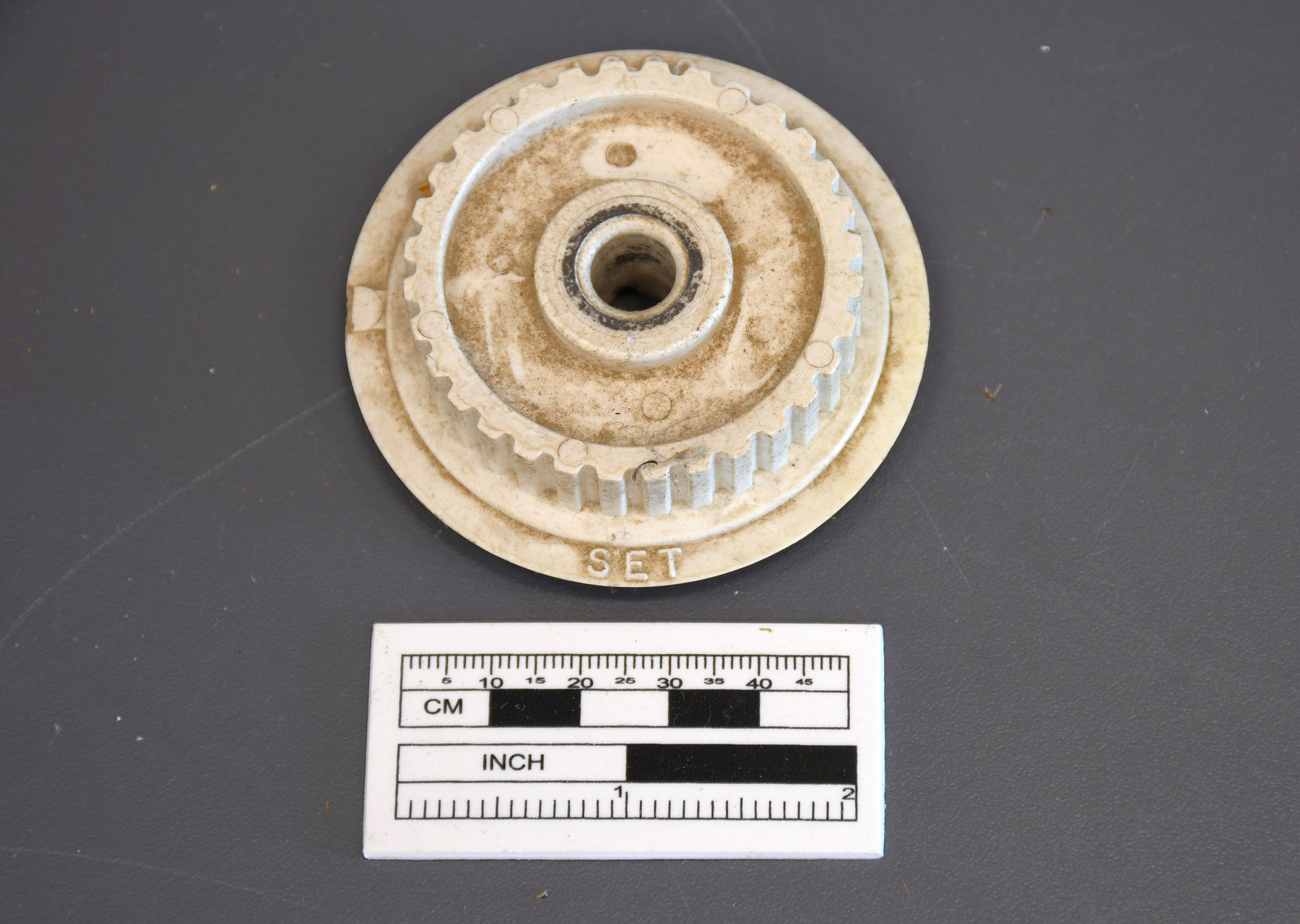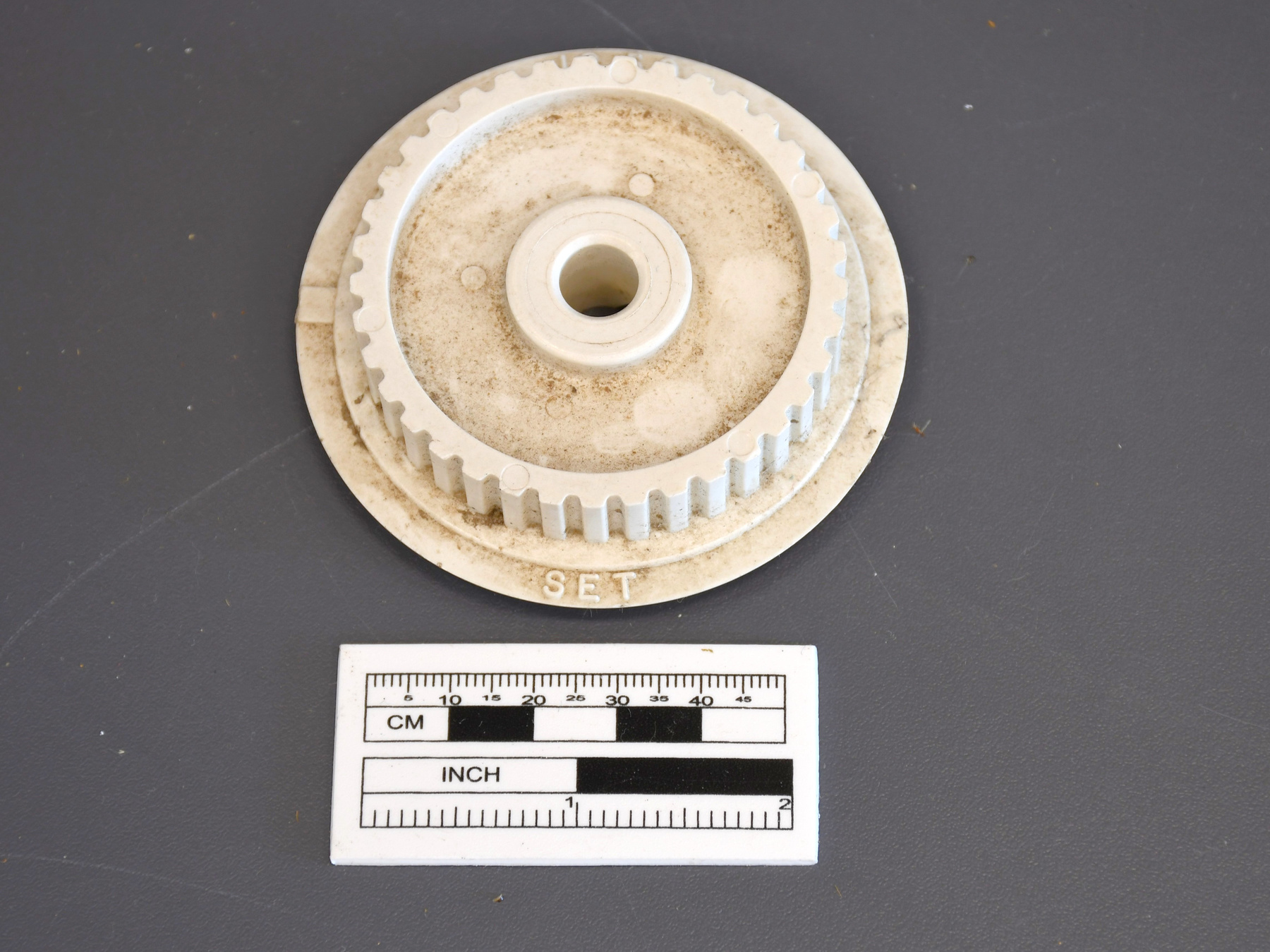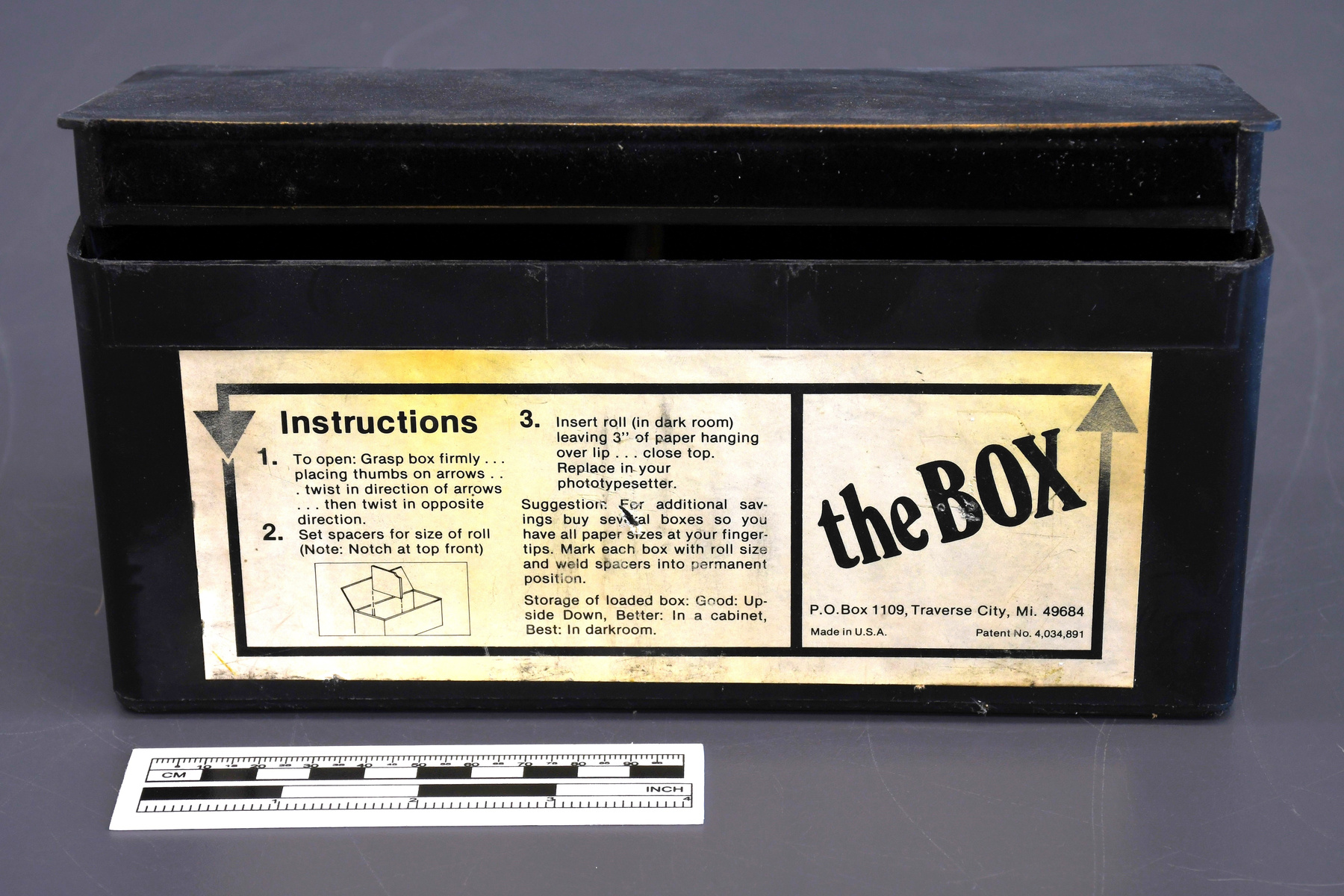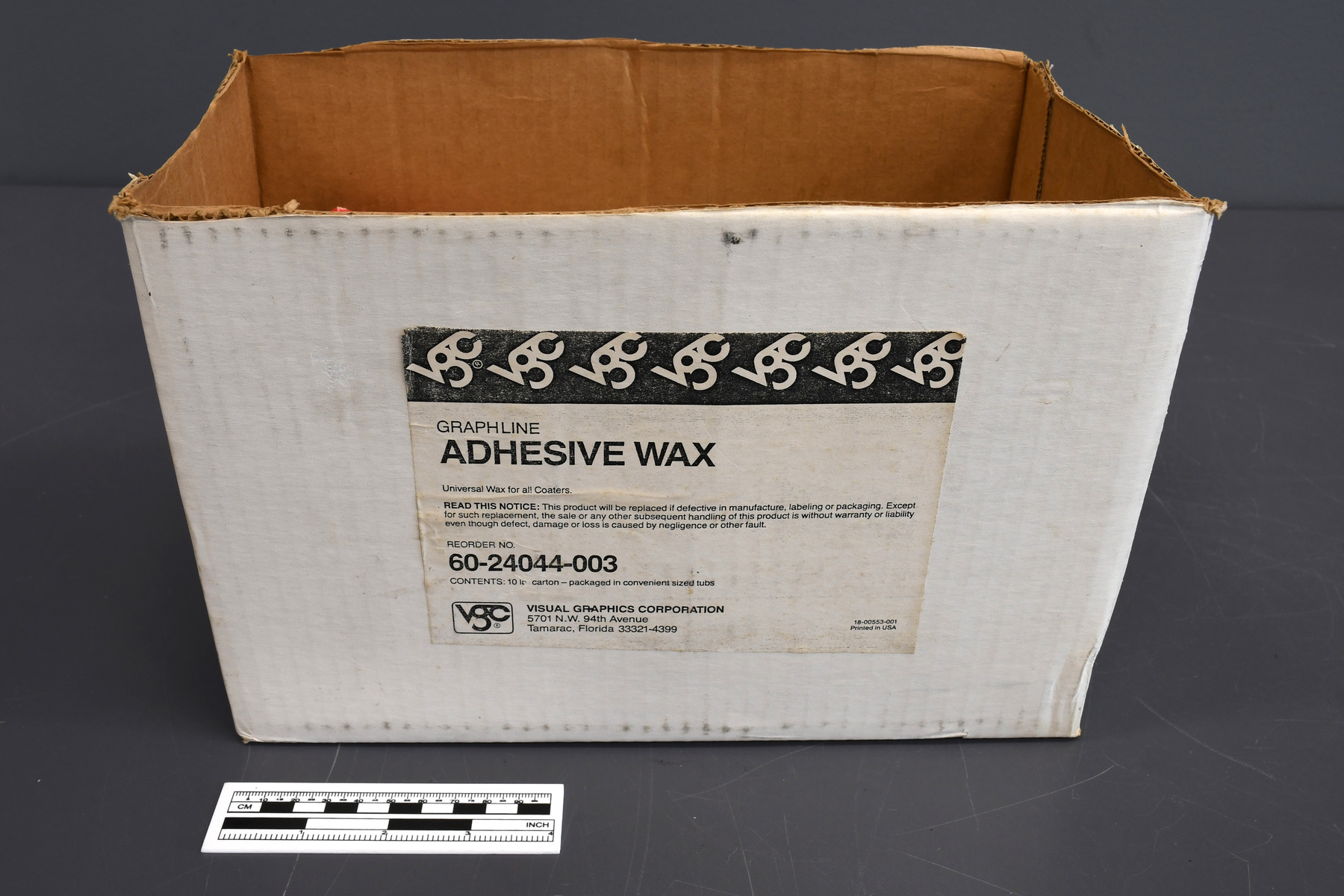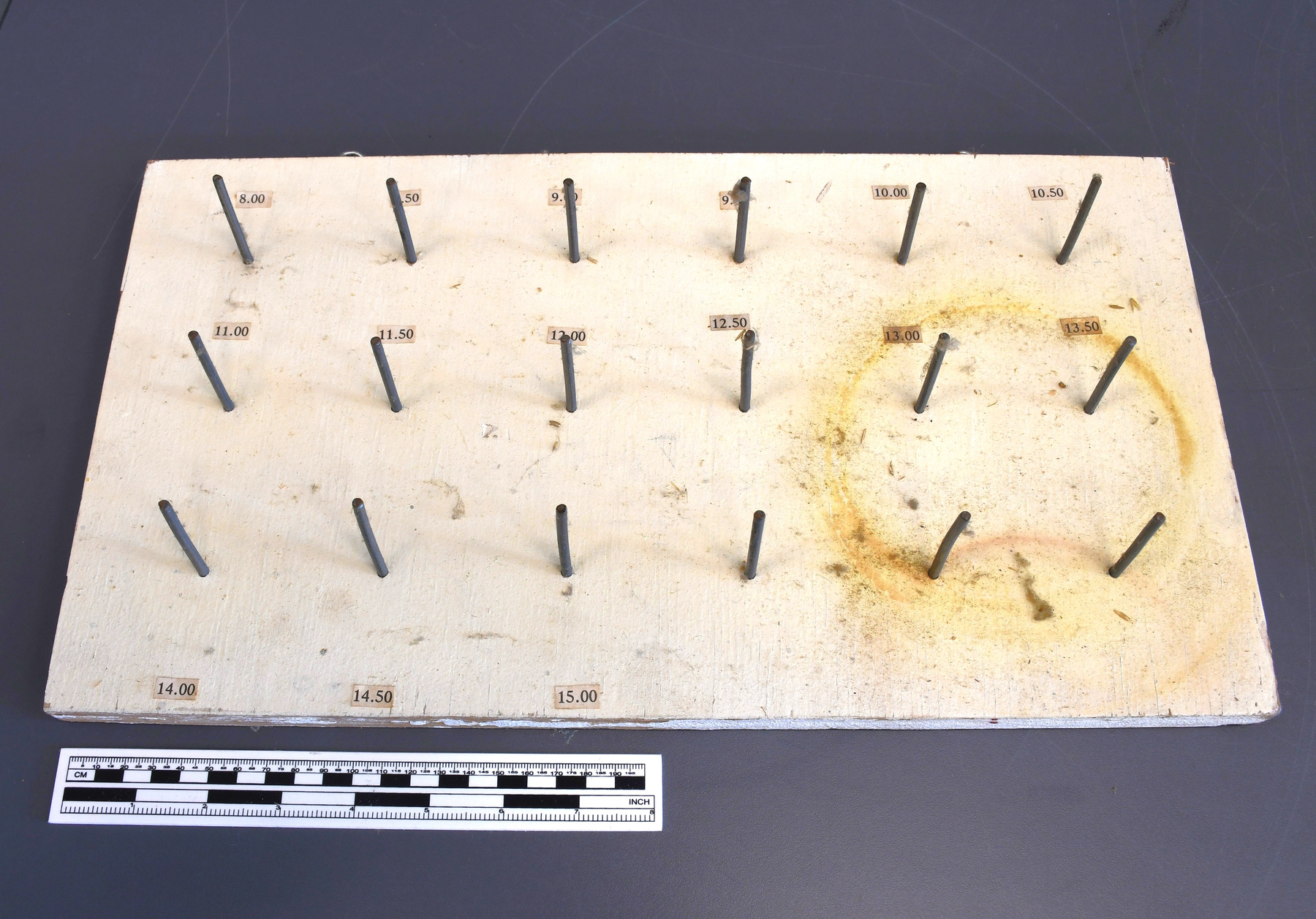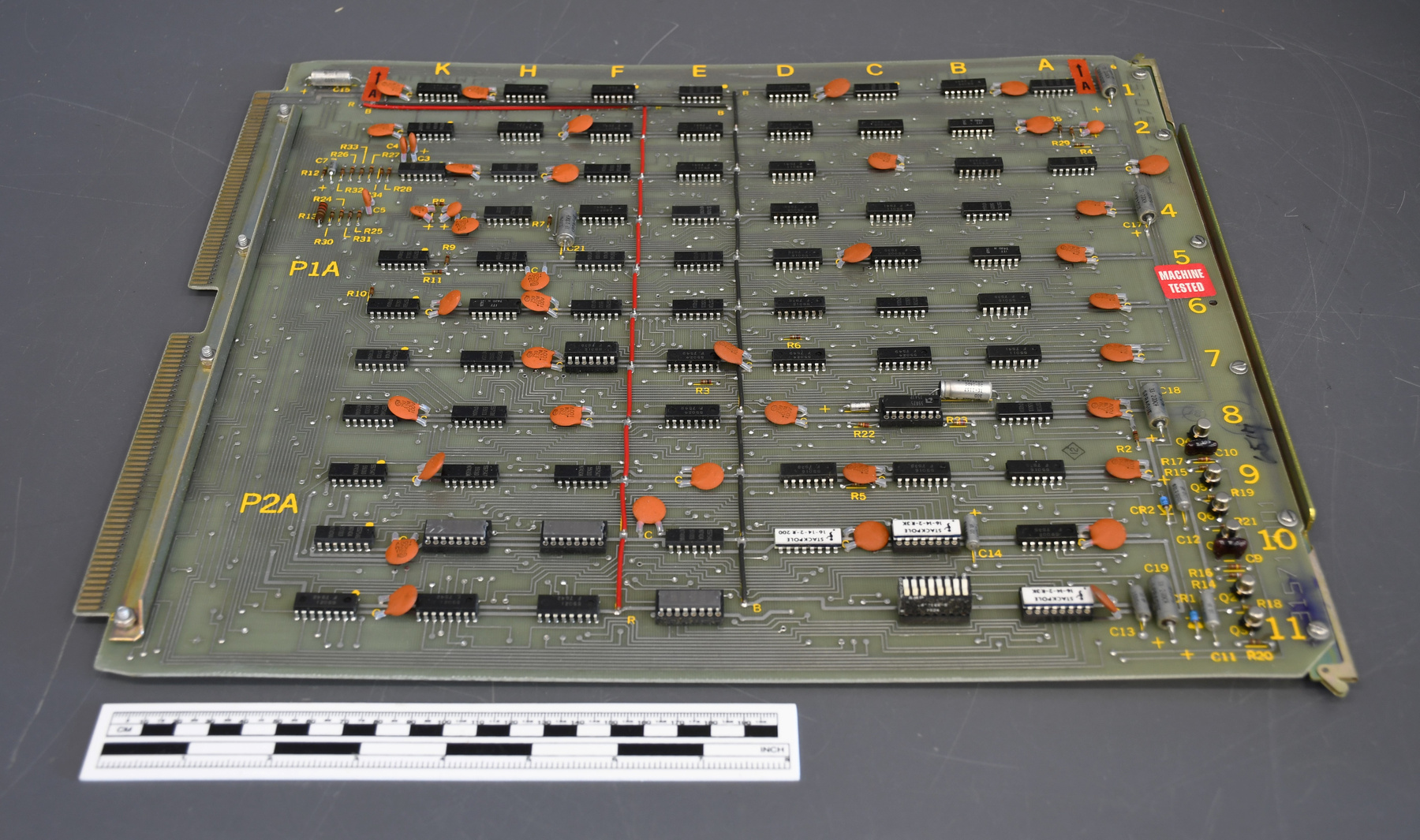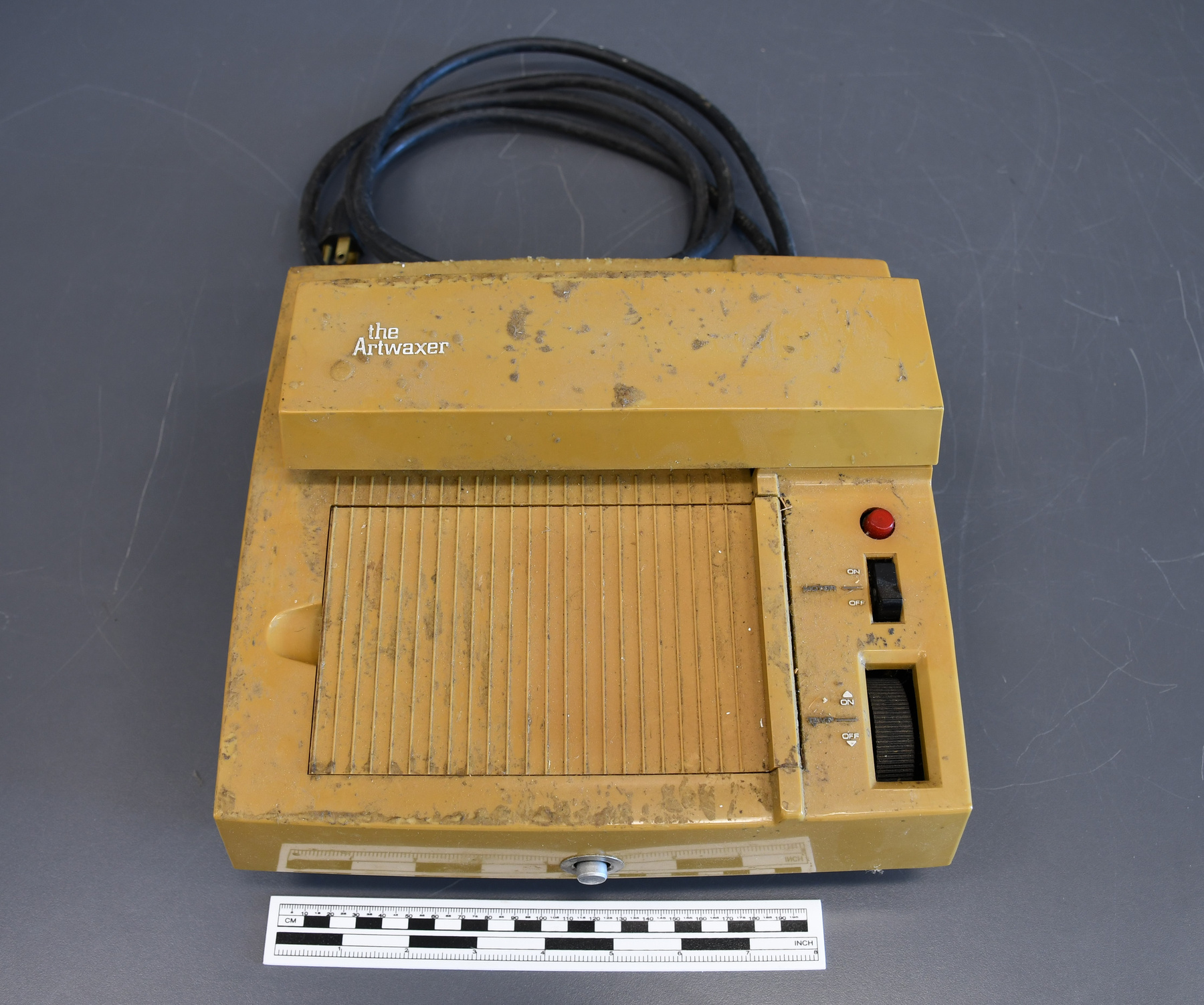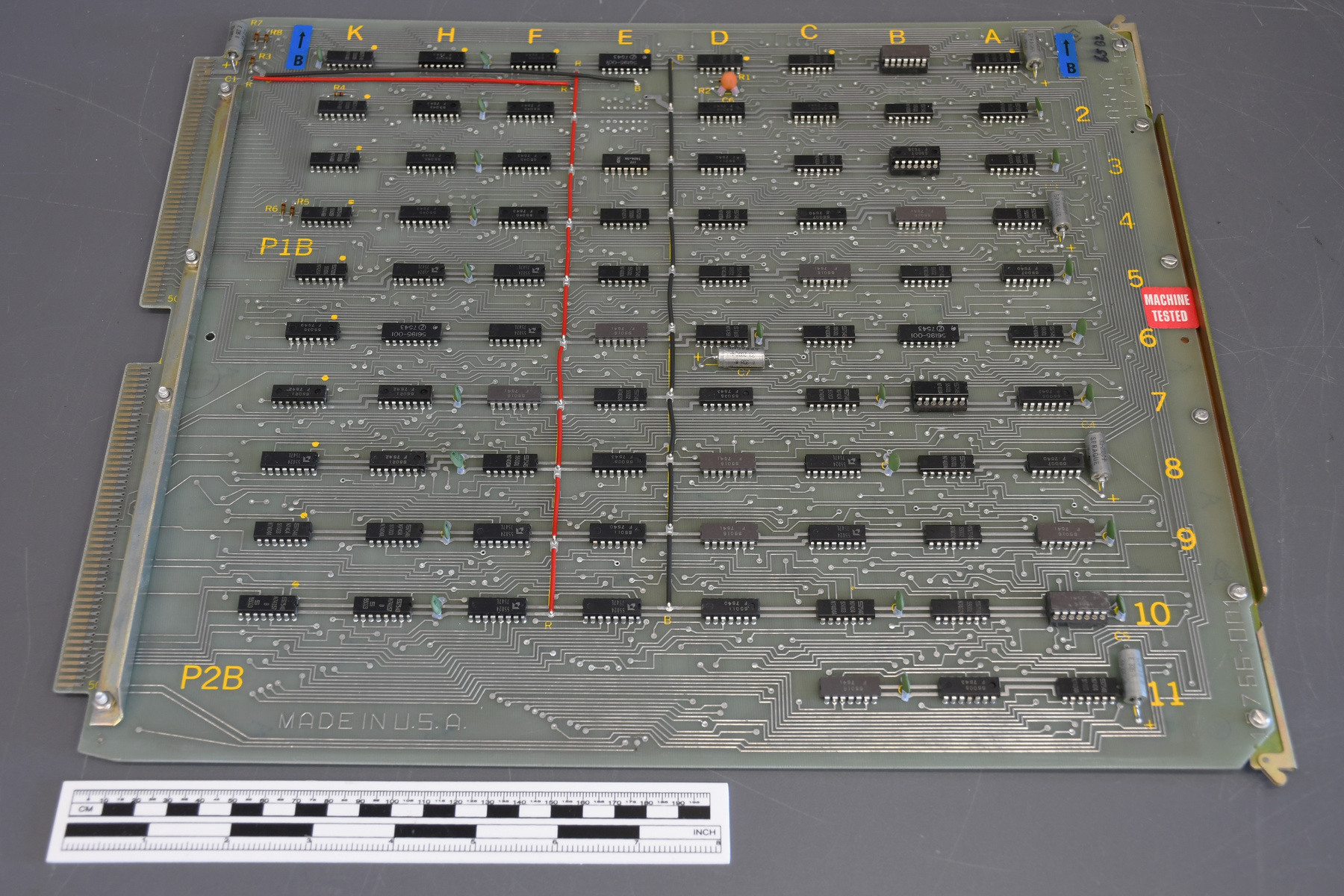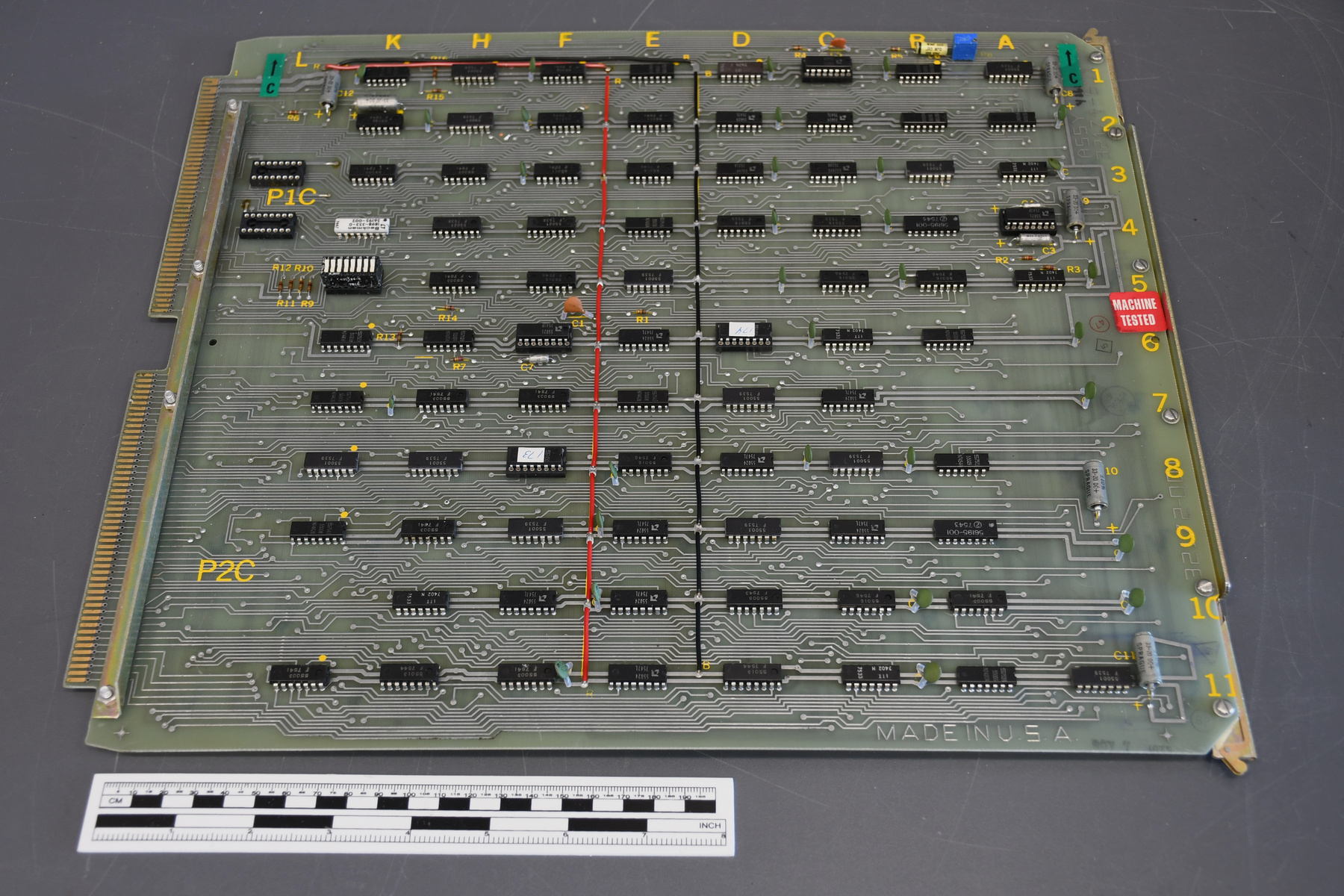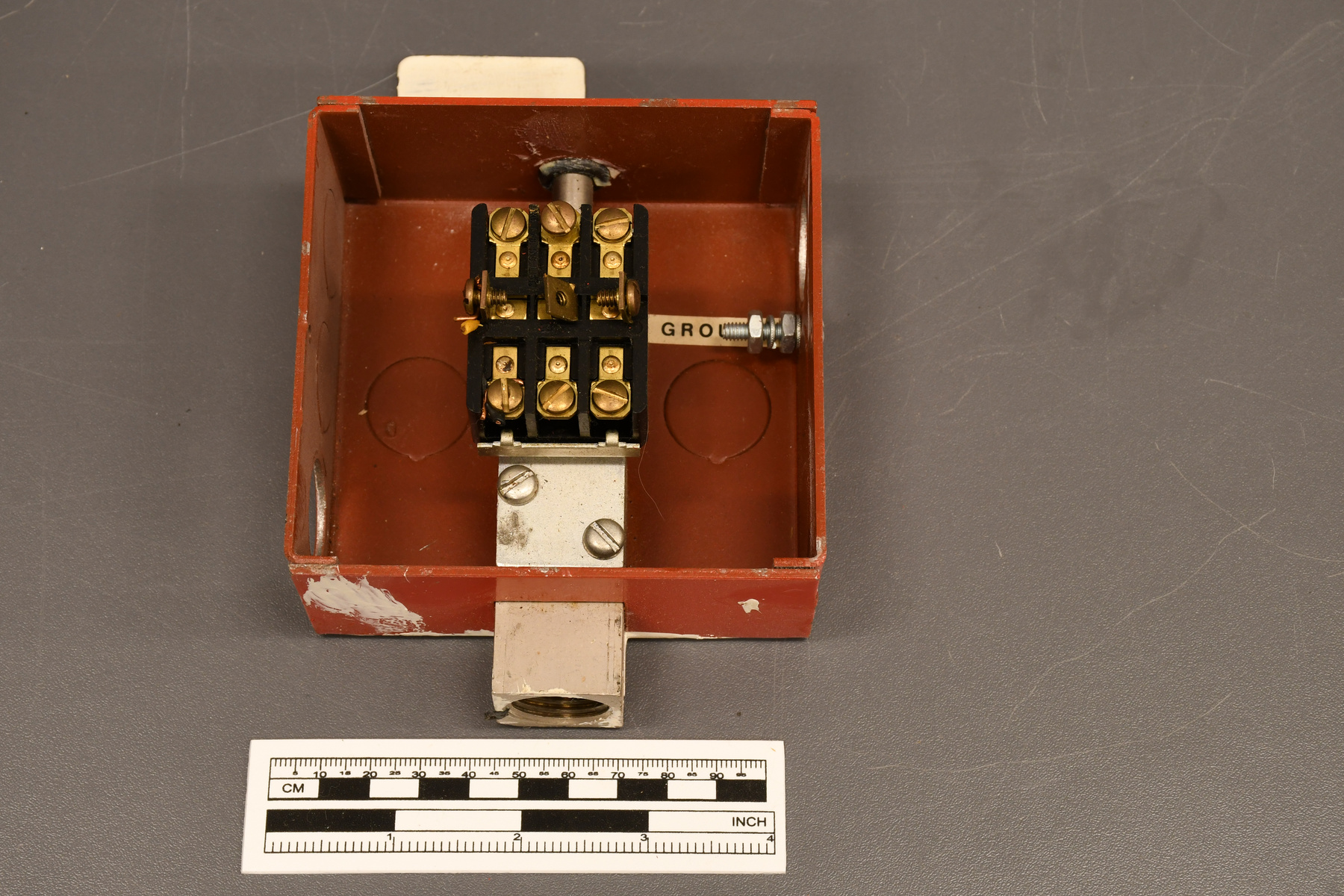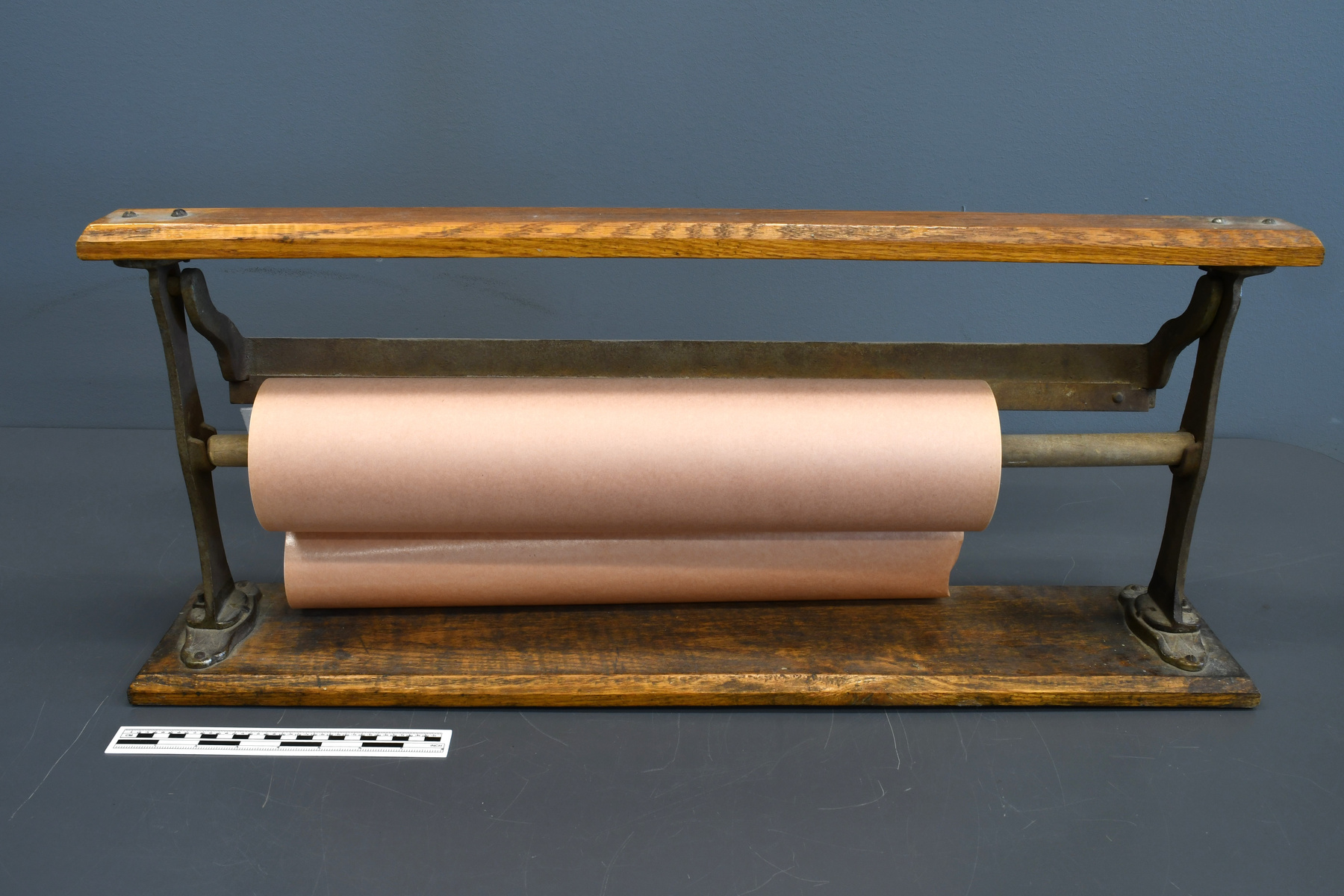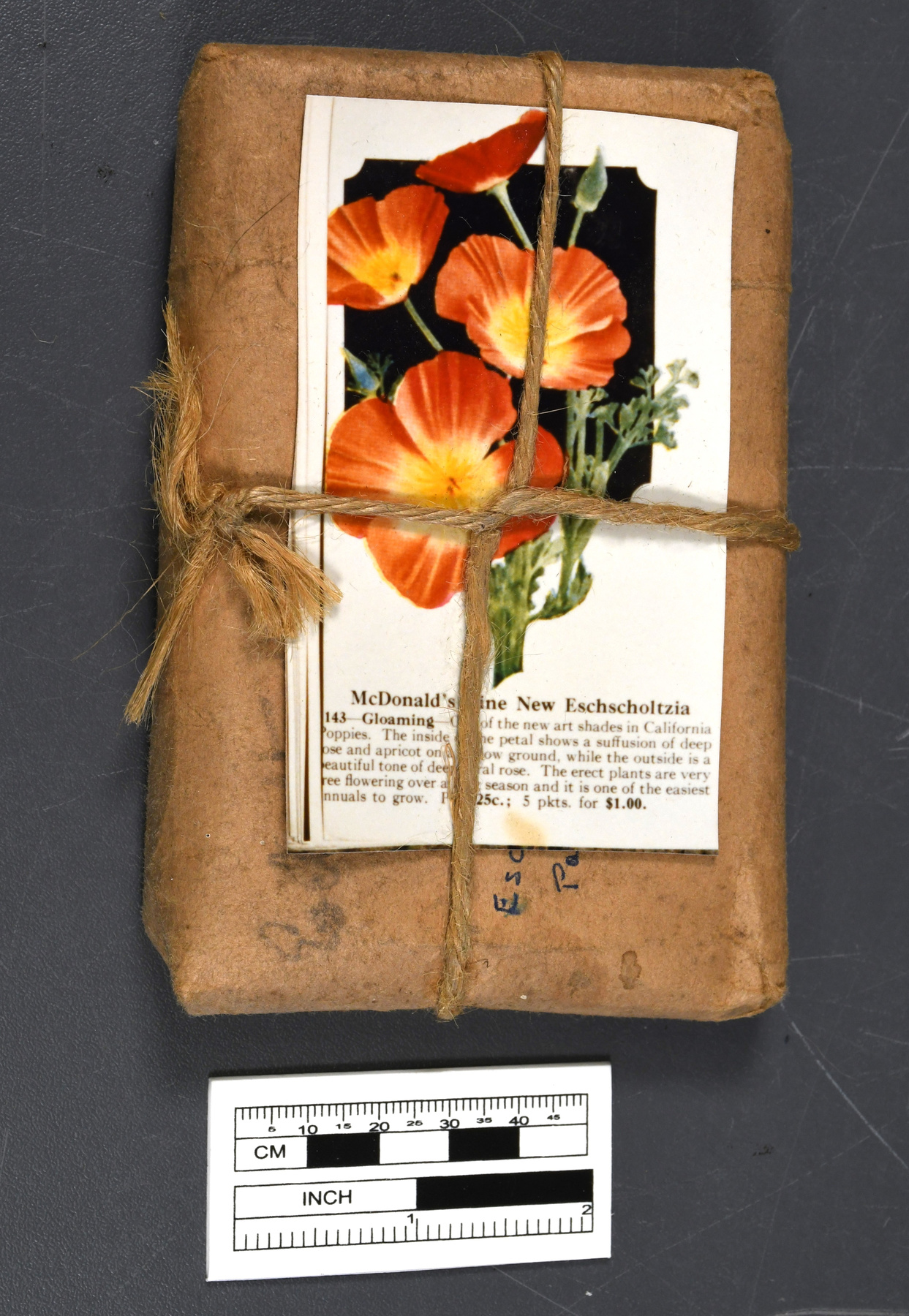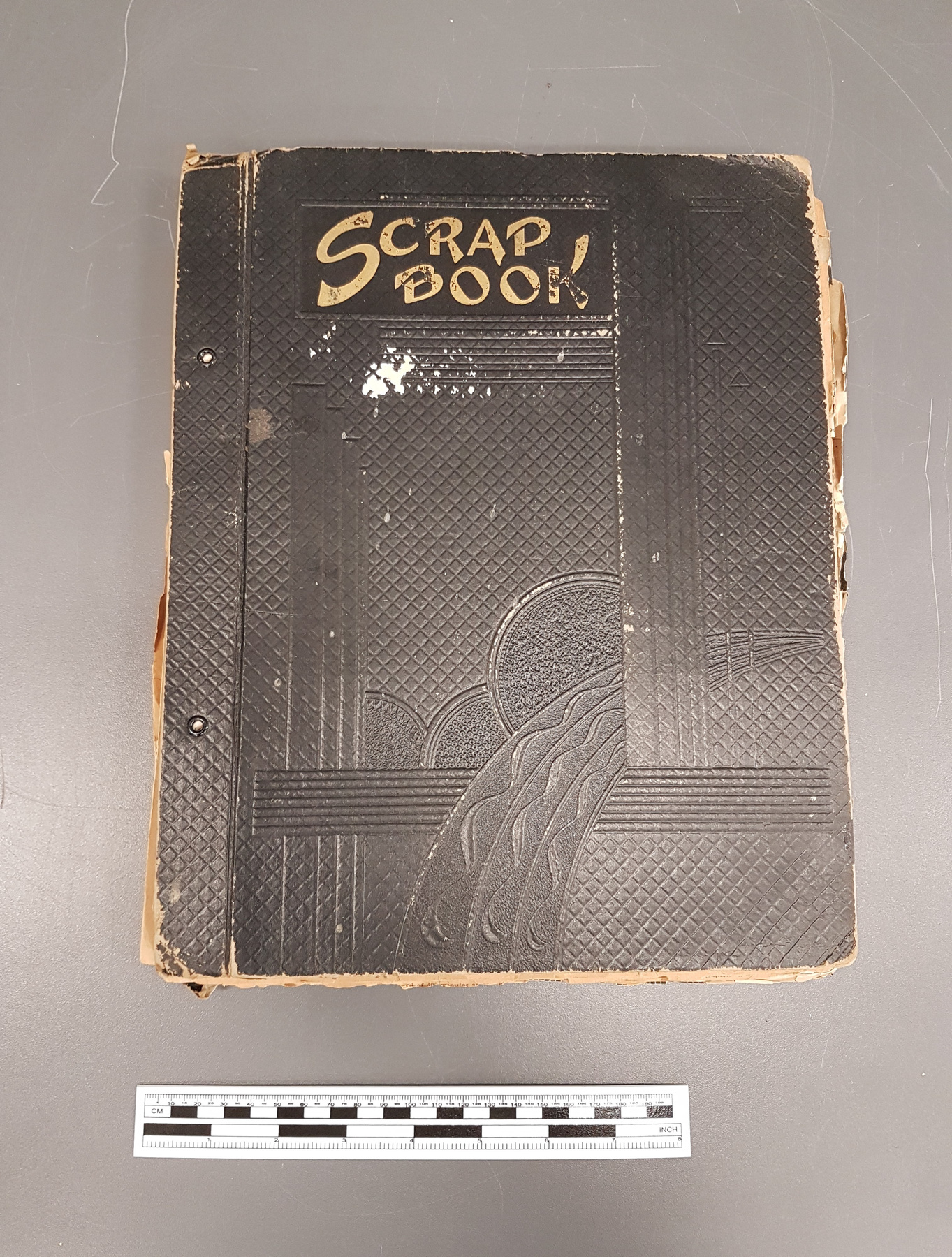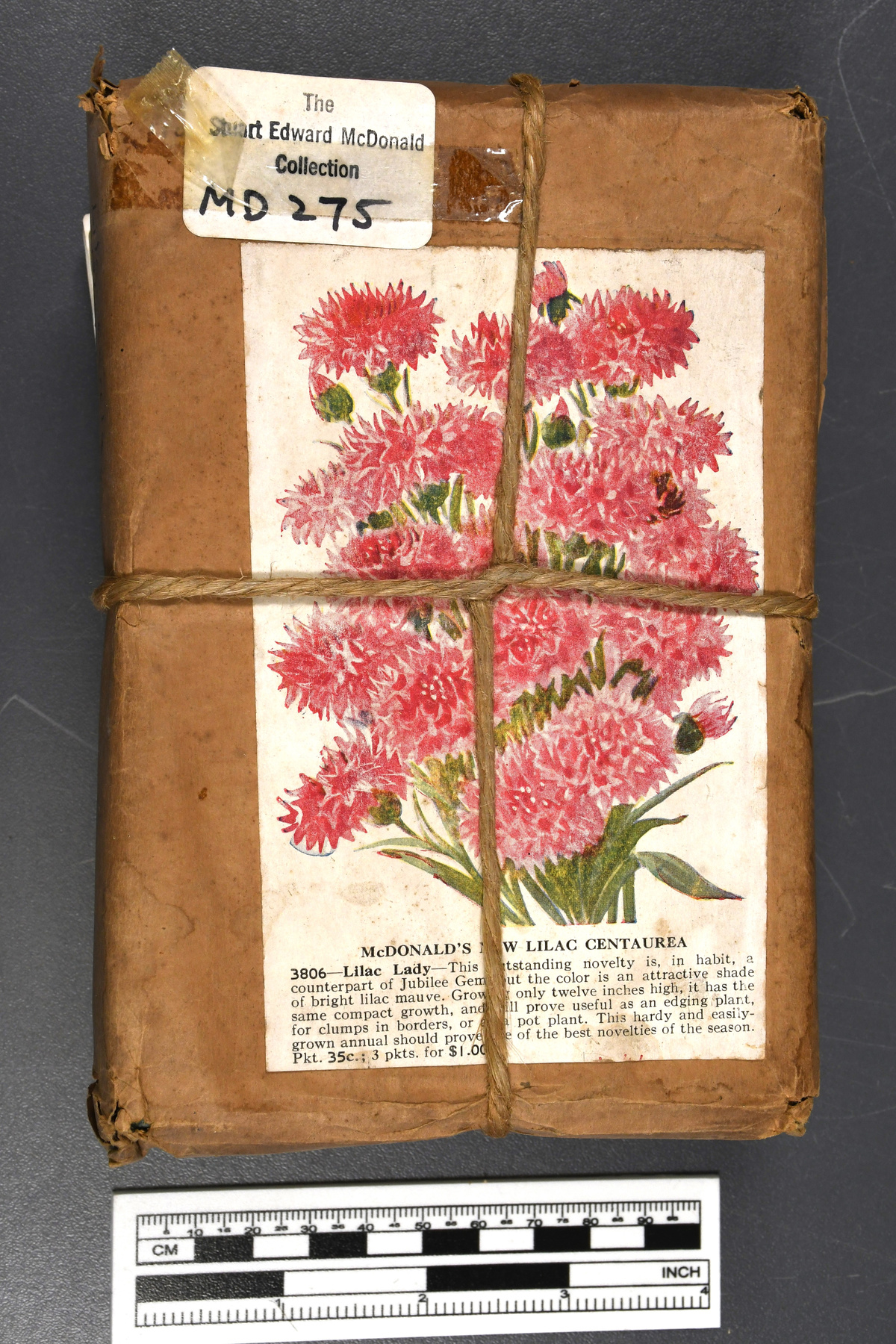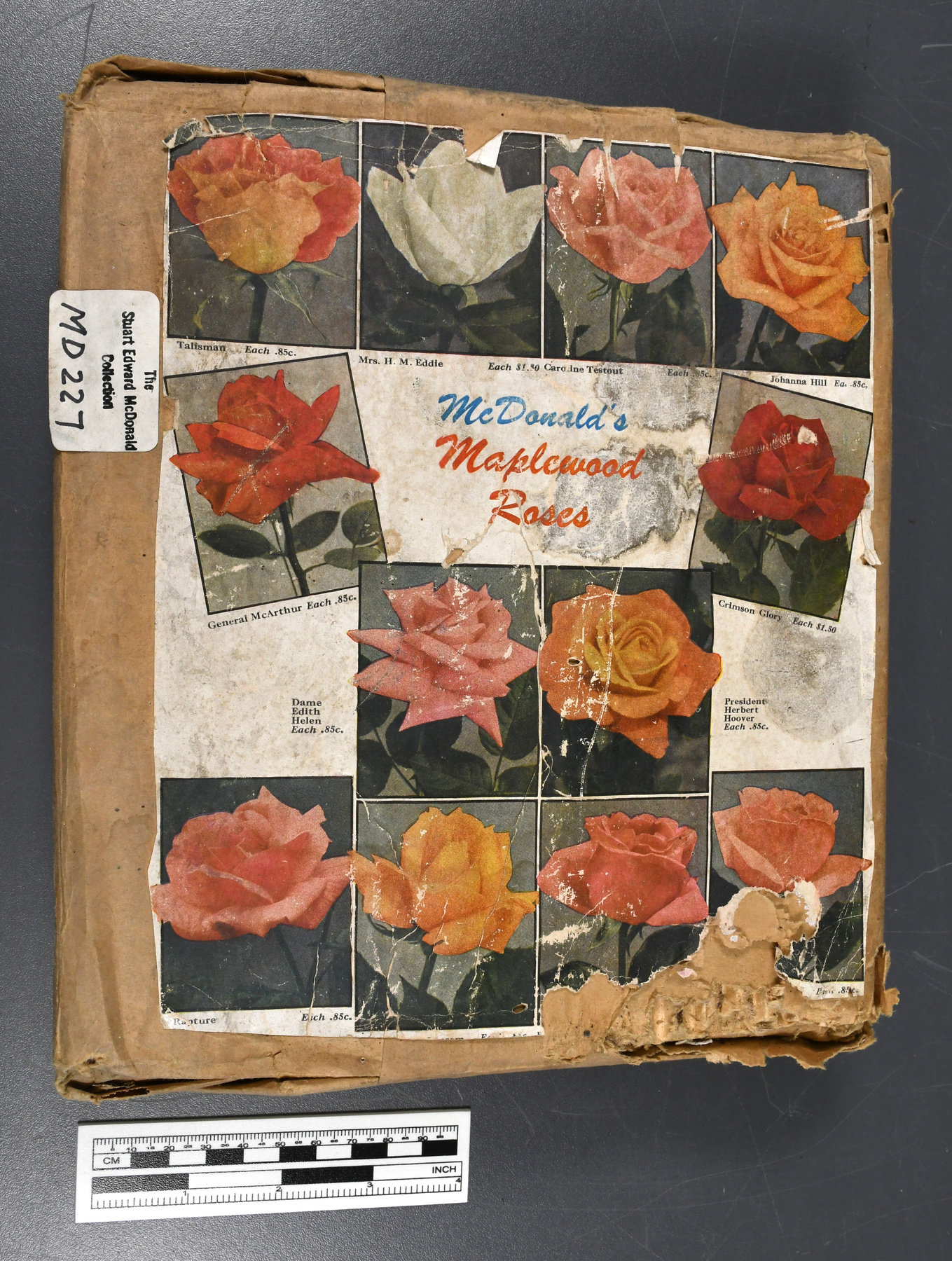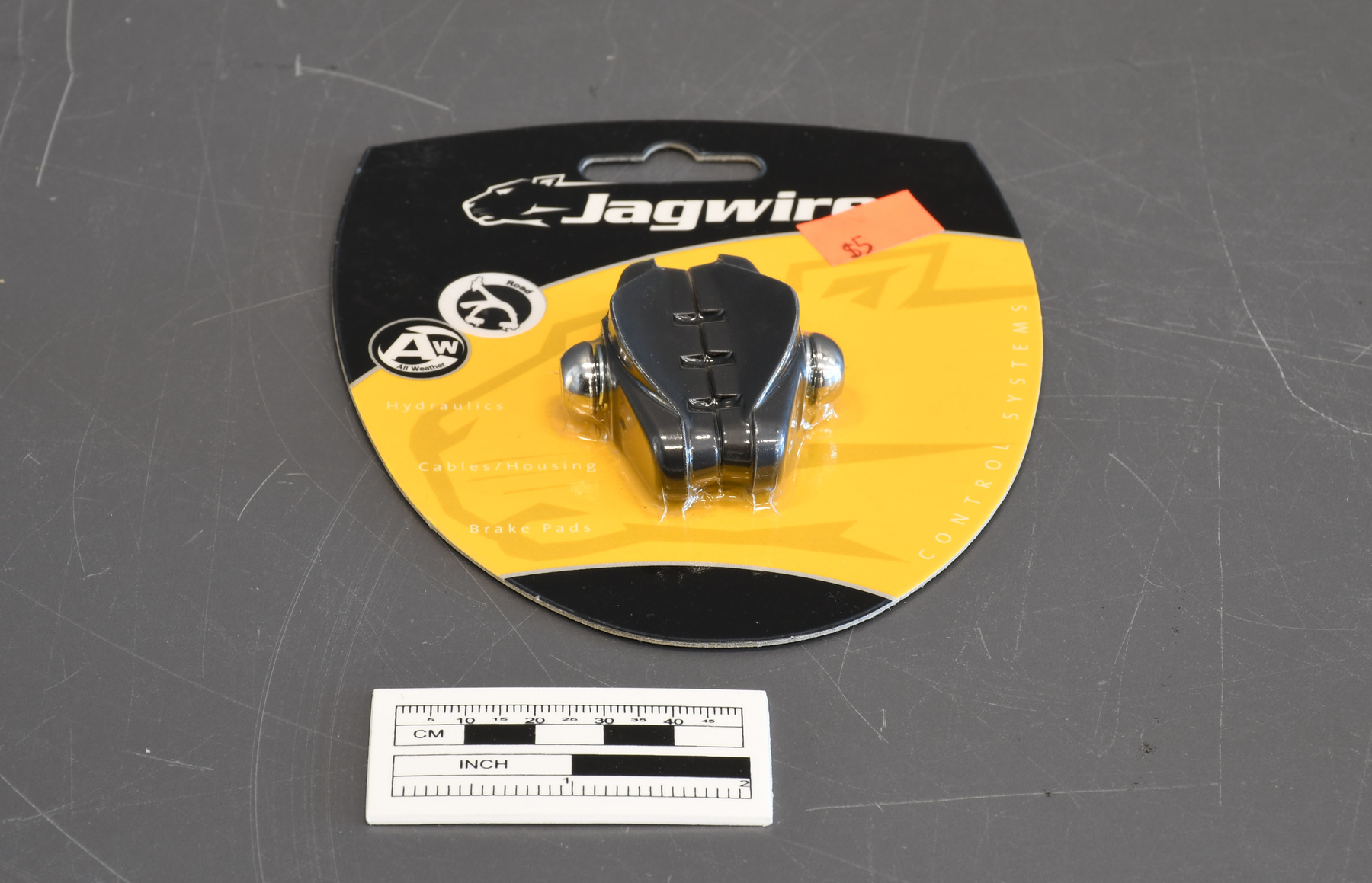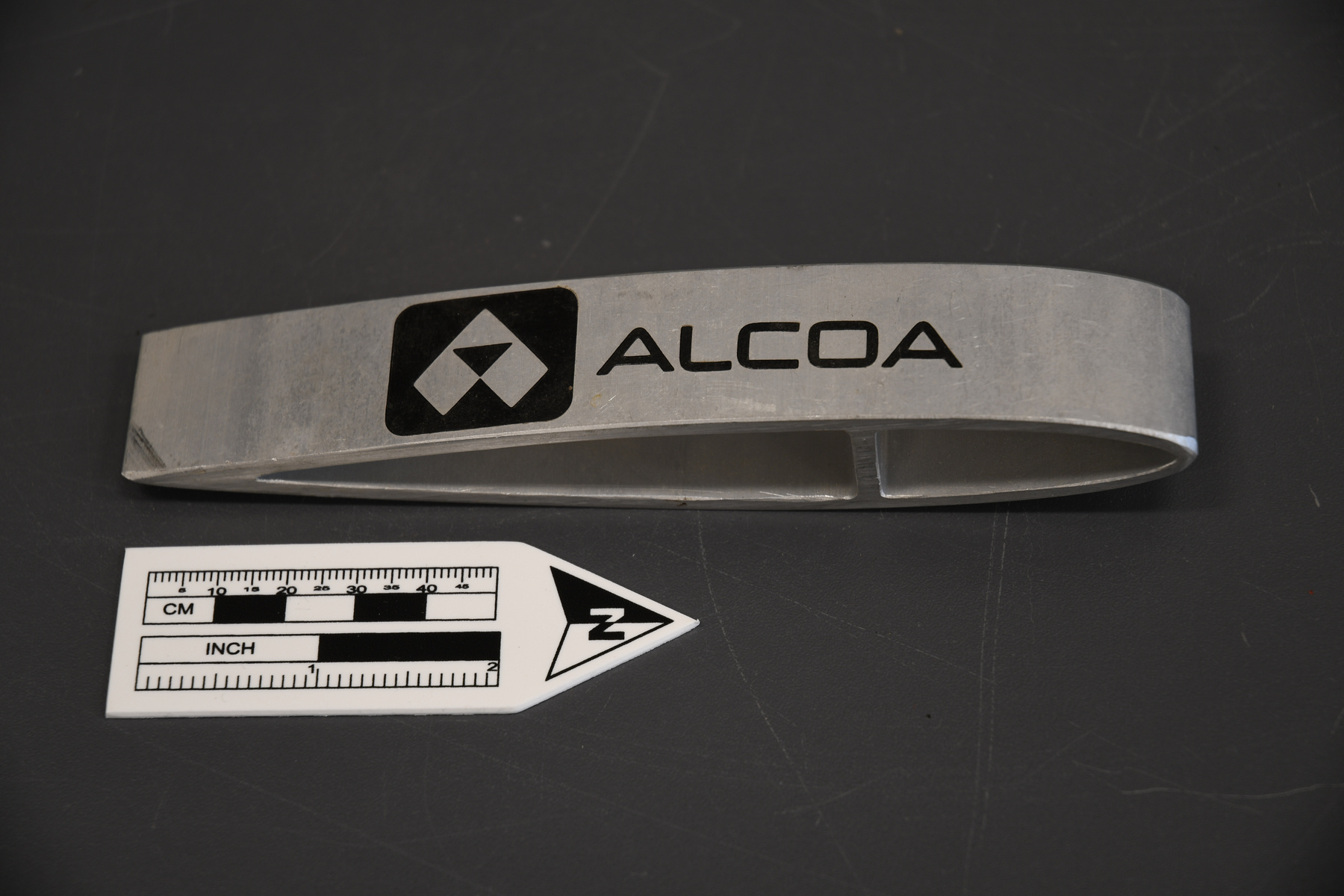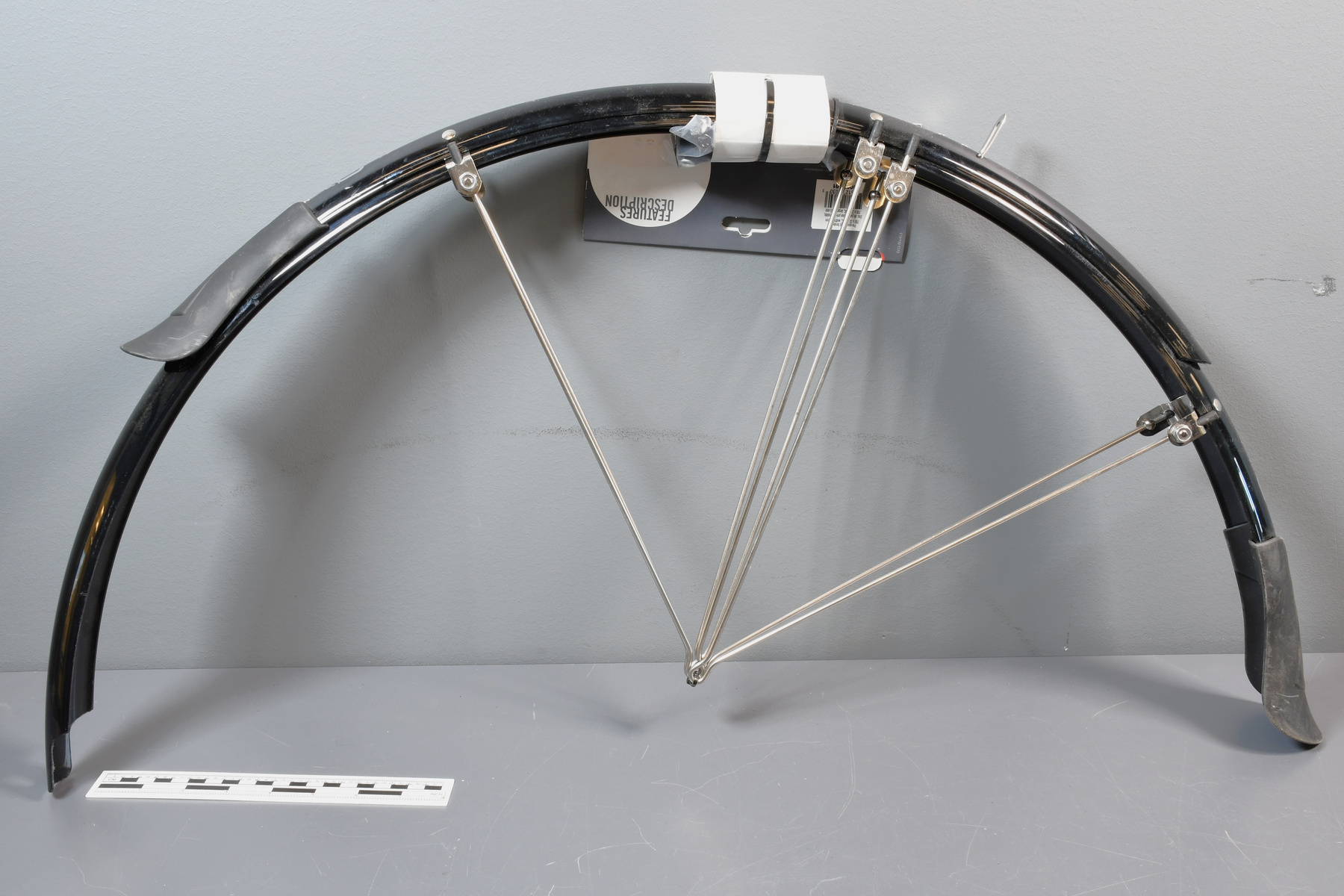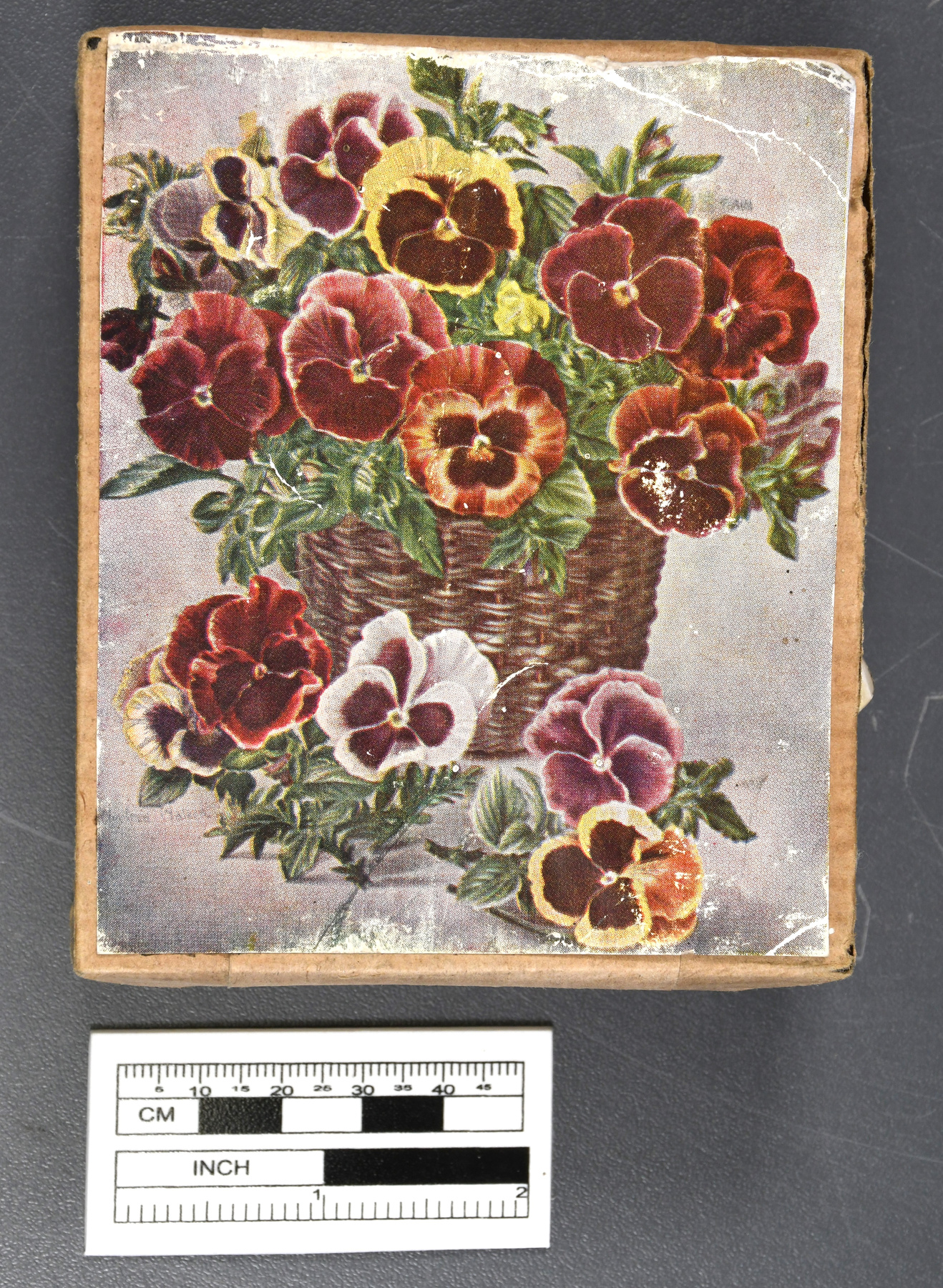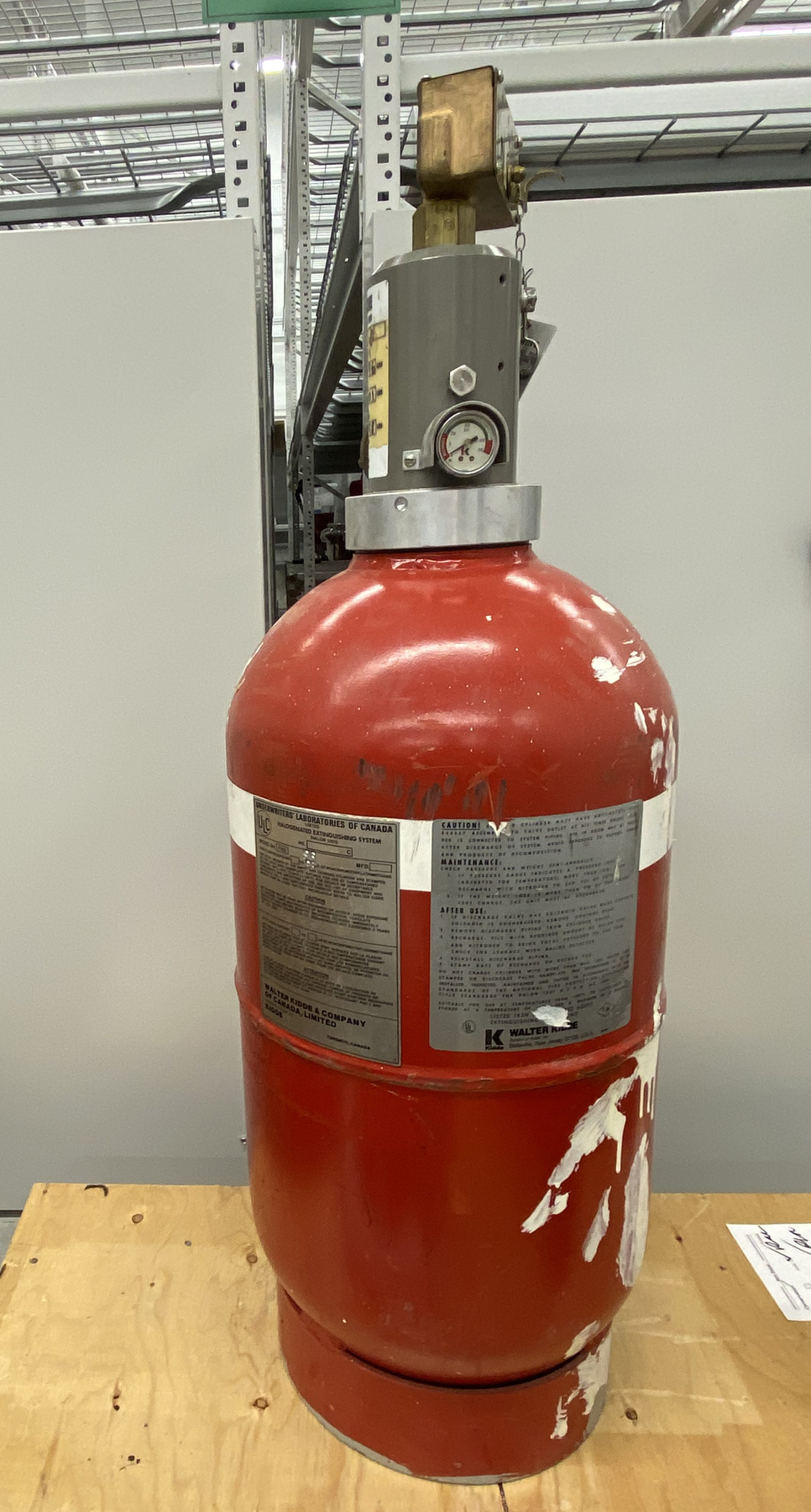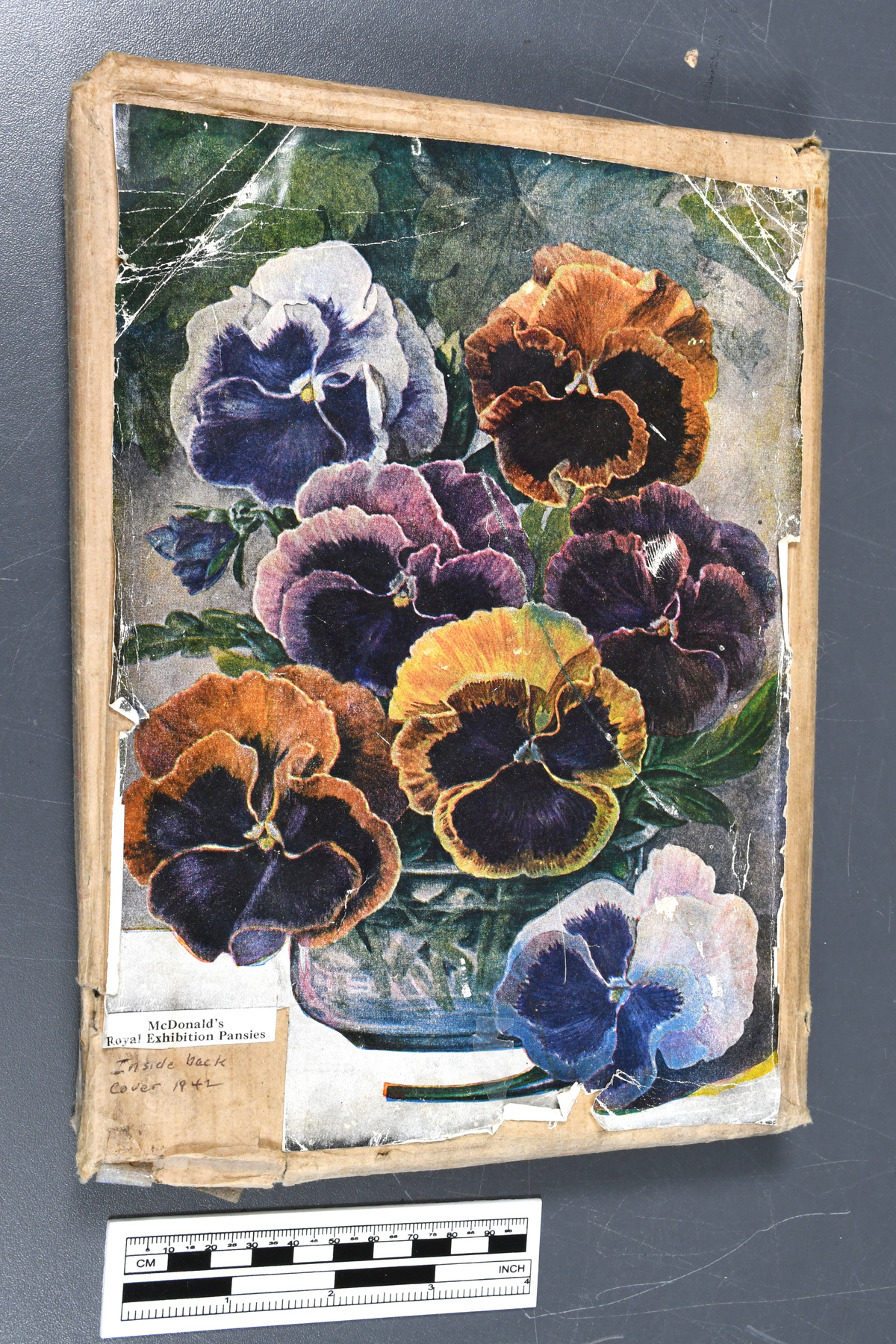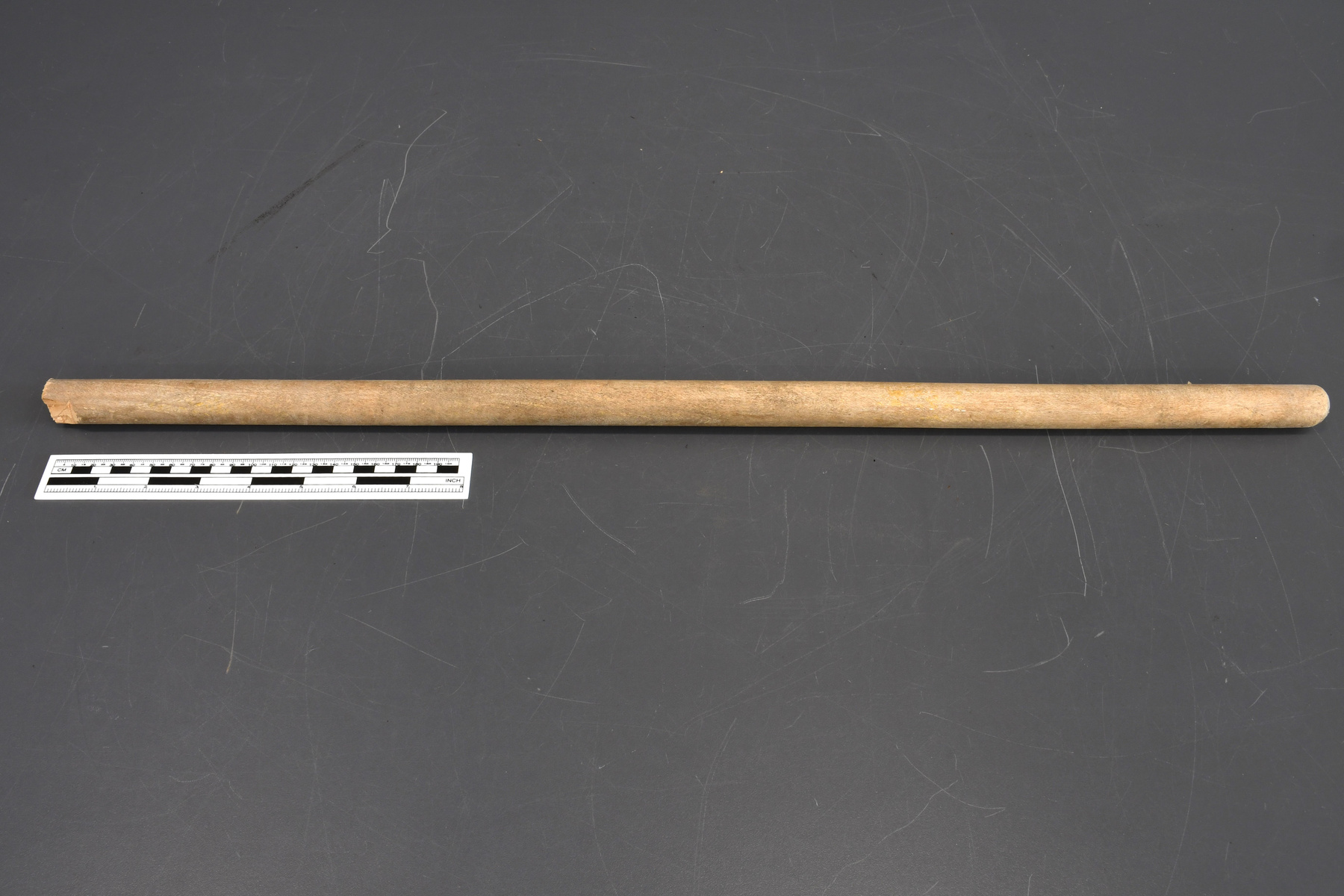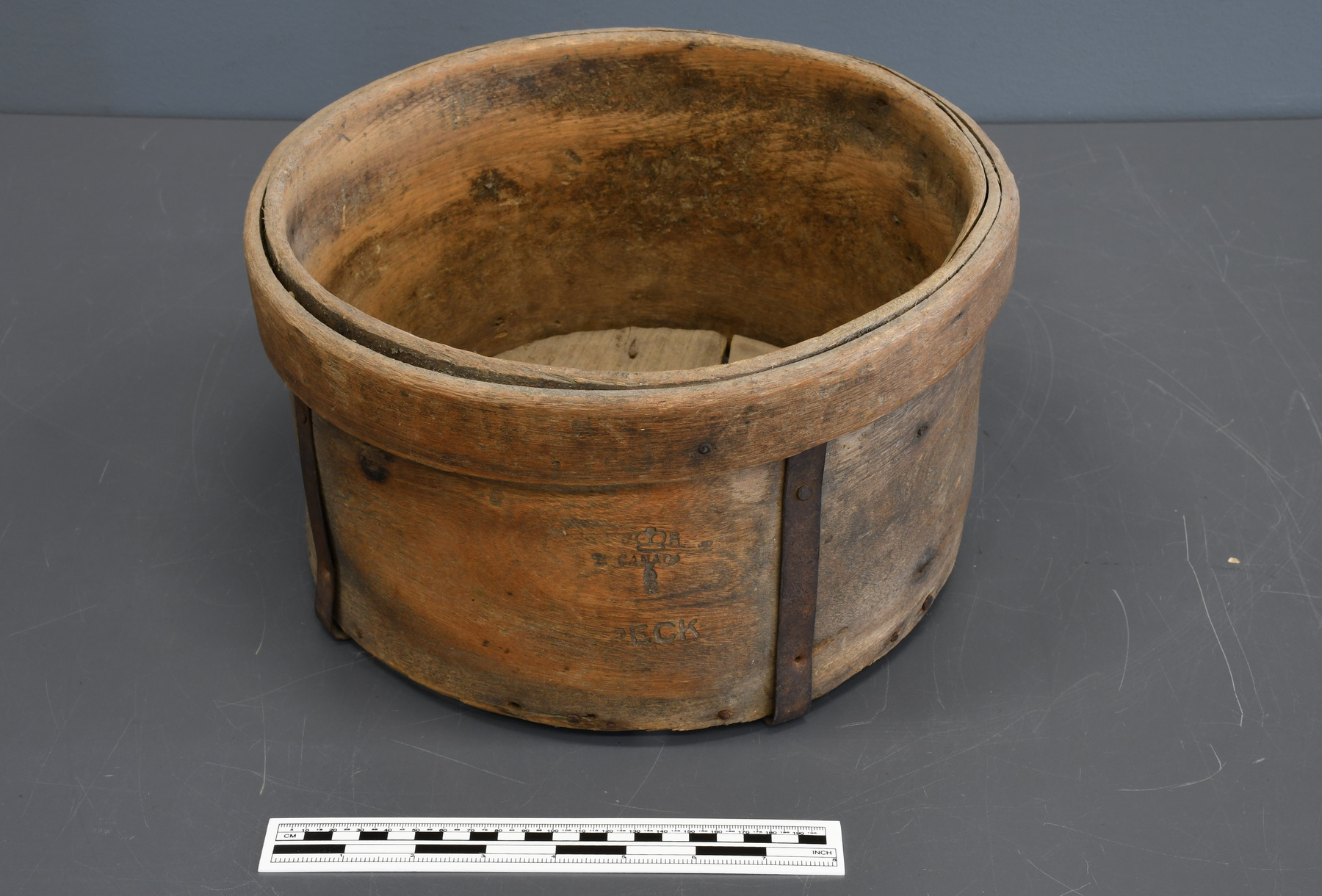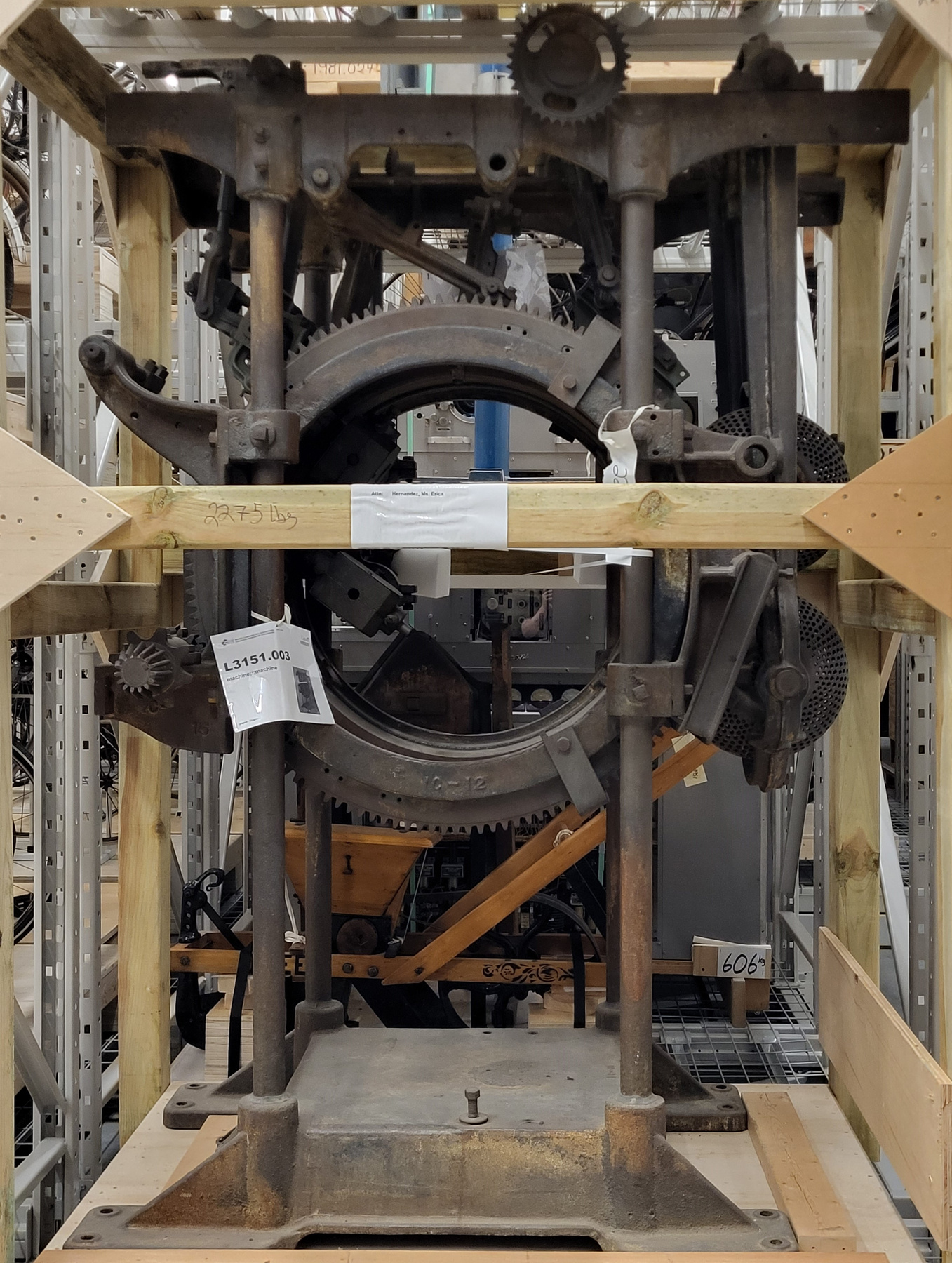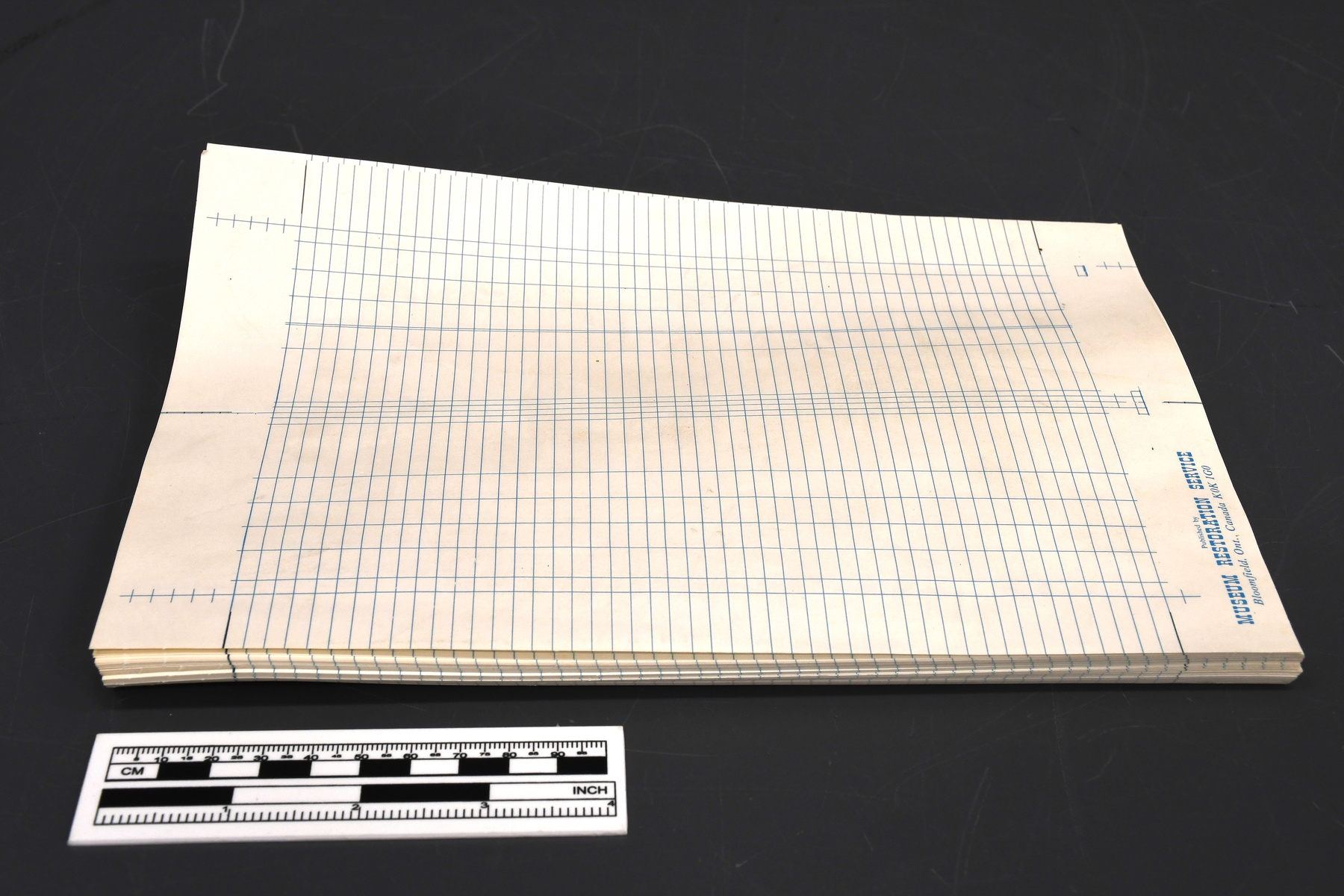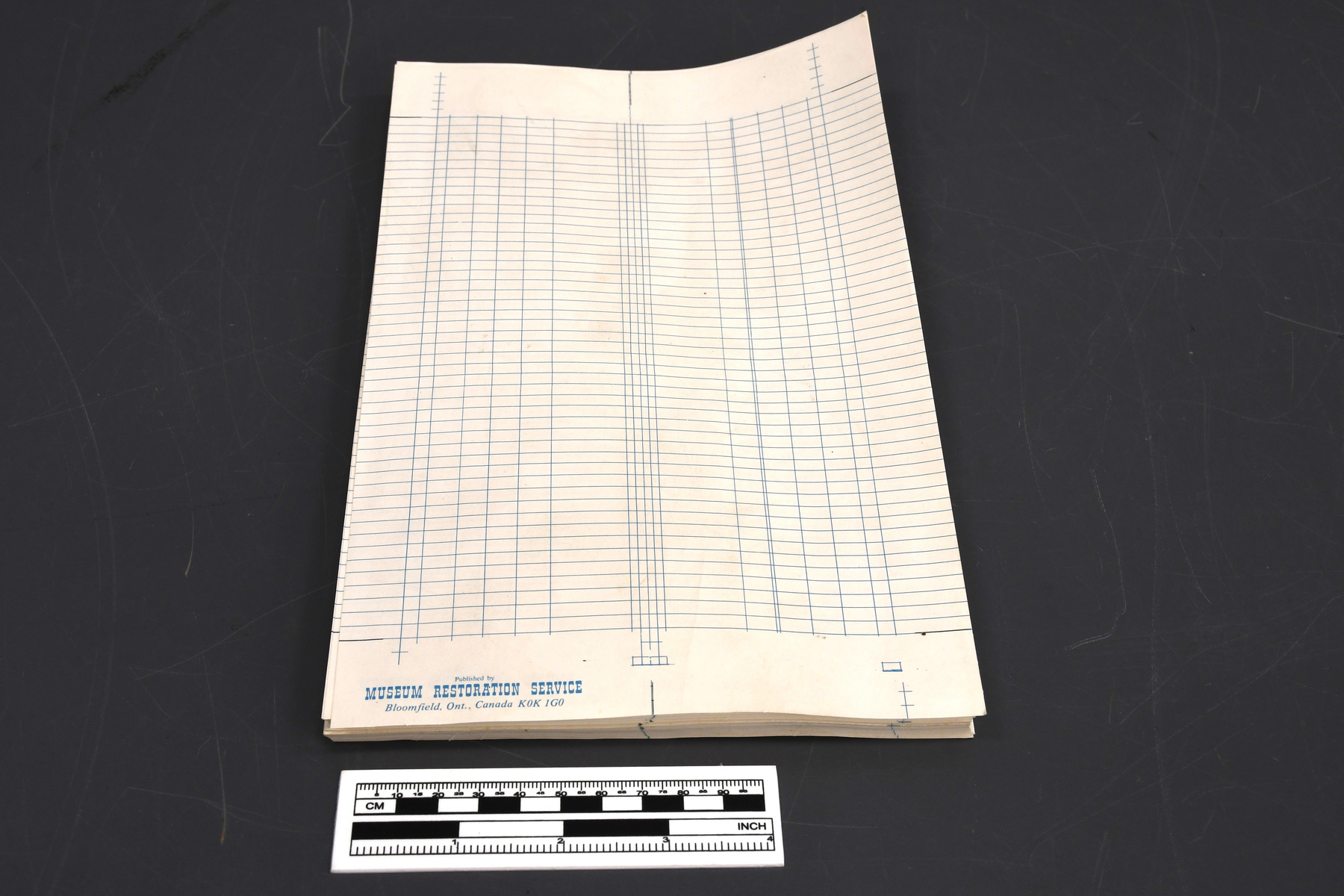Quire
Use this image
Can I reuse this image without permission? Yes
Object images on the Ingenium Collection’s portal have the following Creative Commons license:
Copyright Ingenium / CC BY-NC-ND (Attribution-NonCommercial 4.0 International (CC BY-NC 4.0)
ATTRIBUTE THIS IMAGE
Ingenium,
2003.1167.008
Permalink:
Ingenium is releasing this image under the Creative Commons licensing framework, and encourages downloading and reuse for non-commercial purposes. Please acknowledge Ingenium and cite the artifact number.
DOWNLOAD IMAGEPURCHASE THIS IMAGE
This image is free for non-commercial use.
For commercial use, please consult our Reproduction Fees and contact us to purchase the image.
- OBJECT TYPE
- N/A
- DATE
- 1971–1975
- ARTIFACT NUMBER
- 2003.1167.008
- MANUFACTURER
- Unknown
- MODEL
- Unknown
- LOCATION
- Unknown
More Information
General Information
- Serial #
- N/A
- Part Number
- 8
- Total Parts
- 8
- AKA
- 4.5 quires
- Patents
- N/A
- General Description
- An artifact comprised of paper elements/Un objet fait avec des éléments en papier.
Dimensions
Note: These reflect the general size for storage and are not necessarily representative of the object's true dimensions.
- Length
- 25.2 cm
- Width
- 16.0 cm
- Height
- 3.1 cm
- Thickness
- N/A
- Weight
- N/A
- Diameter
- N/A
- Volume
- N/A
Lexicon
- Group
- Printing
- Category
- Typesetting
- Sub-Category
- N/A
Manufacturer
- AKA
- Unknown
- Country
- Unknown
- State/Province
- Unknown
- City
- Unknown
Context
- Country
- Canada
- State/Province
- Ontario
- Period
- This artifact was commissioned in the early to mid 1970s.
- Canada
-
The CompuWriter was the first inexpensive direct-entry text phototypesetter incorporating an integrated keyboard. There was no need for paper tape or other intermediate technology. Justification, character width, line length and other values were all set on the console with little need to key in coding. Film strips were installed on a rotating drum and brought before a lens for exposure. The output of a machine was paper file which, after processing, could be used for camera-ready paste-up. Le CompuWriter était le premier photocompositeur à entrer des données directes qui incorporait un clavier. Il ne nécessitait pas l'utilisation d'un ruban de composition ou d'autre technologie pour l'assister dans son travail. La largeur des caractères, la longueur des lignes, la justification et d'autres spécifications pouvaient être prédéterminés sur la console avec peu d'obligation de programmation manuelle. Des bandes de films étaient installés sur un tambour rotatif et ils étaient apportés en avant d’une lentille pour une durée d'exposition. La sortie de la machine produisait un fichier en papier qui pouvait être utilisé pour des montages des prêts-photos. - Function
-
The function of this stack of papers is unknown. The speculation for this artifact is that it could be a receipt ledger for clients who dealt with this publishing company. La fonction principale de cette pile de papier est inconnue. Il est possible que l'artefact soit utilisé comme un grand livre ou un reçu pour un client qui engageait la maison d'édition. - Technical
-
This artifact was purchased by the donor in the 1970’s for typesetting in his publishing business, Museum Restoration Service (military history). The publishing business was situated in Bloomfield, Ontario. “For the first time in history the small printing and typesetting companies could participate in the use of new electronic technology for a manageable investment”. This factor was one of many that led to the donor acquiring his typesetter. He paid approximately 5,000$ and the cheapest competitor had its model starting at 30, 000$. It was claimed that Compugraphic and the CompuWriter in particular altered both the perceptions and expectations of the printing industry, establishing photosetting as a common industrial process. Cet artefact a été acheté par le donateur dans les années 1970s pour la composition avec son entreprise d'édition nommée ‟Museum Restoration Service” situé à Bloomfield en Ontario. “Pour la première fois dans l'histoire les petites entreprises d'imprimerie et d'édition avaient l'occasion de faire partie dune nouvelle vague de technologie électronique qui nécessitait un investissement plutôt minimal”. Pour cette raison le donateur a acquis sa composeuse. Il a payé $5000 tandis que modèle le moins cher du compétiteur était $30,000. Le Compugraphic et le CompuWriter ont modifier les perceptions et les attentes de l'industrie d'imprimerie et a établi la photocomposition comme une activité commune dans ce processus. - Area Notes
-
Unknown
Details
- Markings
- On the proper bottom right side of each front page/Sur le devant de chaque page située au fond de la page sur le bon côté droit:"Published by/MUSEUM RESTORATION SERVICE/Bloomfield, Ont.,Canada K0K 1G0".
- Missing
- Appears complete/L'objet semble complet.
- Finish
- A stack of white rectangular shaped paper. It has a blue grid formation on its front face along with the name and location of the publishing house it represents. The back of each of the pages are completely blank. In total, 116 sheets of paper can be seen in this stack. This total comprises to roughly 4.5 quires worth of paper. Une pile de papier qui est blanche et faite en forme rectangulaire. Les pages sont quadrillées sur le devant et ils ont aussi le nom et l'endroit de l'éditeur commercial qu'ils appartiennent. Le dos de chaque page est vide. En tout il y a 116 pages et ça représente environ 4.5 mains de papier.
- Decoration
- N/A
CITE THIS OBJECT
If you choose to share our information about this collection object, please cite:
Unknown Manufacturer, Quire, between 1971–1975, Artifact no. 2003.1167, Ingenium – Canada’s Museums of Science and Innovation, http://collection.ingeniumcanada.org/en/id/2003.1167.008/
FEEDBACK
Submit a question or comment about this artifact.
More Like This
